please remember you can click on a photo to see a larger version & highlighted text are links to additional information
Full Steam Ahead
Wind gently rocked the truck and camper as we slept. Our campsite was in the middle of Nevada's Dixie Valley. Leaving home around noon, we arrived here in the late afternoon.
We walked after dinner and watched as the light embraced the landscape.
A long exposure caught the last light of this day.
The rumble of F18's boomed and echoed across the broad valley. The fighter jets were near impossible to spot. We wandered as darkness came. Stars came to life in the sky above. 50 miles to the north were the lights of the geothermal generating plant, the only manmade lights visible. Urus Major and Polaris took their places above.
Note: The majority of Dixie Valley is owned by the Navy and is used for training by top gun pilots. Some refer to it as a "Drive Thru Enemy Landscape."
We awaited the appearance of the International Space Station low in the southwest sky. Here is a 30 second arc of its flight.
The temperature plummeted and we took refuge inside under our bedding. The rumble of the jets continued. Four screamed past just above ground level as we drifted off to sleep. The roar was deafening. We were lucky to not be knocked out of our bunk. We had each other to hang on to. The war practice ceased around midnight and the songs of coyotes took over.
Dixie Valley is a favorite place for us to wander and explore. We have made many trips here over the past 30 years. Why were we back? Hang around if you'd like to hear the story. We'll take this one on with full steam ahead.
Morning was cold, 25°, but perfect. We were all alone in this vastness.
After the Lady was served my special blueberry pancakes for breakfast, we continued north up Dixie Valley. Our first stop was exploring Horse Creek on the west side of Mount Augusta.
Enemy targets were hidden in the nooks and crannies of the landscape.
This was a shame, a derelict old military Jeep.
Our route out was back across the broad valley.
We noted a spring along the fault scarp the runs along the base of the Stillwater Range. The scarp was created by a massive earthquake in December 1954.
We drove up and then hiked to look for signs of prehistoric use.
There are two very distinct narrow canyons that drop out of the Stillwaters, Big Box and Little Box canyons. They are incredible narrow slots cut into granite. We were able to drive the rough road to the mouth of Big Box.
This is a remarkable canyon.
A short way to the north was Little Box Canyon.
The polished granite, flowing water, and plunge pools made climbing a challenge.
The spot down from Little Box made a spectacular campsite to spend the night.
Our evening reward was watching the shadows march across the valley.
And our reward the next morning was beautiful first light.
Morning light attempted to reach into the narrow notch of Little Box Canyon.
Yes, we were carrying our mugs of morning coffee, ready for sunrise. The Lady suggested we climb high to see if we could find a bypass into the upper part of the canyon. "We can do it without spilling our coffee!" the Lady challenged.
No coffee was spilled. The ledges offered safe spots to place the mugs momentarily as we climbed on when both hands were needed.
Today's exploration was around the old settlement area. These days it is a haunted place, a place of voices from the past. It is a paradise in the middle of a vast arid valley.
It is a place of artesian wells bubbling out cold clear water. Farmers and ranchers settled and raised families and produced lifetimes of memories.
The U.S. Navy completed its land buyout in the 1980's to change this place over to military aviation training. Here is a glimpse of that past, a recording of some of those voices we can hear on the wind if we listen.
We wandered the arid flats prior to entering the old settlement area. The Lady found a highpoint from which to scan with her see mores.
She called down from her perch, "I see a truck with a pop up camper driving around."
Who could that be, we wondered? The mystery was solved as the Tundra drove toward us. It was our friends, the Teds!
We told them about our plans, our main quest for this trip, and asked if they'd like to go full steam ahead with us on the search.
But we were in no hurry to leave the old settlement with its flowing wells, ponds, stately cottonwoods, ruins, and military hardware - and the voices.
We are kids at heart and could not resist playing around a huge tank.
The hatch down into the two gunners position in the turret was heavy to open but not welded shut as most others are.
The turret is cramped, spartan, and uncomfortable.
Someone left the heat on for us.
I was able to squeeze below into the drivers compartment.
I exited the hatch directly above. The way was blocked by the rotated turret and I had to ungracefully wiggle out, providing much laughter and entertainment for the Lady and the Teds. I would not have survived in the tank infantry.
We suggested a camp spot to the north we have enjoyed on prior trips.
We made ourselves at home in the late afternoon. The Lady wanted to explore a nearby canyon.
There was flowing water and quite a bit of evidence of bighorn sheep, reintroduced back into the Stillwater Range in 1981.
The Lady carried the skull of a ewe back to camp to share with the Teds.
We found the Teds with their binoculars watching four ewes high on the rocks and cliffs above. We all continued to watch the bighorn until night.
Dinner, chores, storytelling, getting caught up, listening to serenading coyotes made the evening very special.
The evening light was gentle and captivating, a perfect end to another day in Dixie Valley.
The next morning was cloudy, the weather was changing. The girls insisted the skull must be returned to where it was found in the canyon. "We are celebrating its wildness," the girls explained. I joined them. Ted stayed back in their camper to bake cinnamon rolls, to have them ready for our return. We love Ted.
We left the campsite mid morning. Today was the day for the search, the goal for this trip. I had recently found a USGS paper on geothermal sites in Nevada. I pinpointed two sites - fumaroles - in the northern end of Dixie Valley. Fumaroles vent volcanic gases and steam out of the earth.
They are often associated with fault zones. Yes, we were searching for steam.
The first site held small vents along the mountain front.
The red colors were easy to spot, as was the associated moisture. The ground was steep making the fumaroles hard to approach.
The ground around the one below was too hot to keep a hand against.
This was a fascinating geological area. It was evident that bighorn sheep enjoy the warmth here.
We continued on to the second site, indicated as Senator Fumaroles on the USGS 7.5 quad. These were producing steam and hydrogen sulfide and were a much larger formation.
The area was extensively prospected with bulldozer cuts in the early 1960's as a possible mercury mine. All the red is cinnabar, that is produced in hydrothermal areas.
The zone of faulting is very evident as are the presence of other minerals such as the yellows of sulphur.
Although the odors were not too bad, none of us wanted eggs for dinner. Our full steam ahead search for the fumaroles of Dixie Valley was a success. We enjoy searching out these natural wonders.
The weather was cold and higher terrain was ahead for us as we traveled up out of Dixie Valley. We encountered snow as we climbed McKinney Pass to drop into Buena Vista Valley hoping to find a camp spot with a view. A short ways out on a primitive road brought us to a lucky find, a great campsite. And there to welcome us were 17 bighorn ewes.
Set up chores, dinner, and staying on the lee side of our trucks in the growing wind kept us occupied and happy. The girls - the Lady and Mrs. Ted - happily went a little girl crazy counting all the ewes. No one was without see mores. The count kept going up until at last light the Lady spotted them all - possibly over 25 - high up on a distant ridge. Right on cue coyotes erupted in song below us as we settled in to enjoy the night.
It was cloudy and cold the next morning.
Mrs. Ted climbed to a close by saddle to see if she could find "The Girls." She returned with a big grin and said, "Nineteen."
Julie and I were returning home this day. The Teds hoped to spend another night out but were watching the weather to drive a decision. It was ominous to south.
But as the sun rose, the clouds began to clear to the north across Buena Vista Valley.
What way did they go?

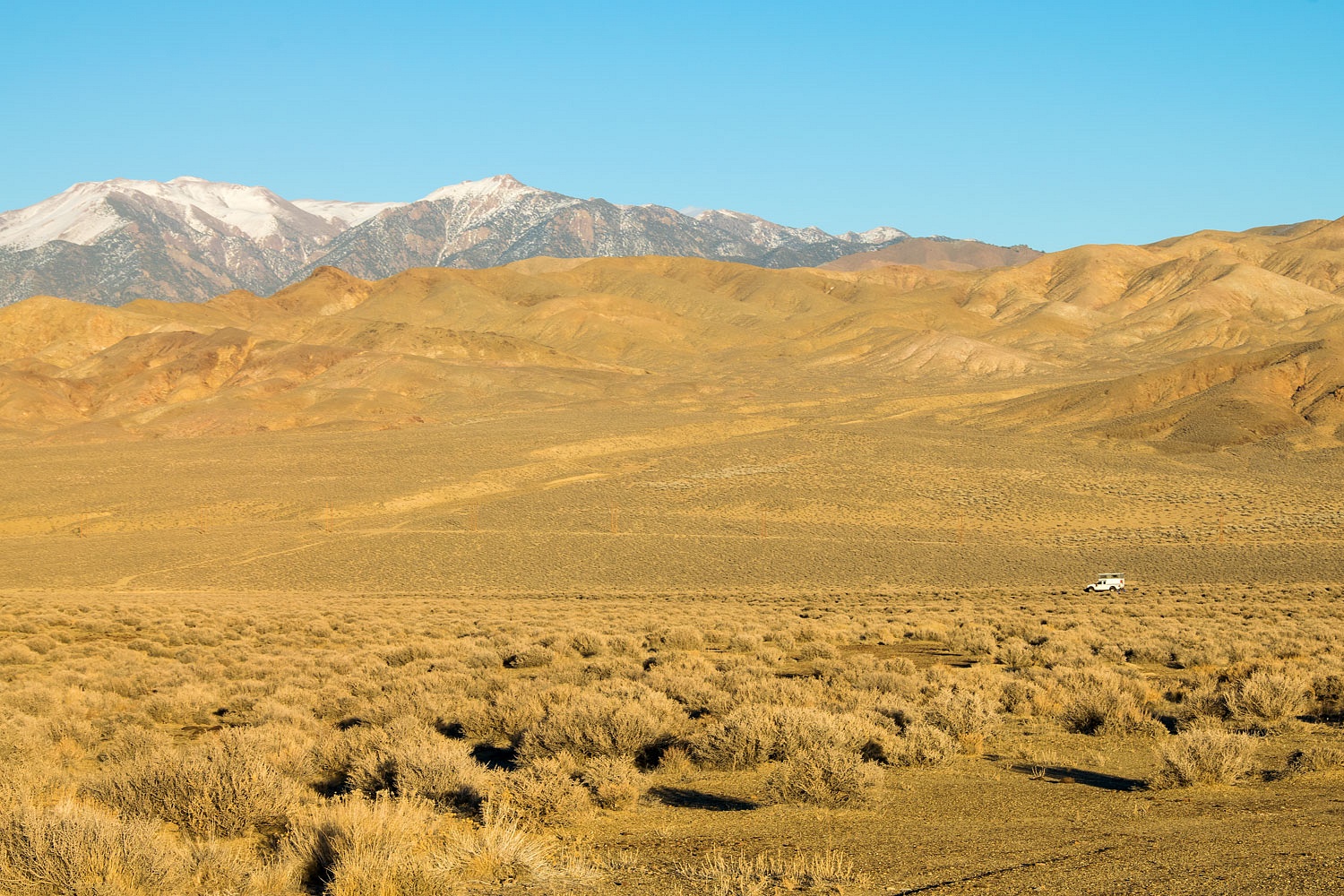
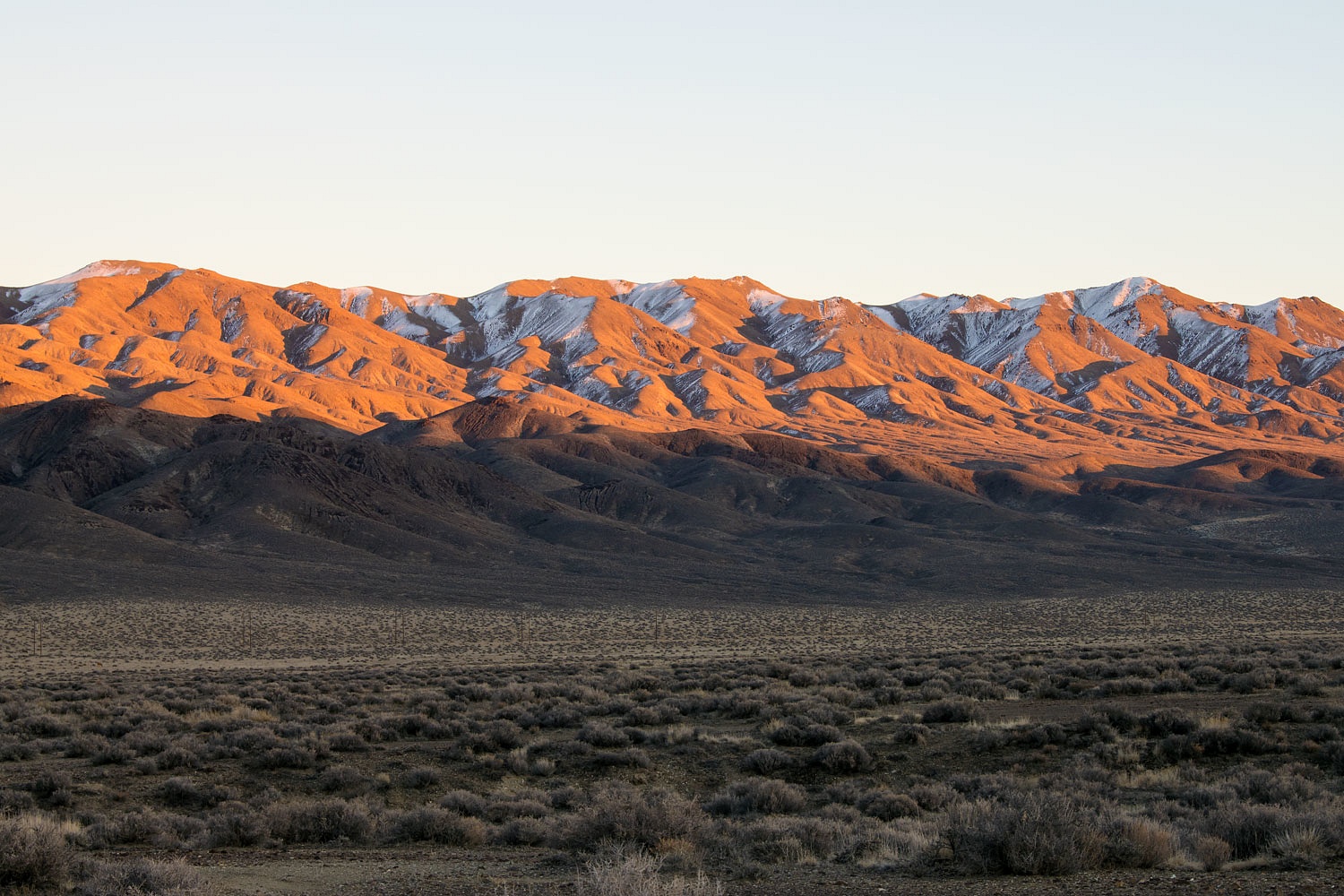
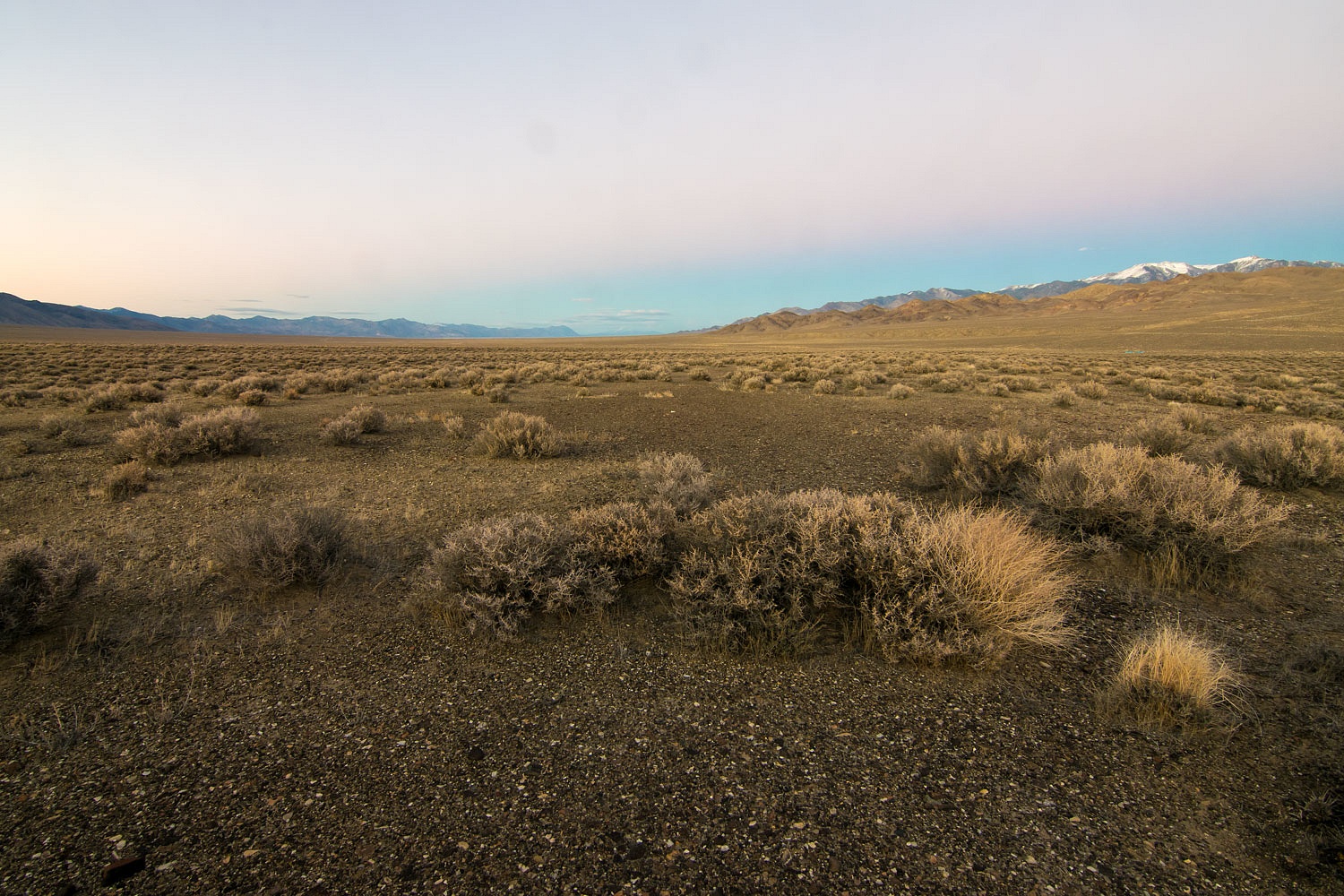
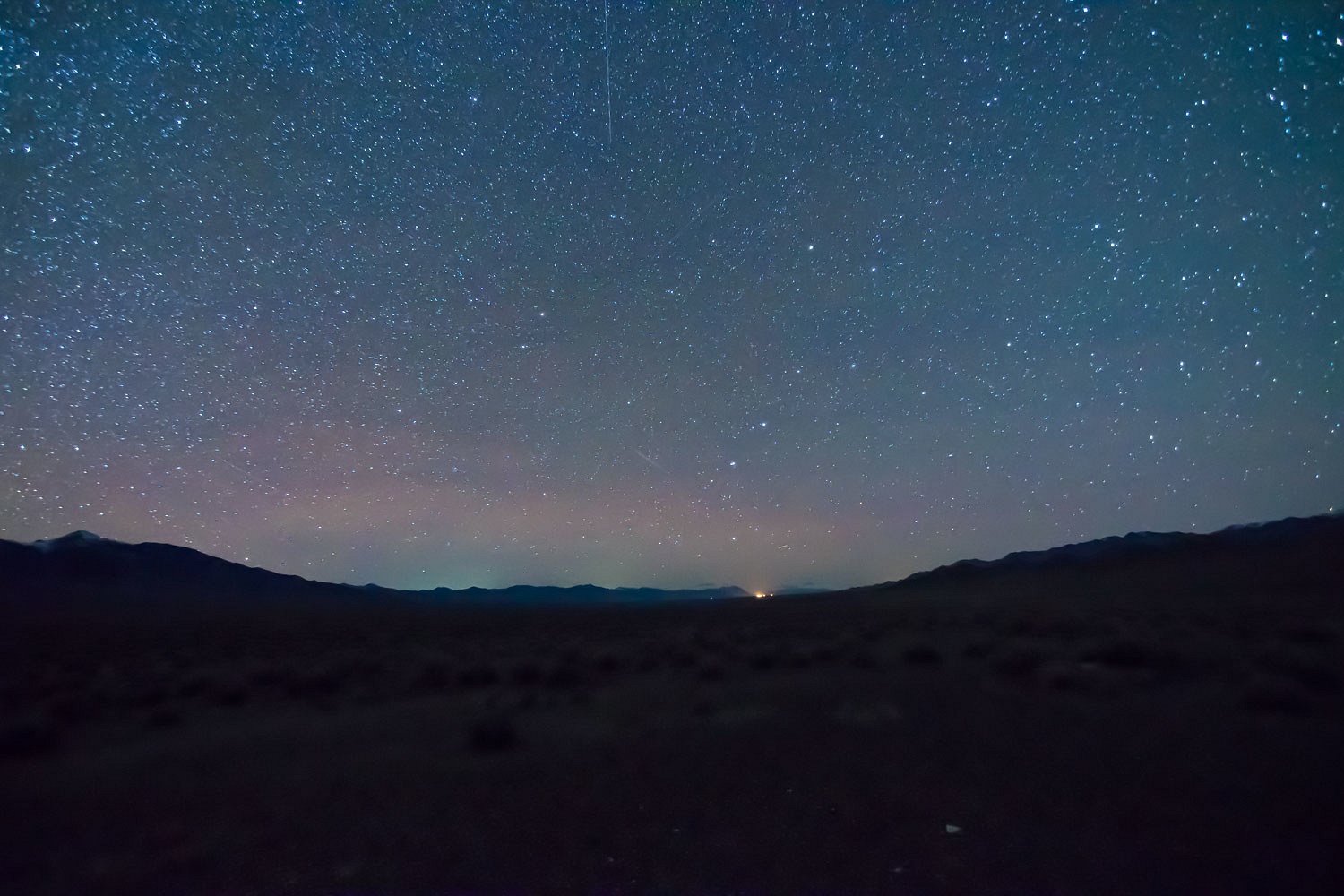
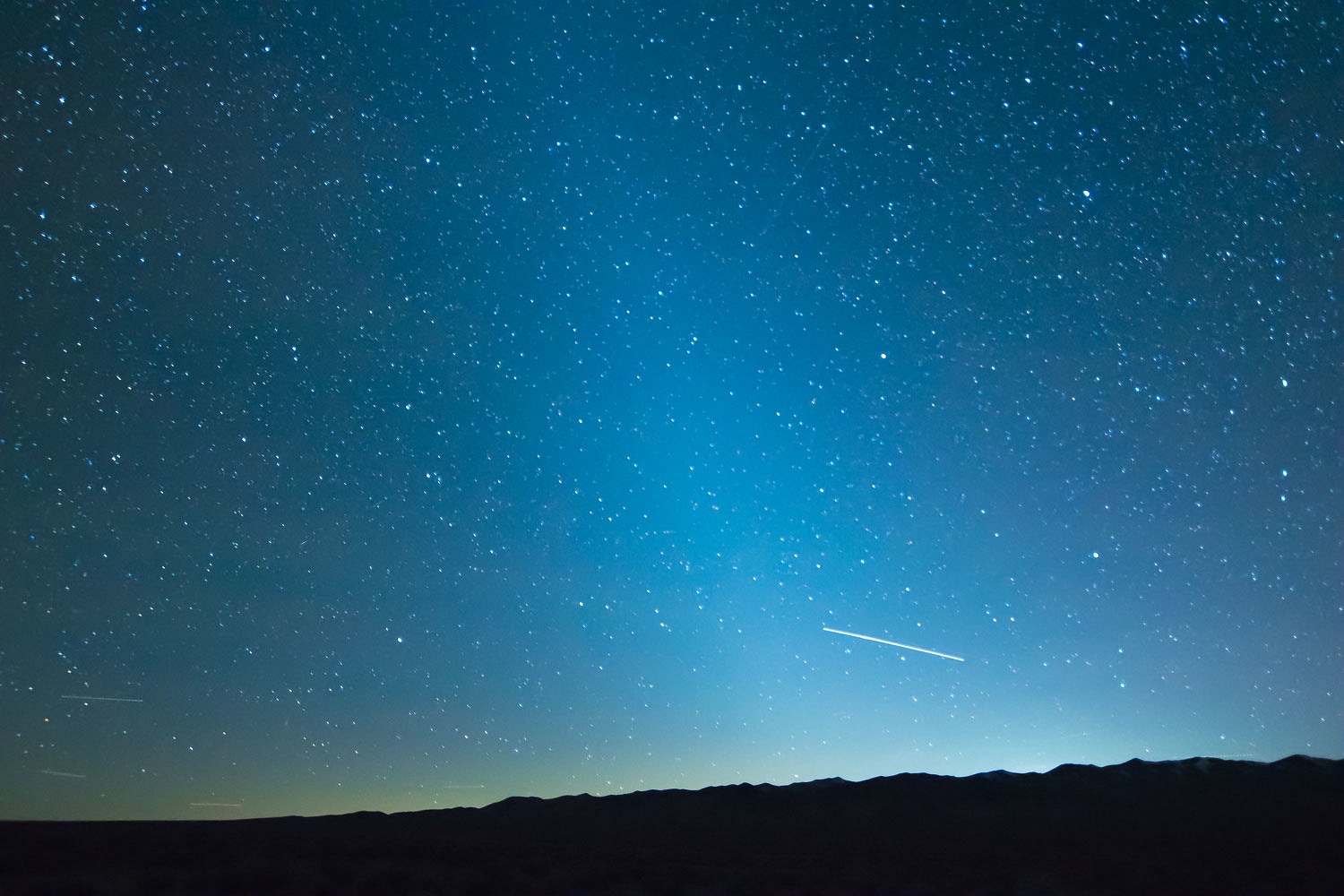
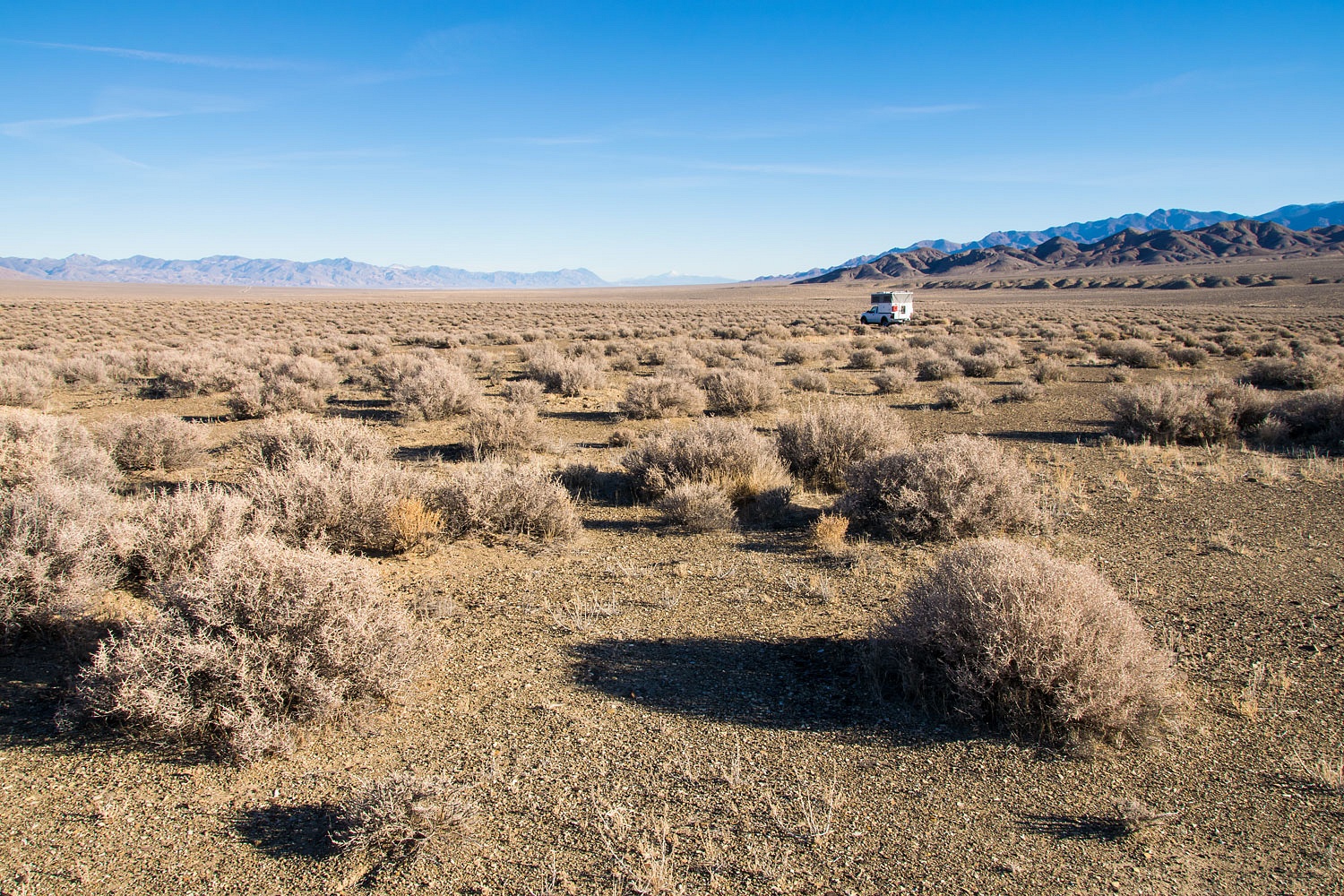
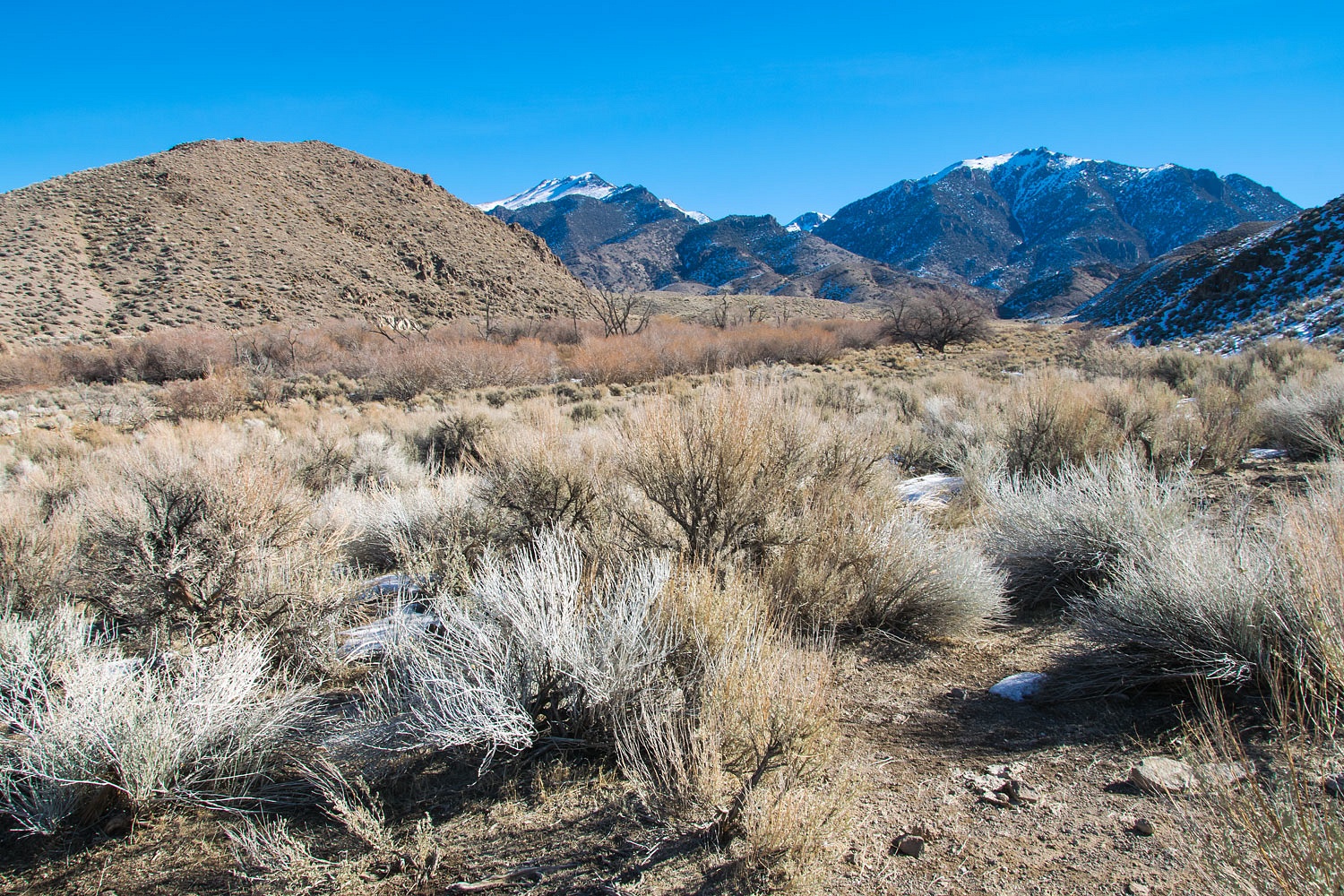
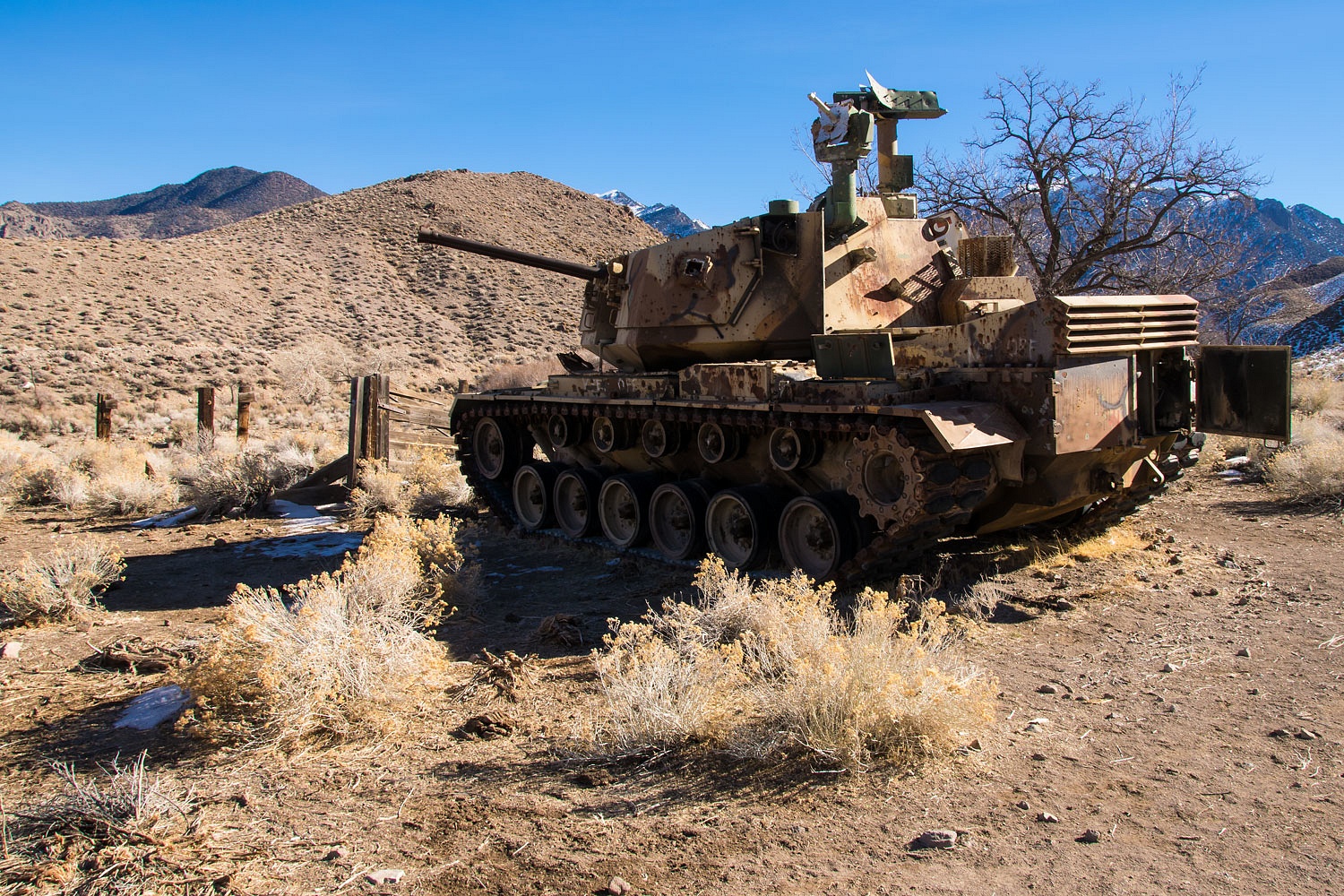
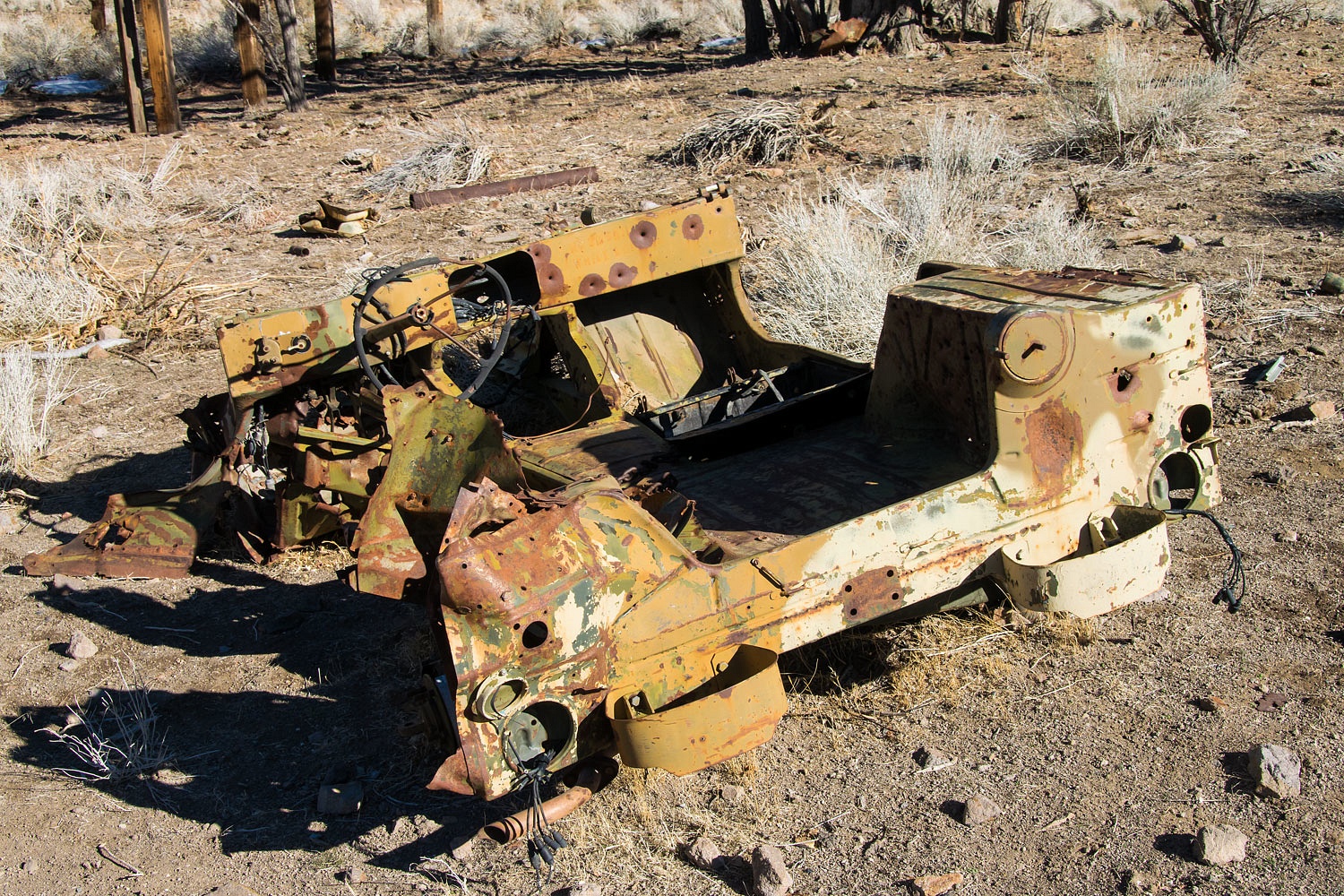
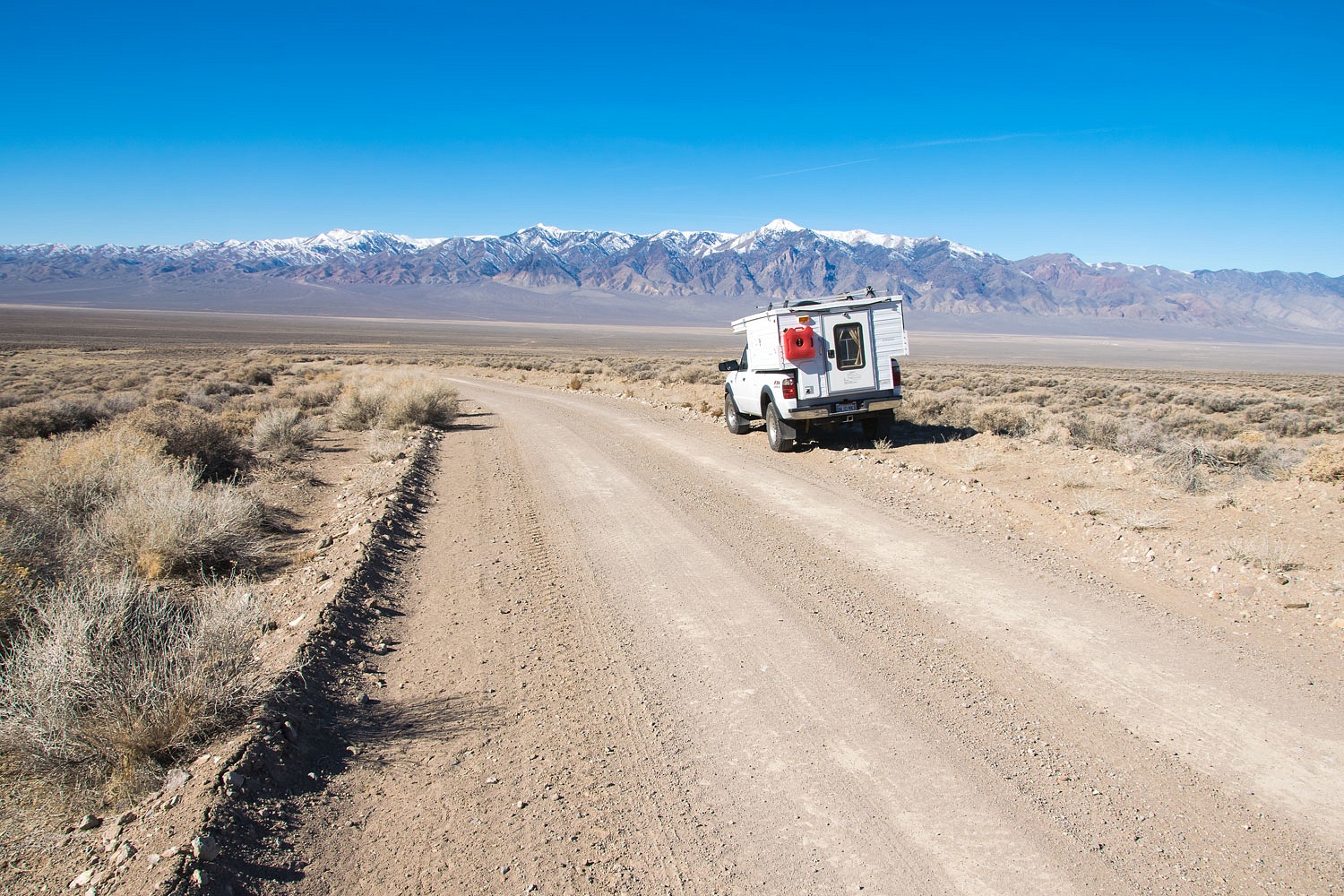
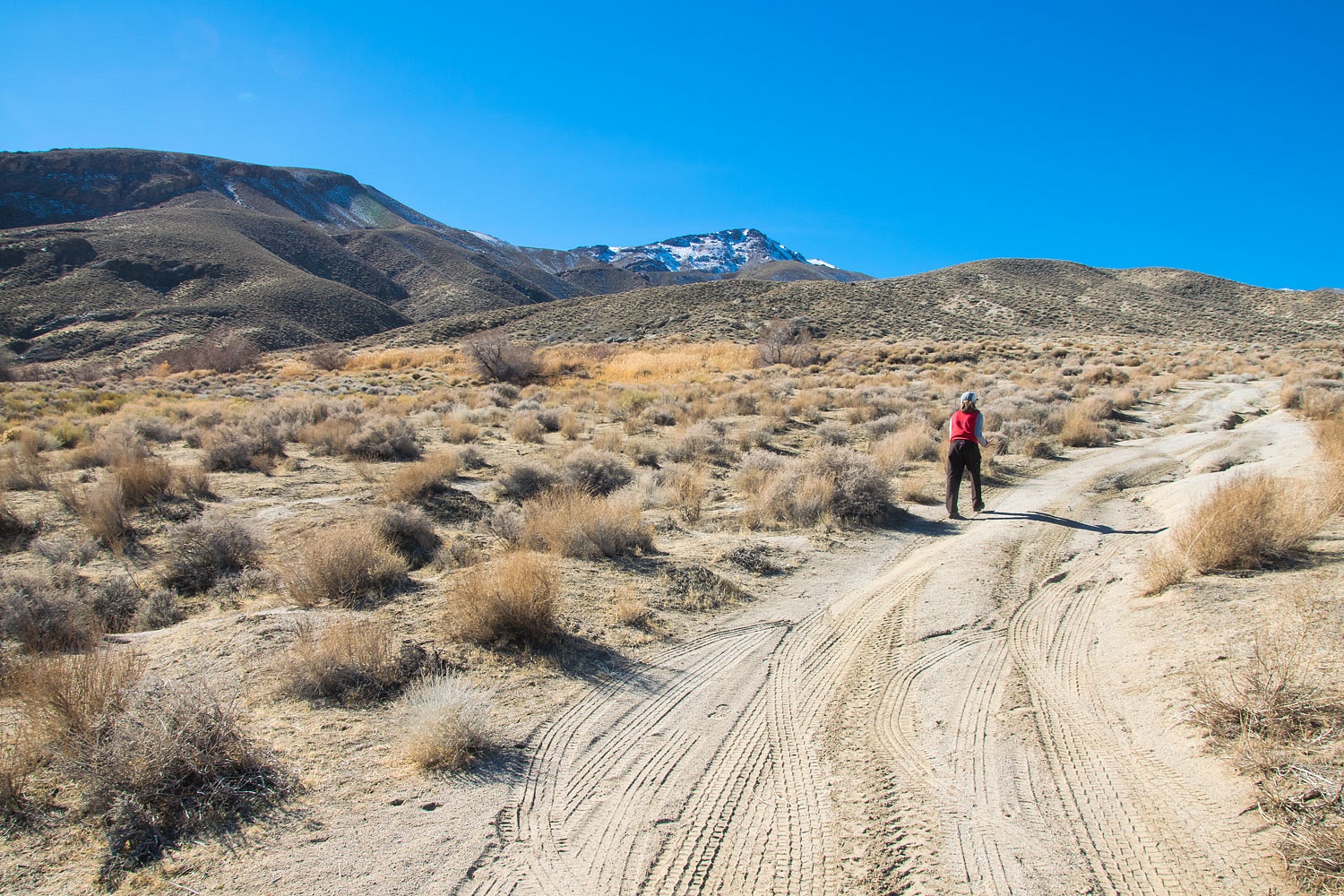
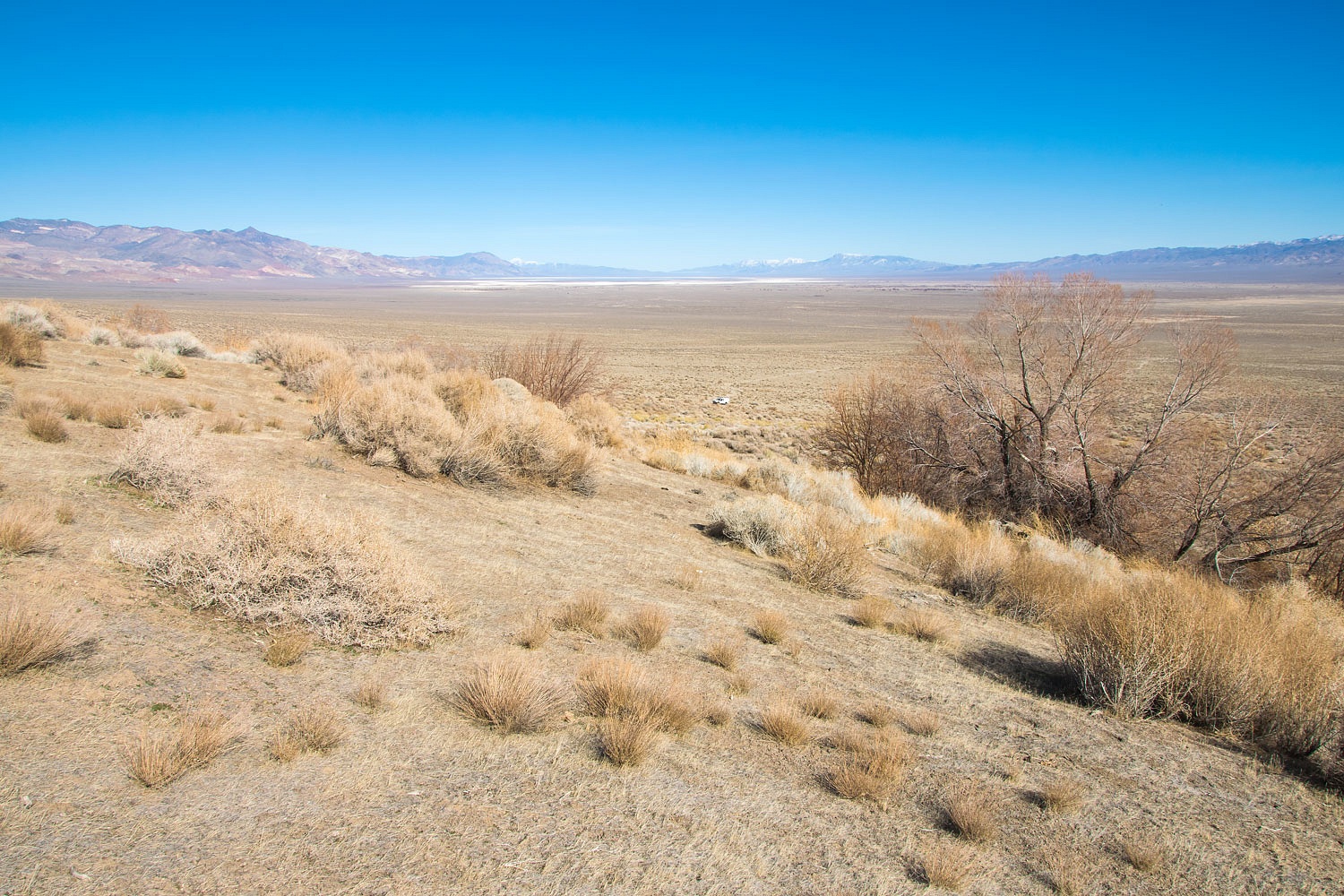
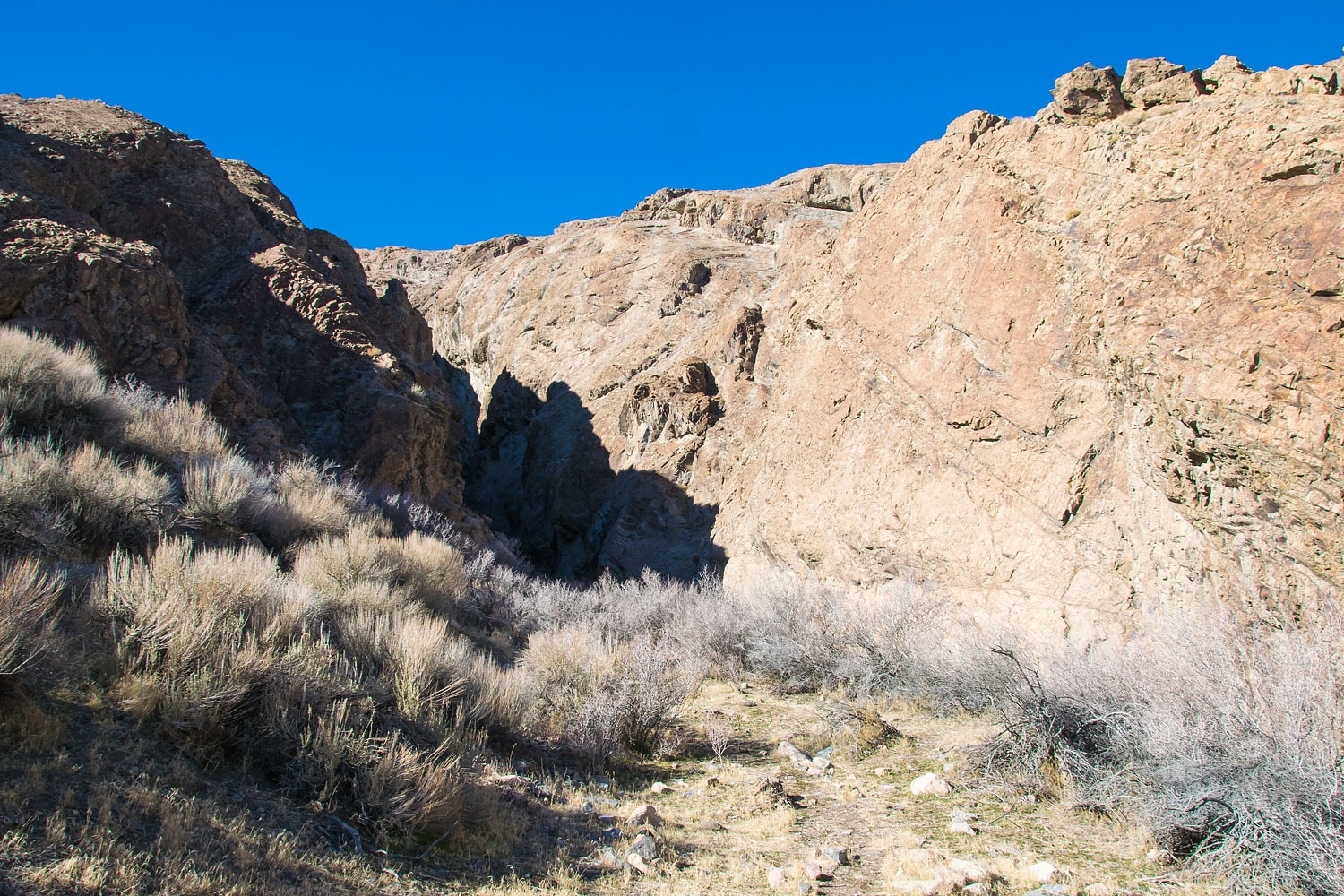
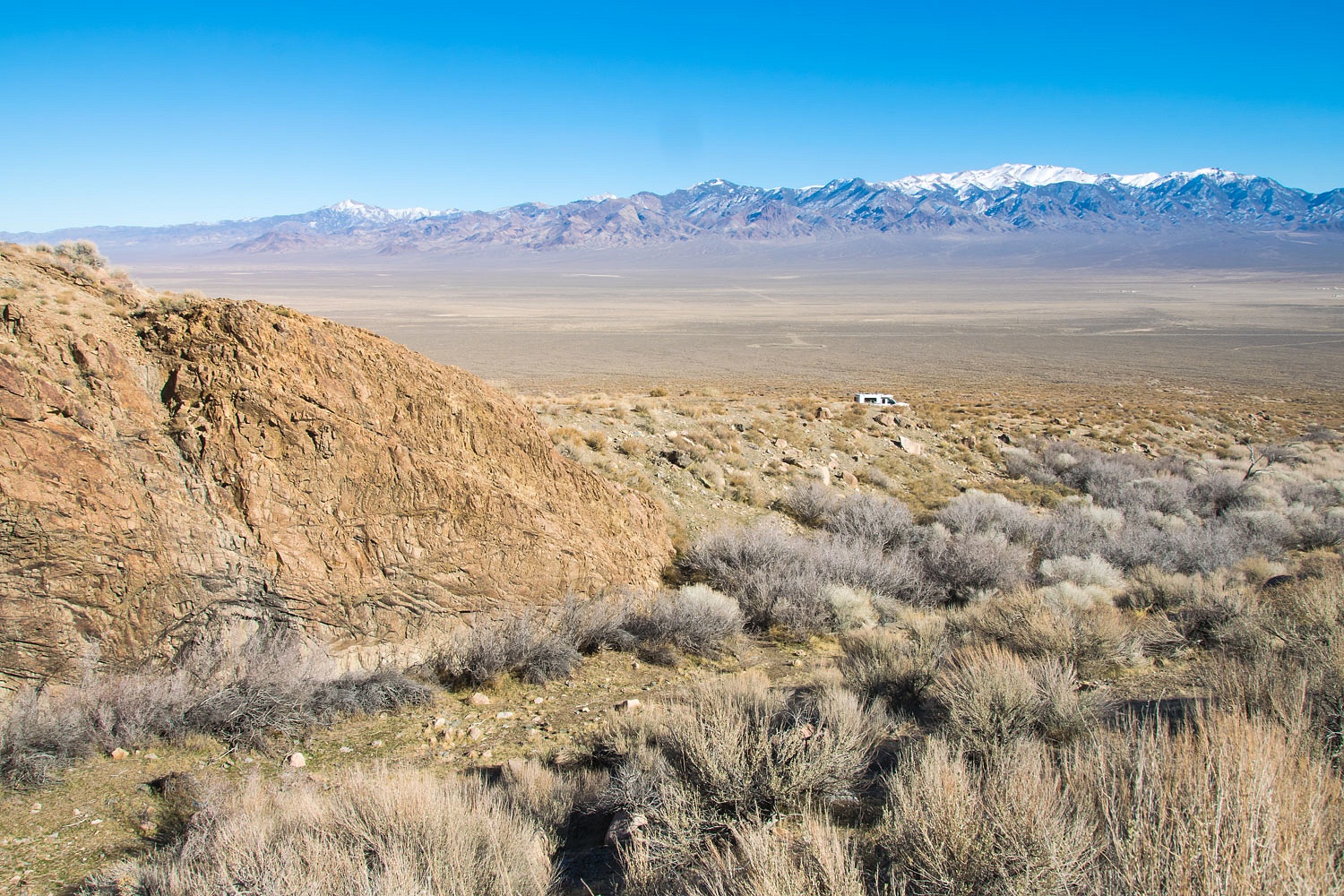
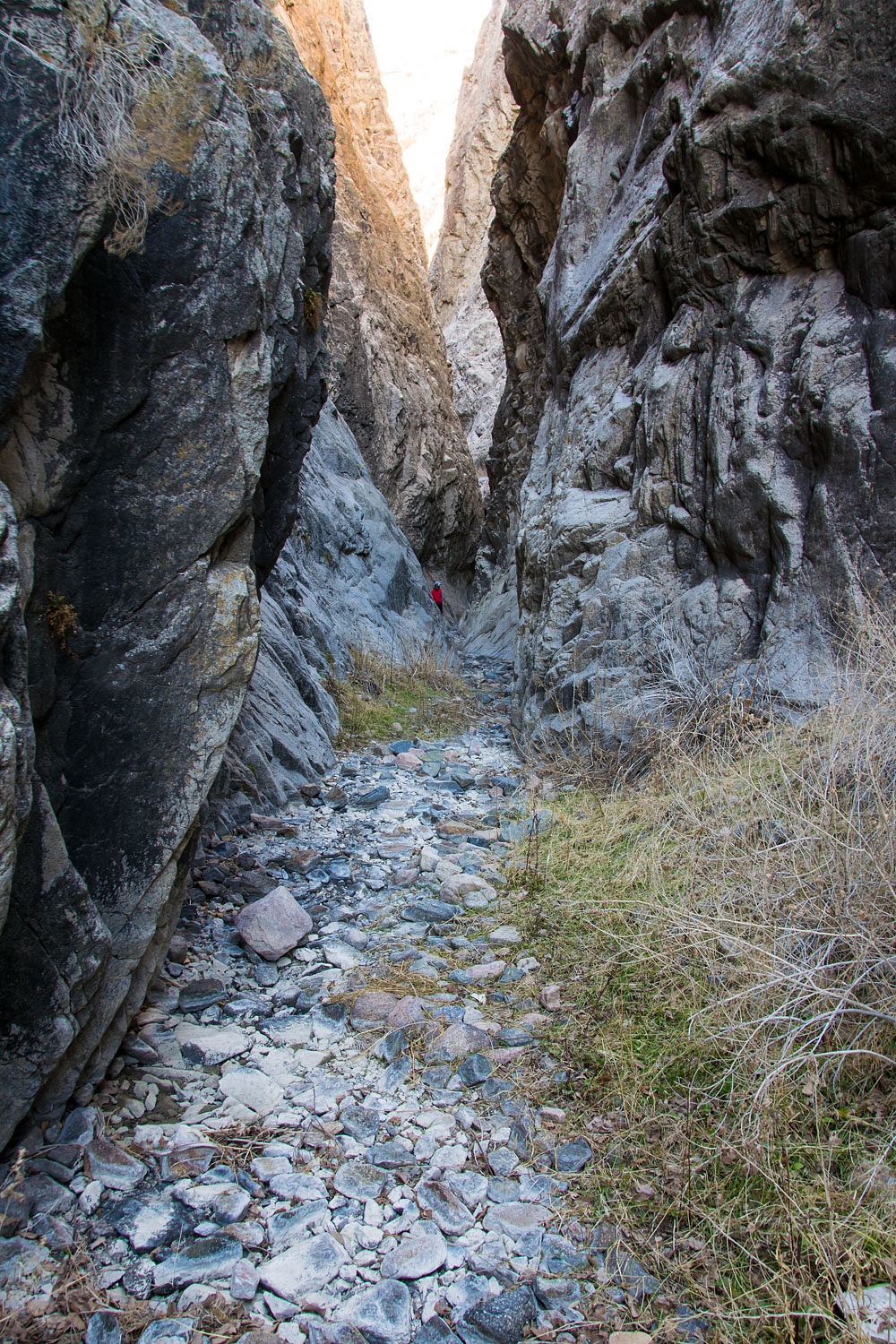
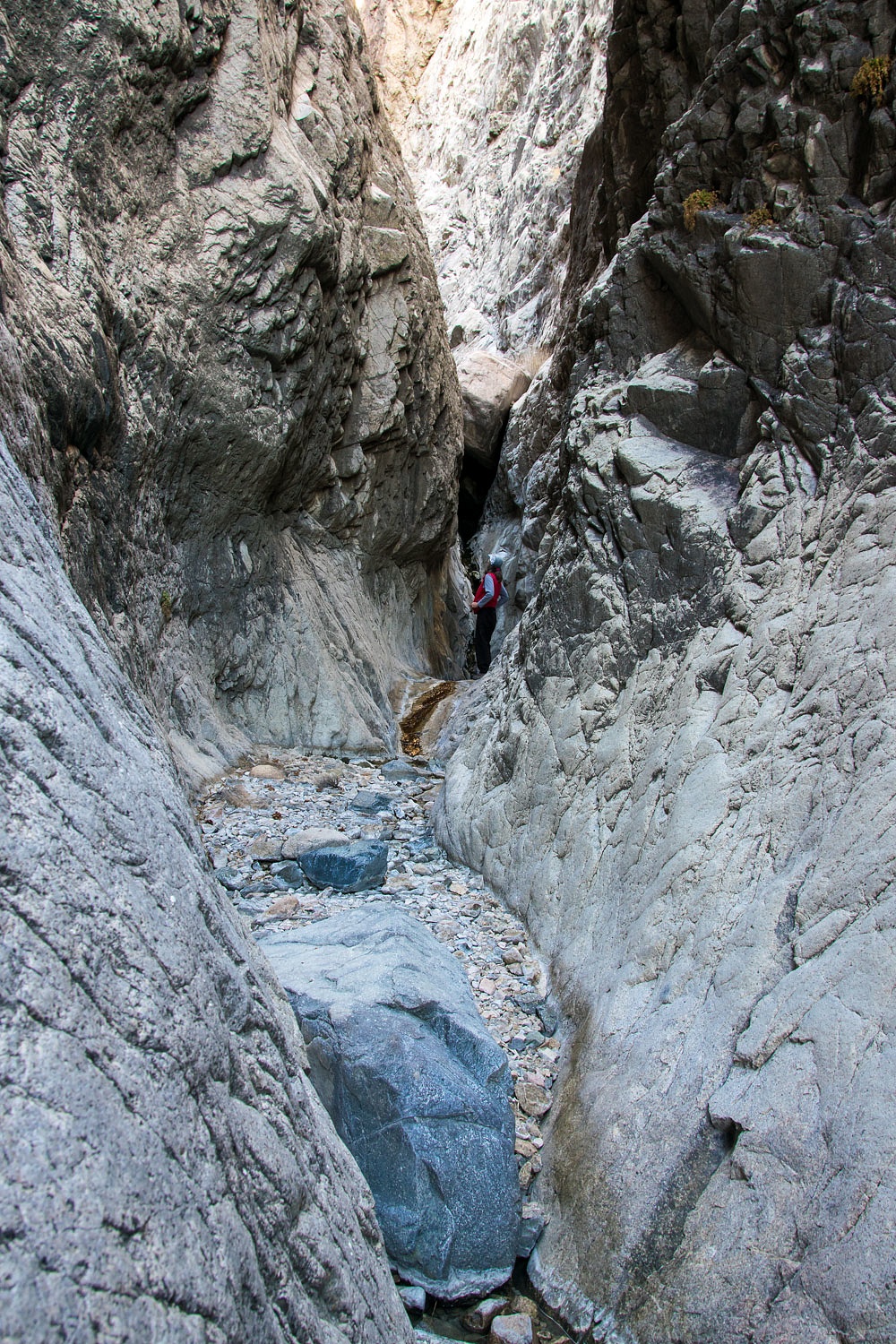
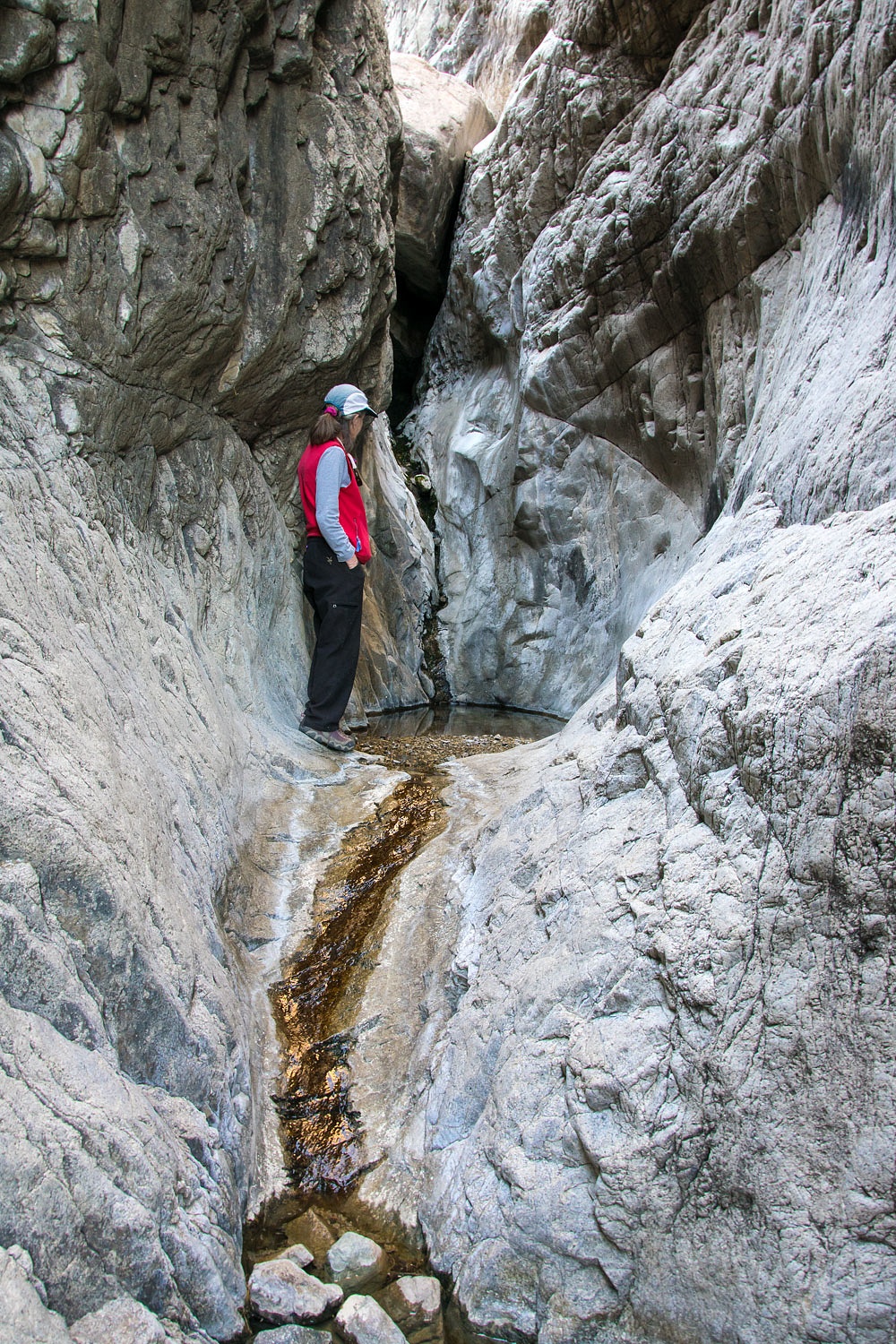
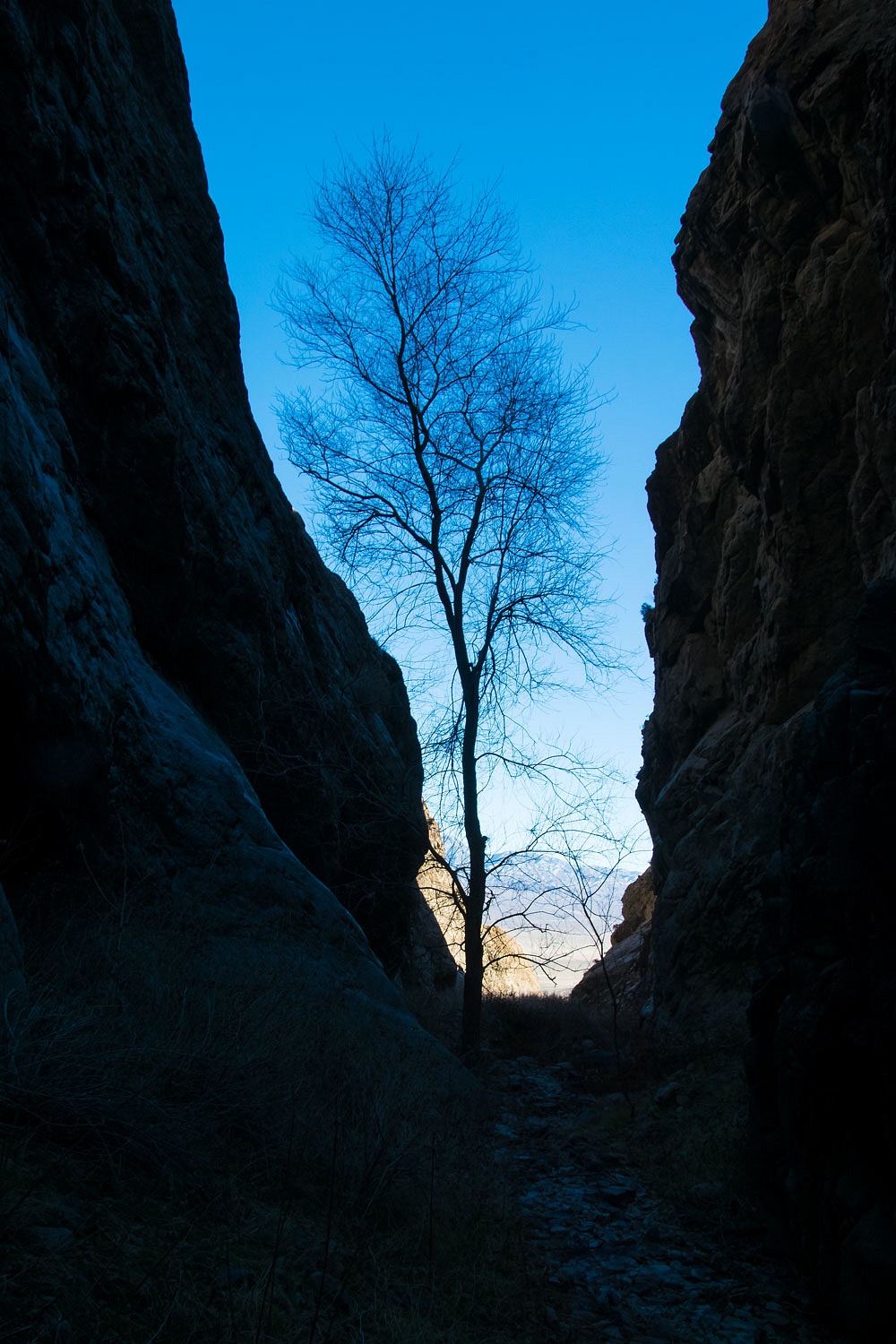
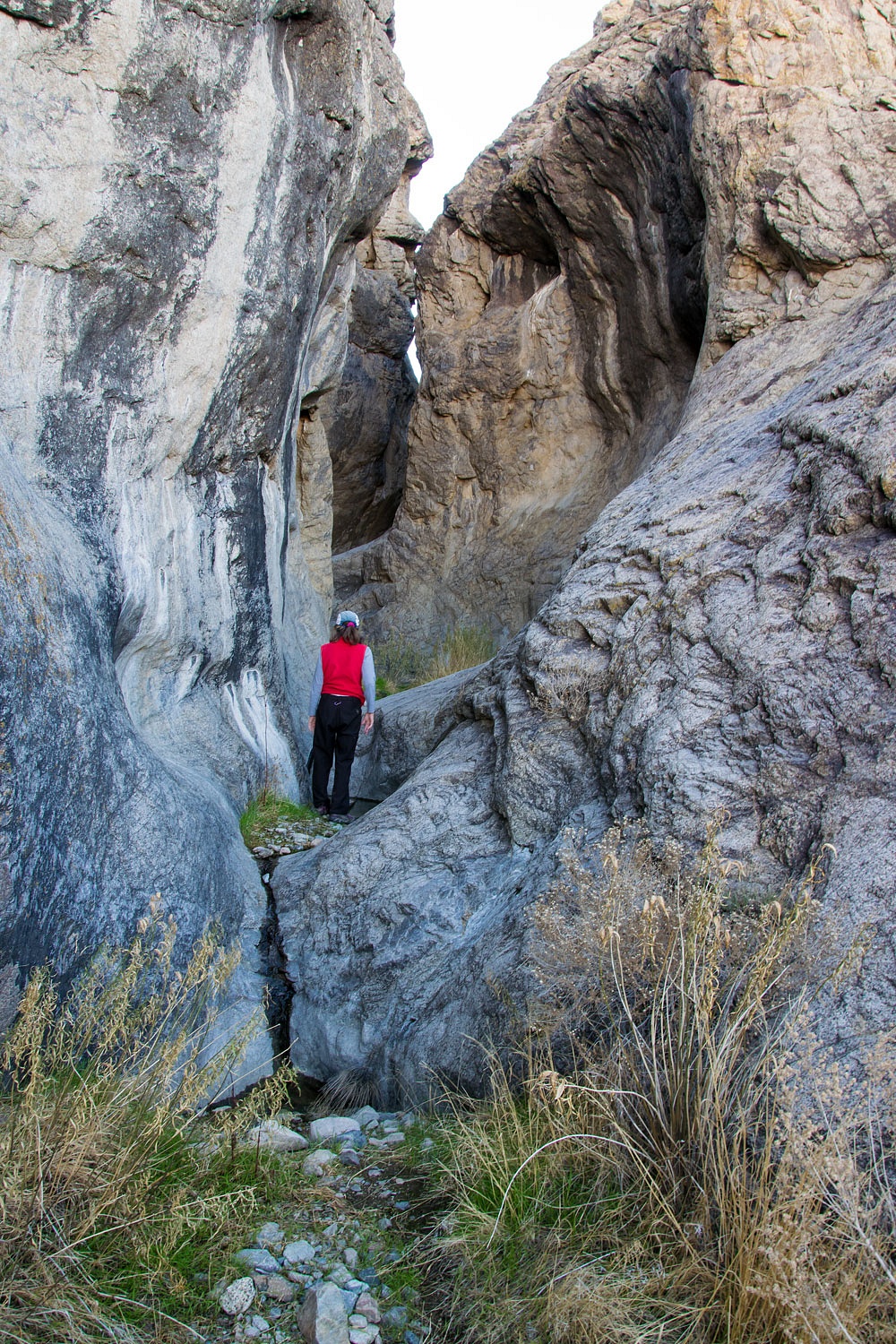
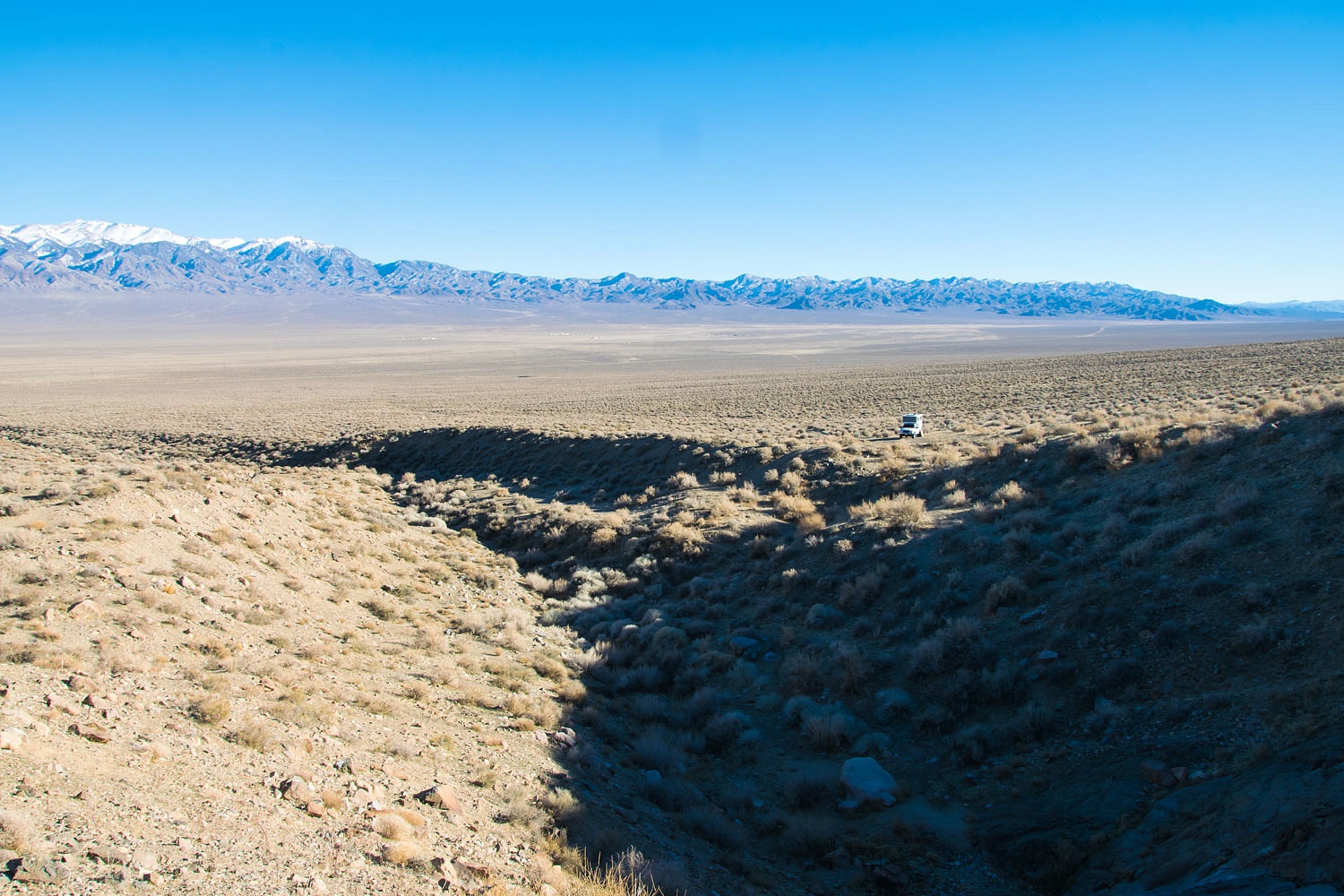
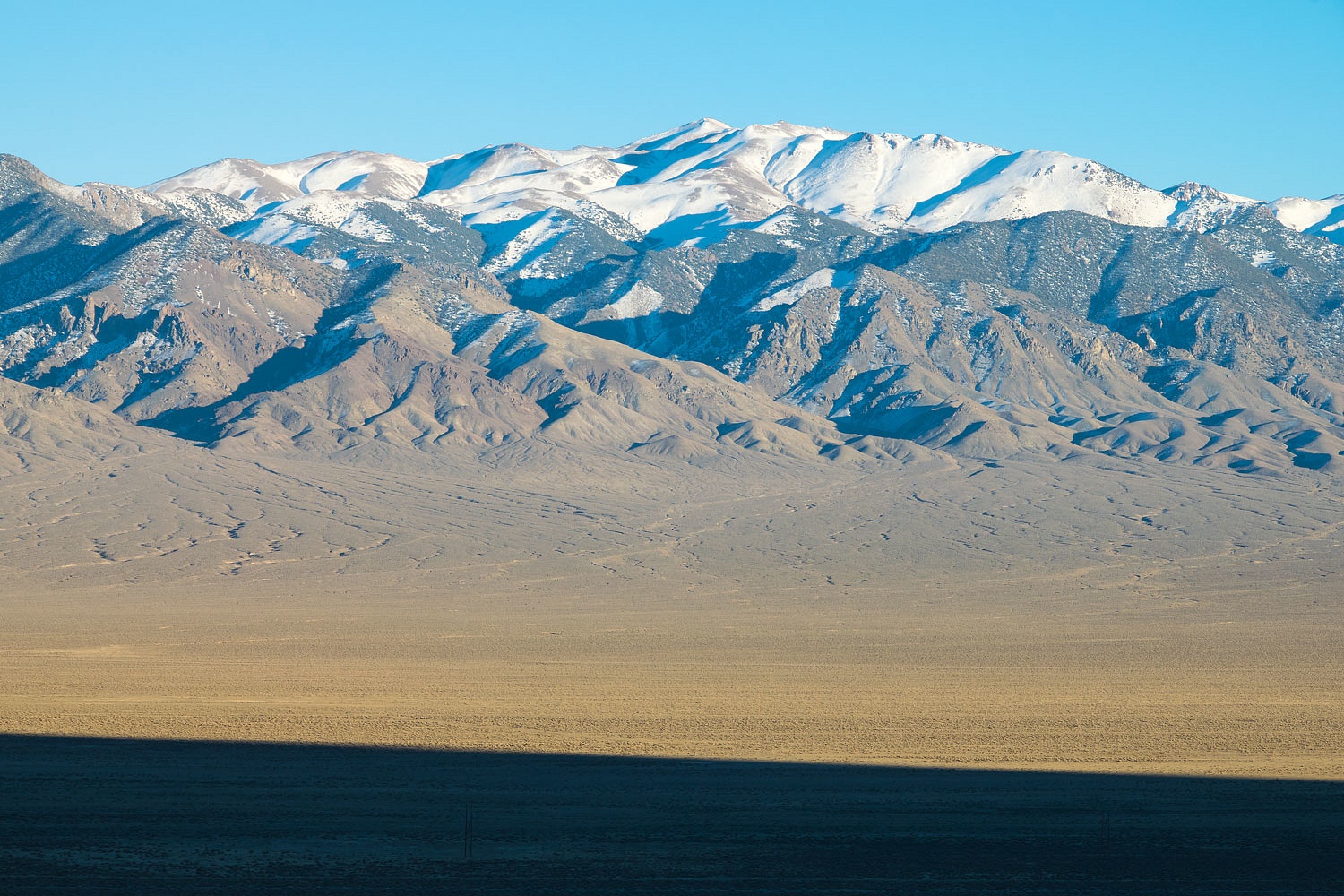

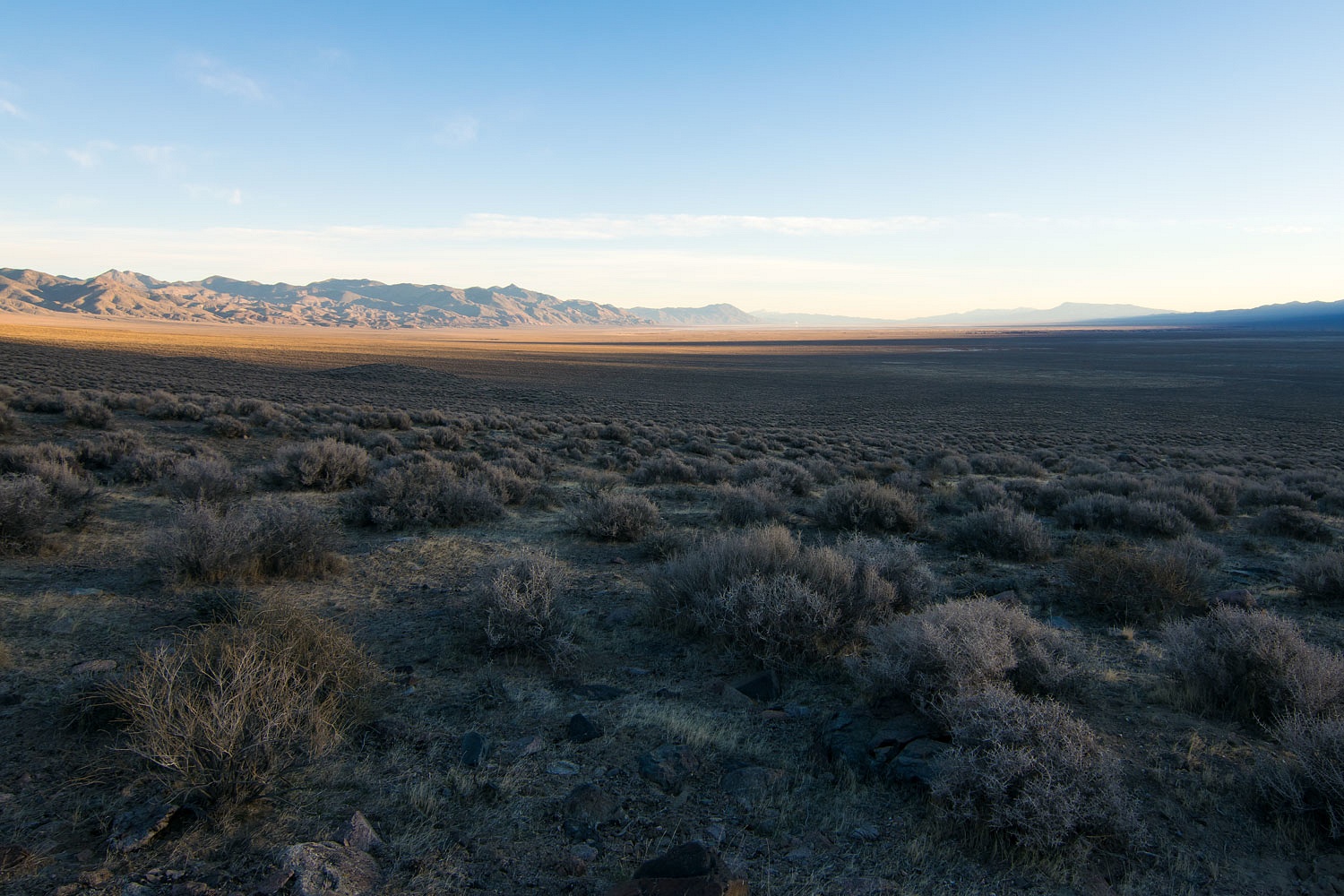
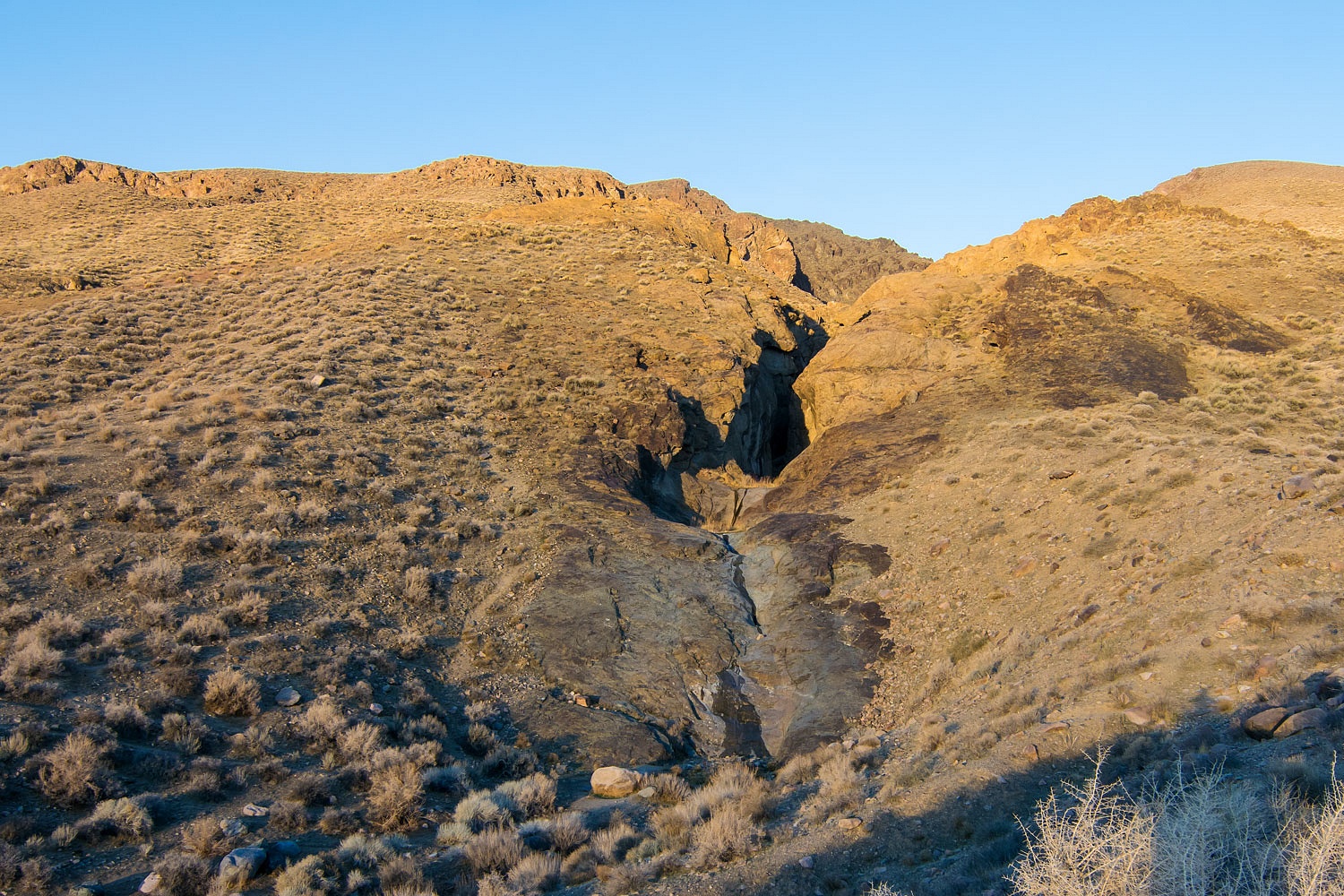
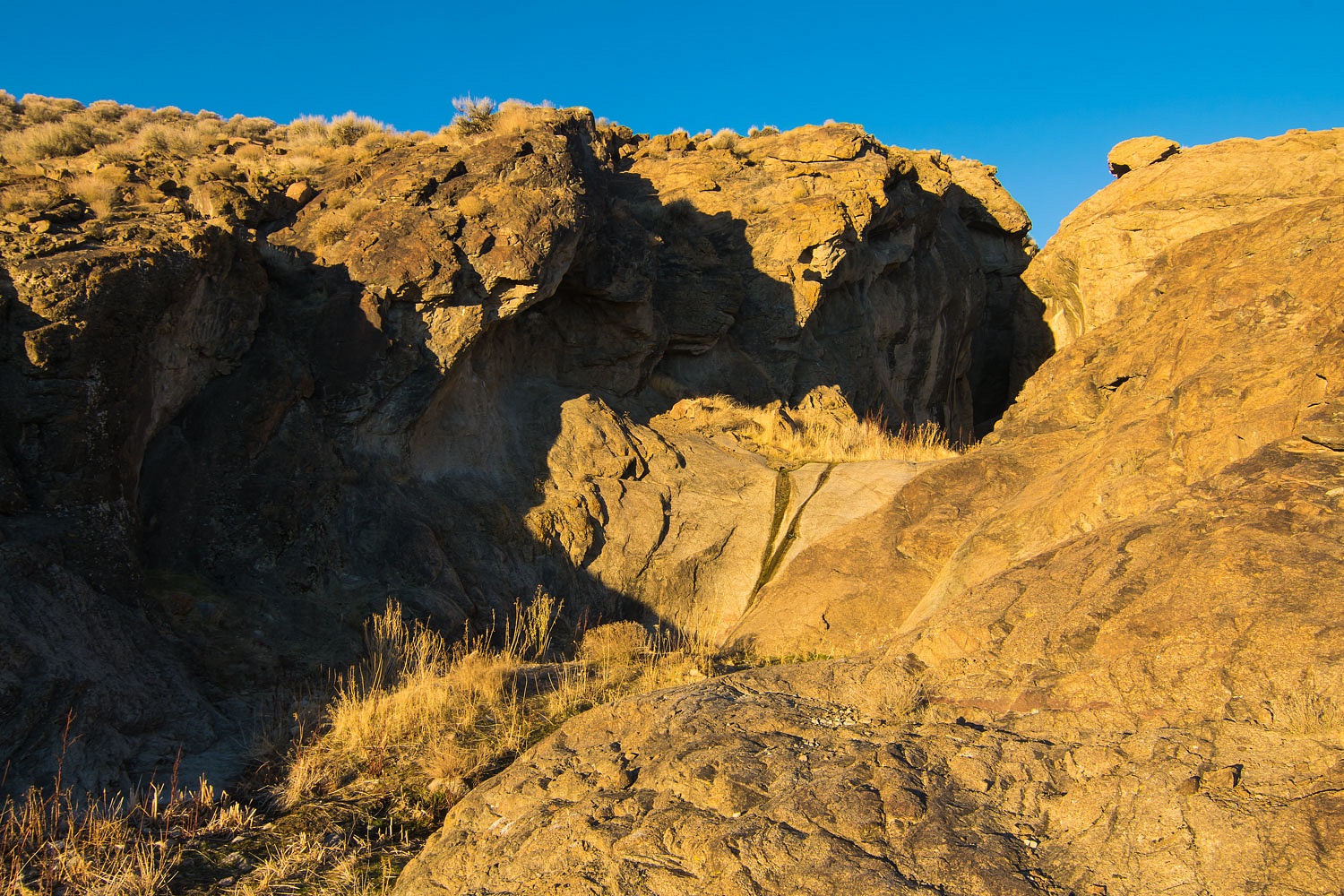
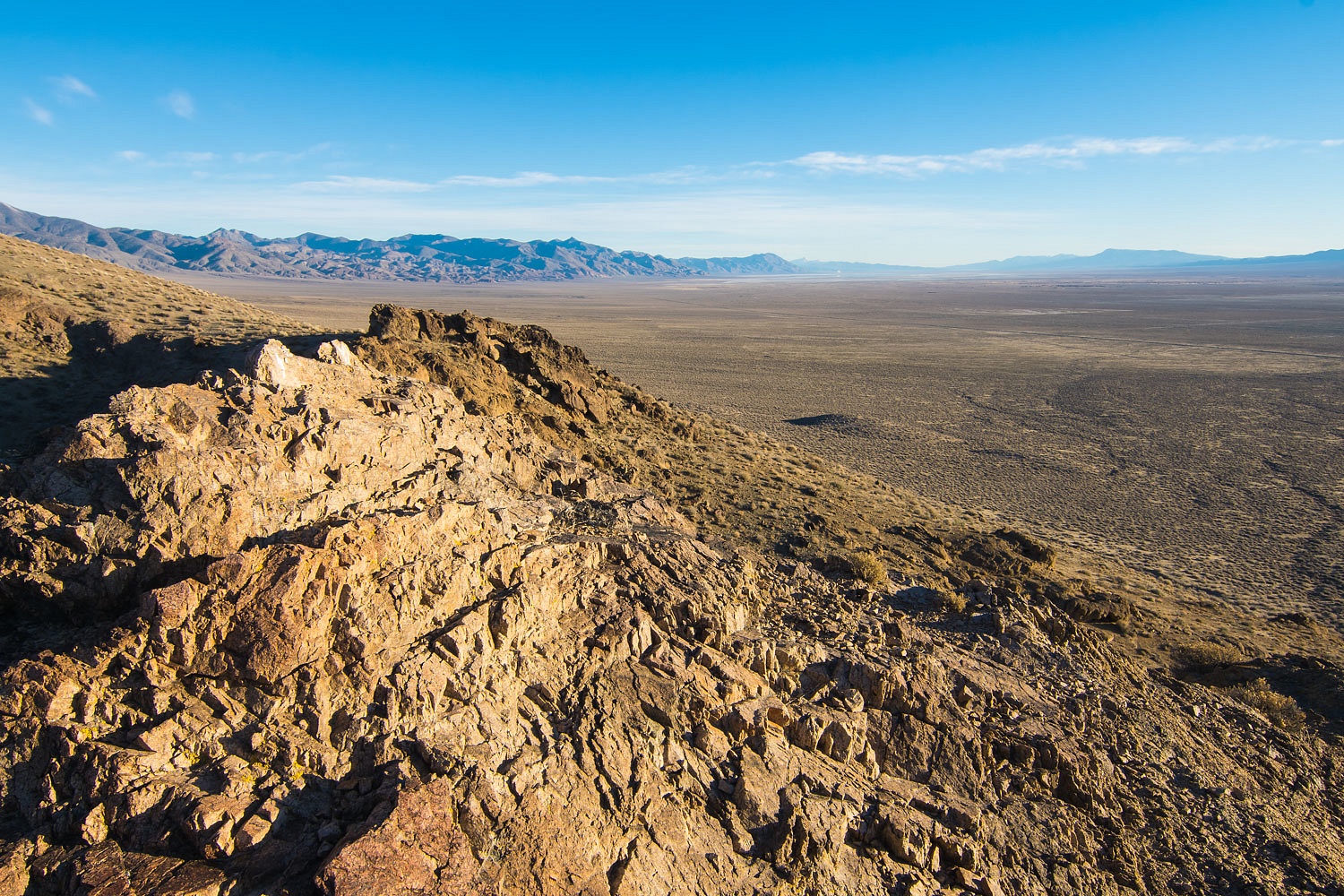
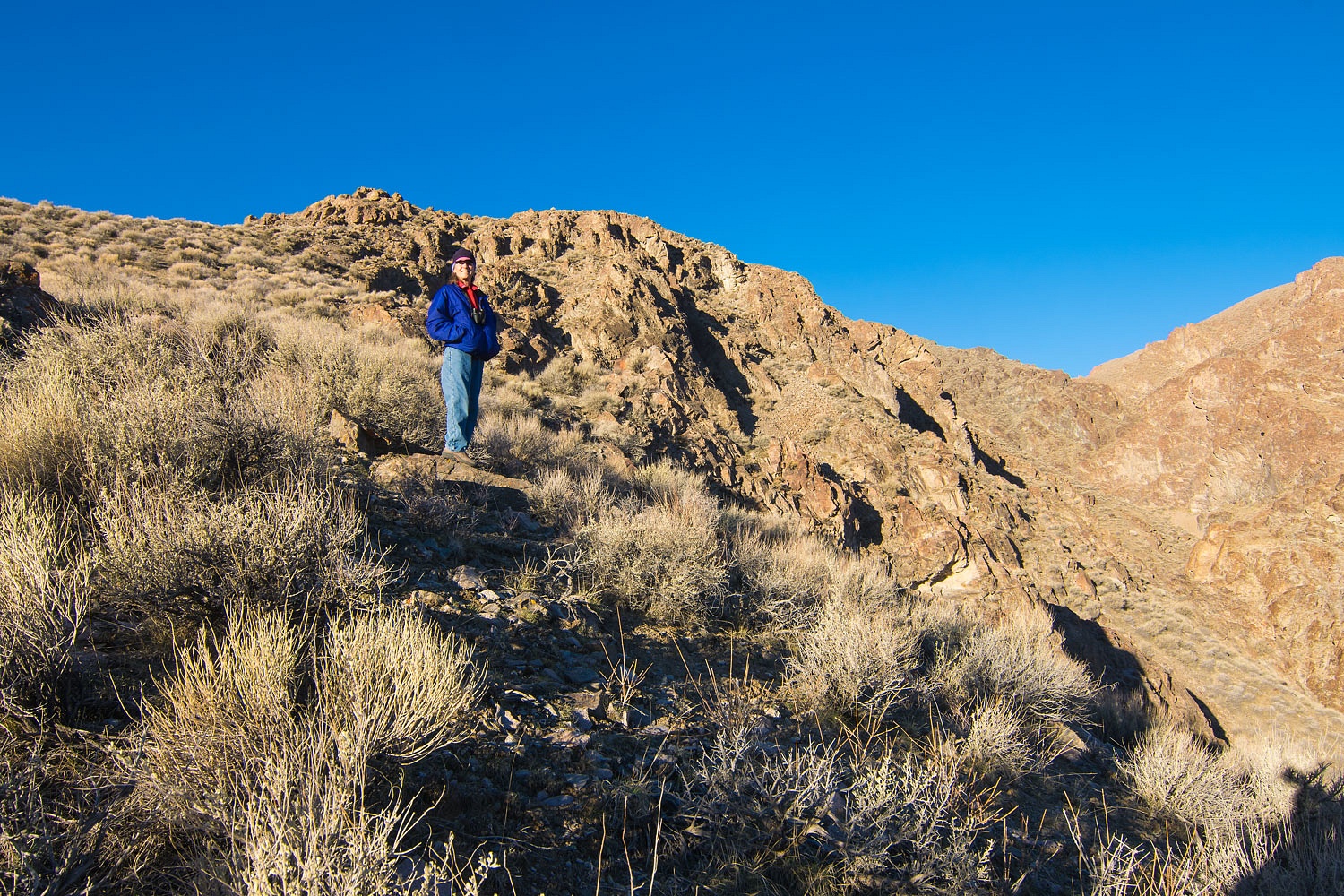
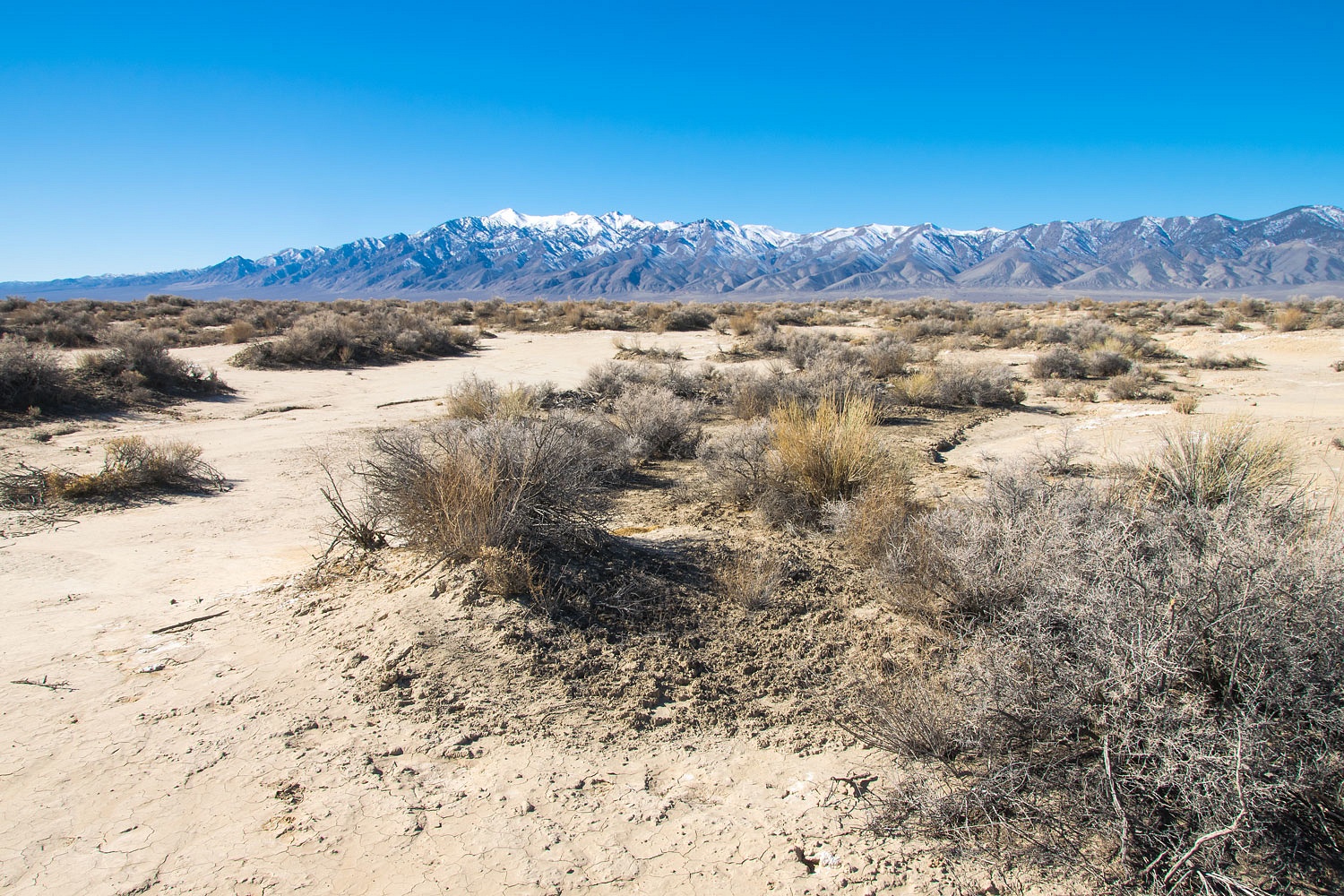
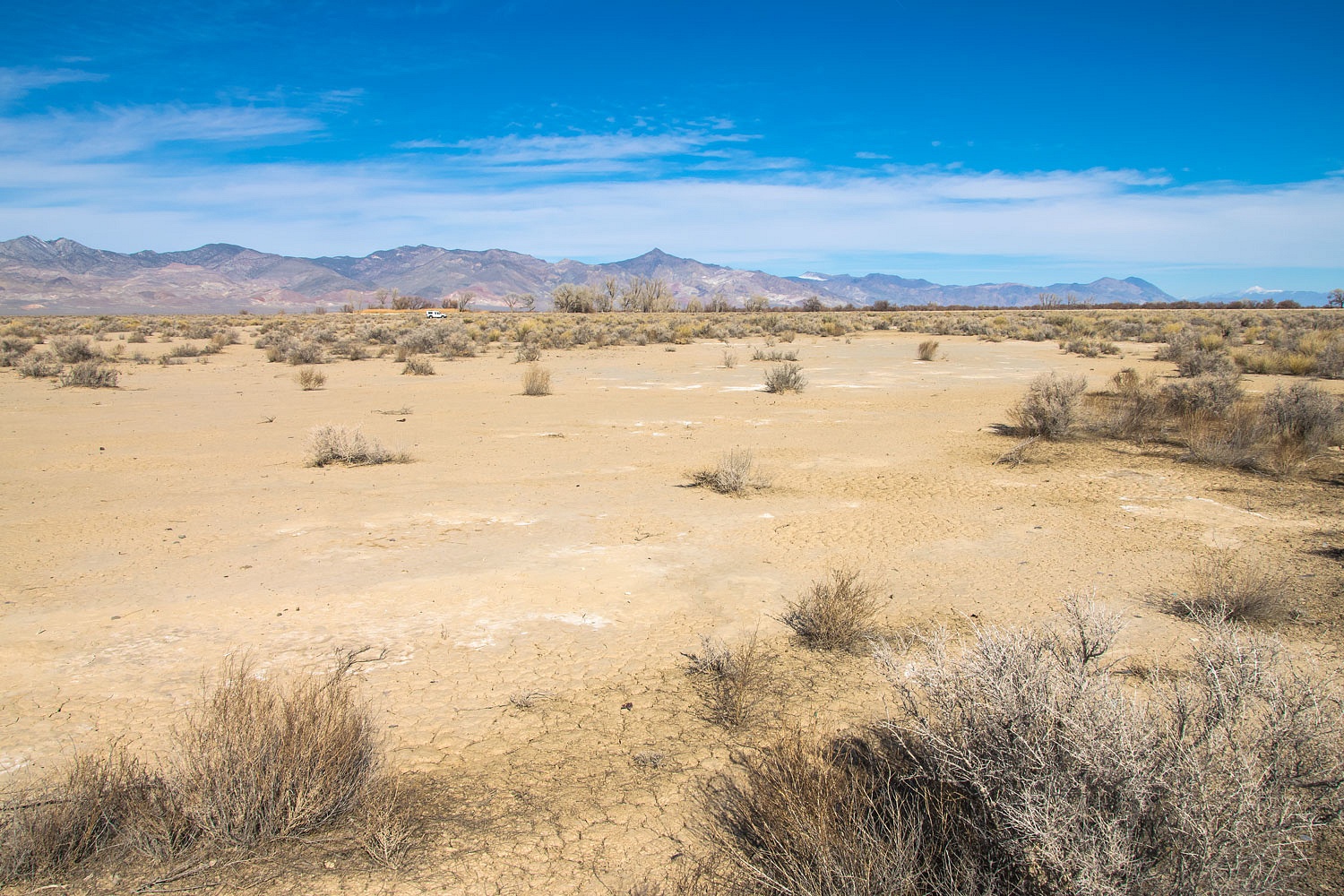
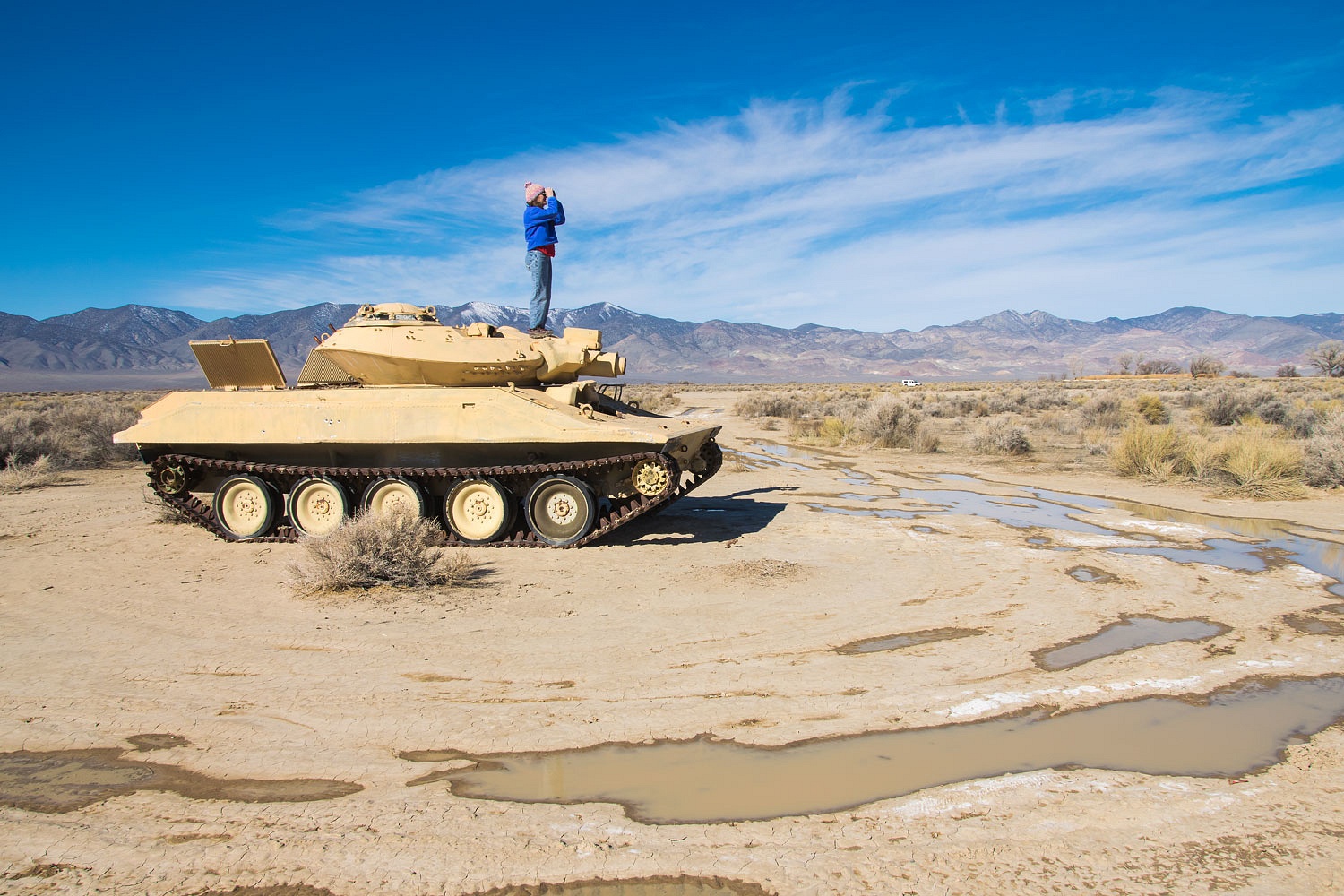
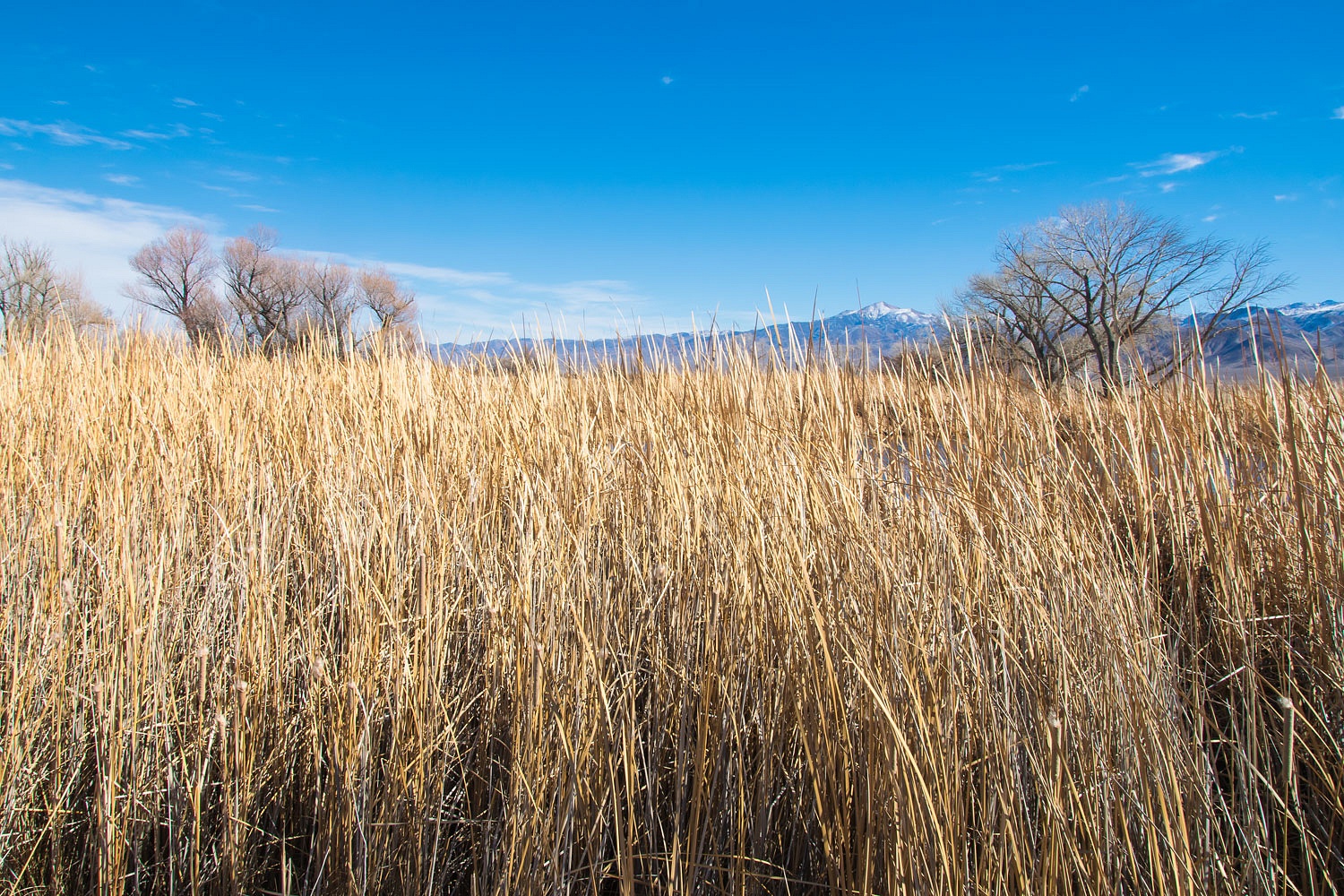
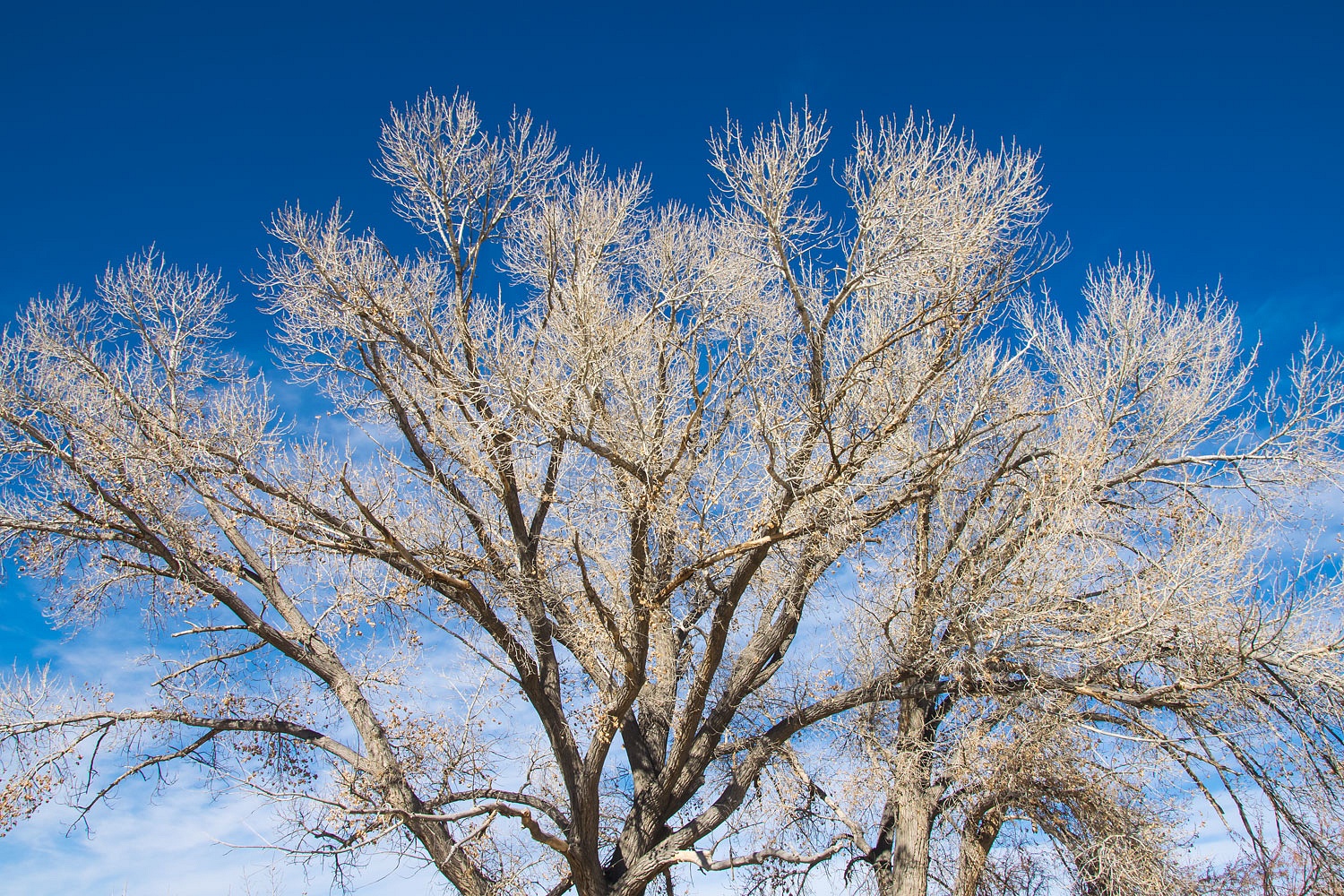
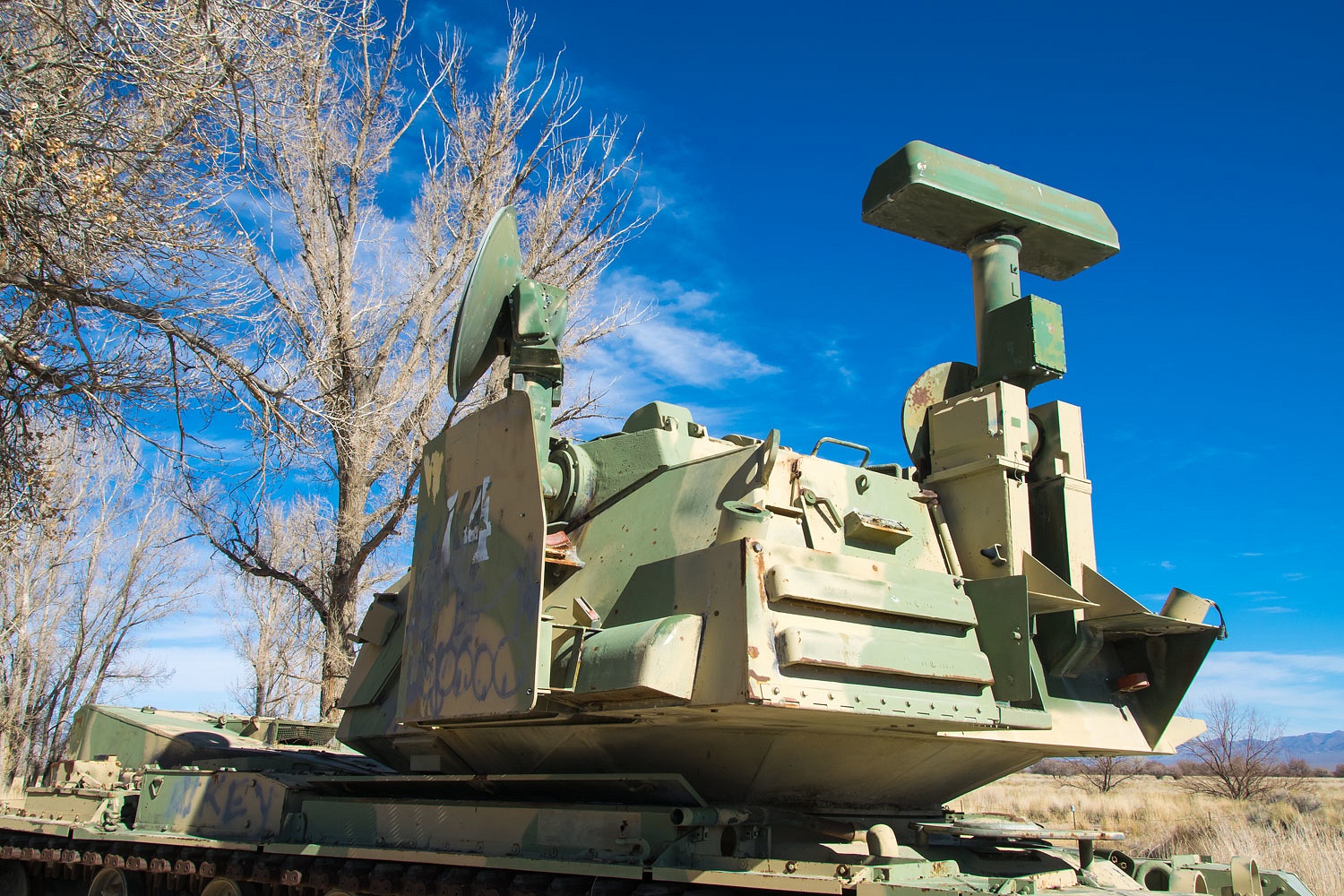
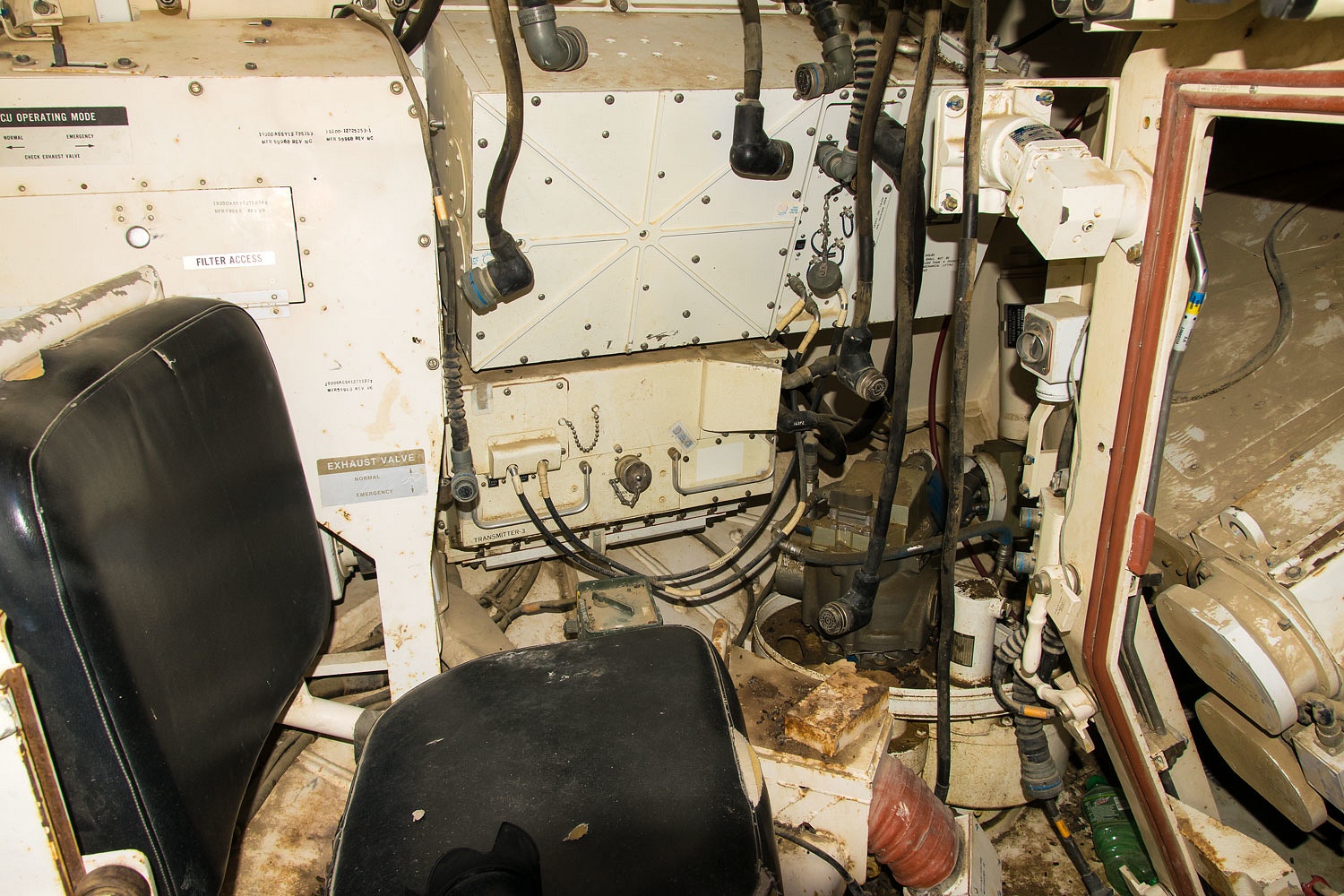
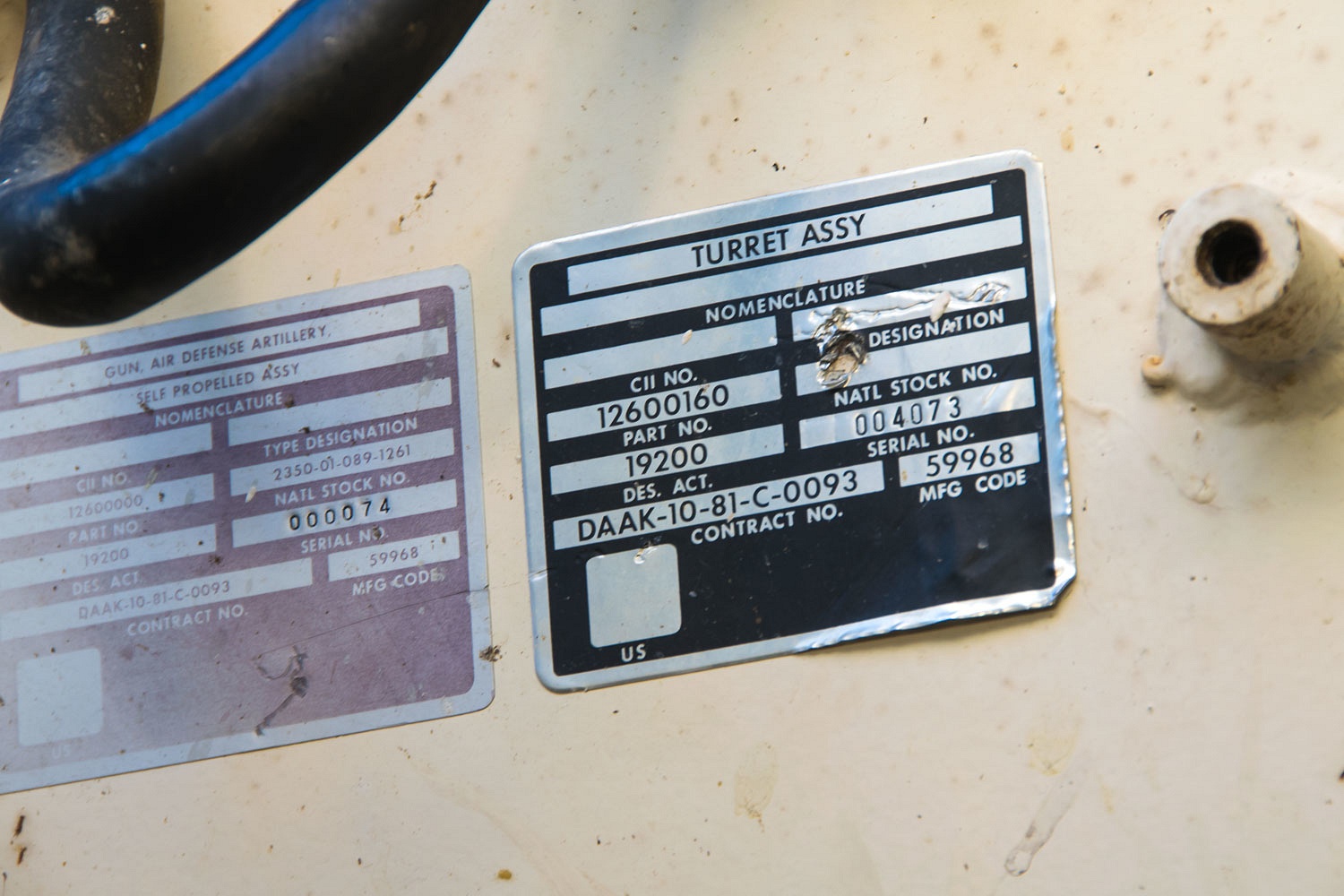
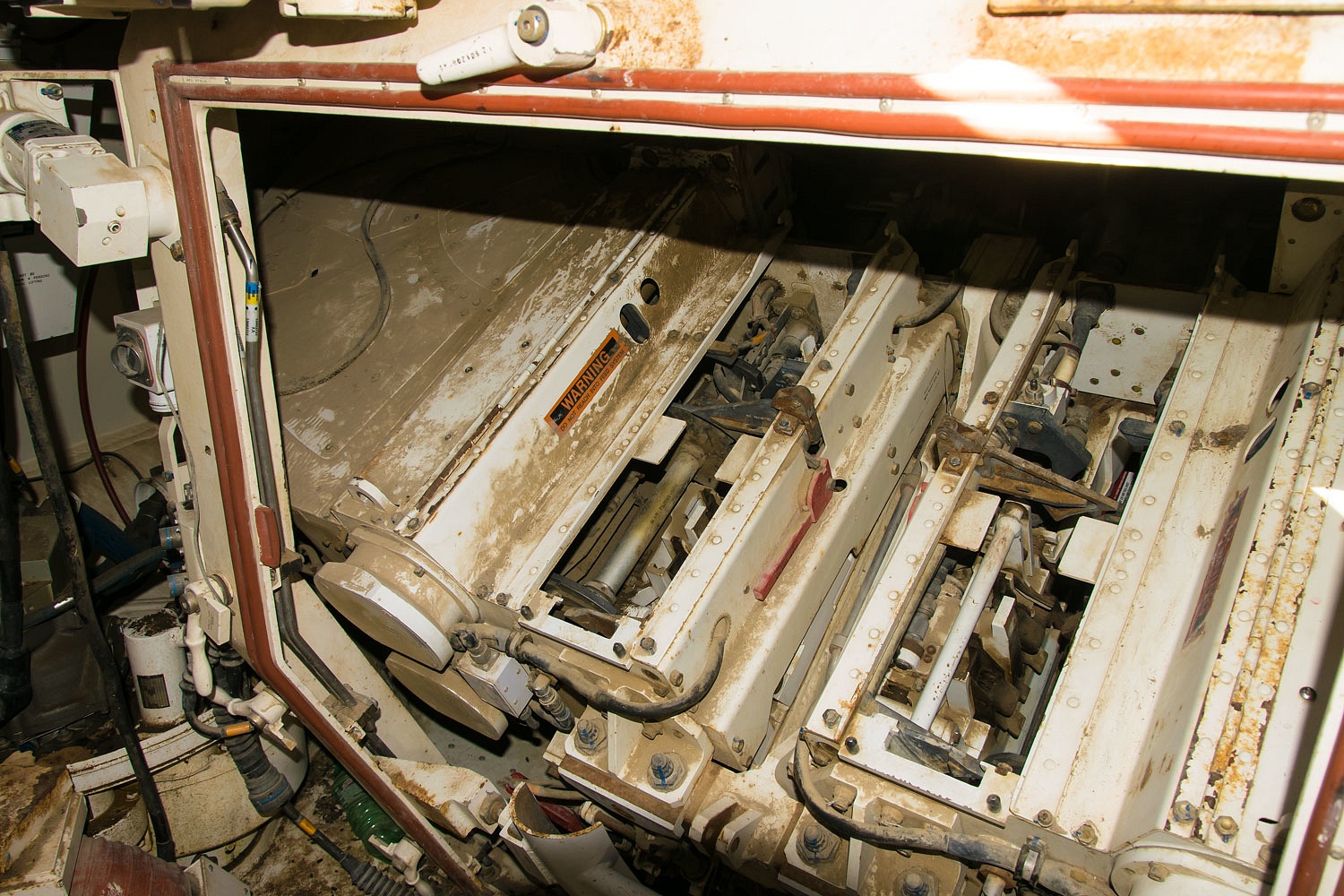
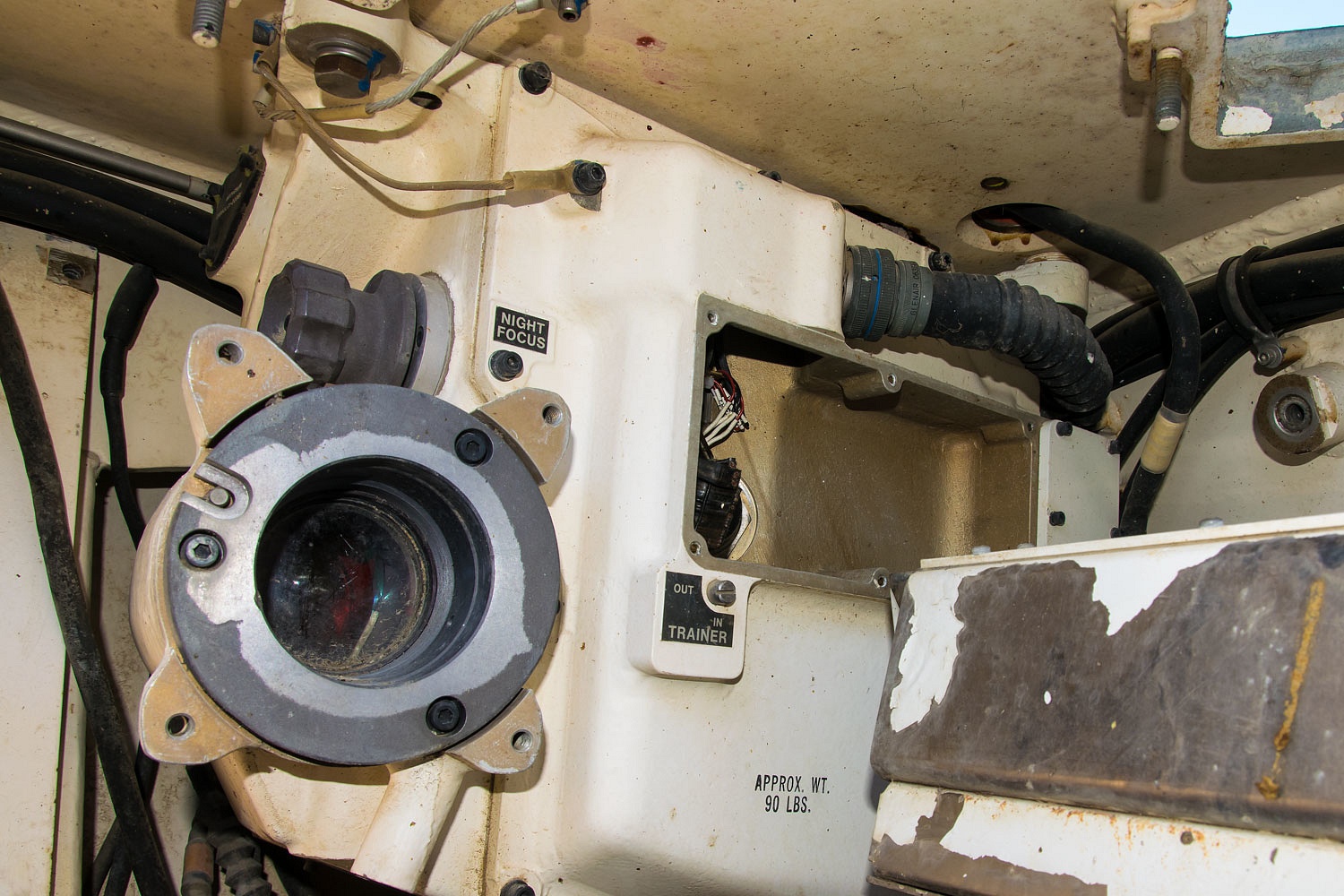
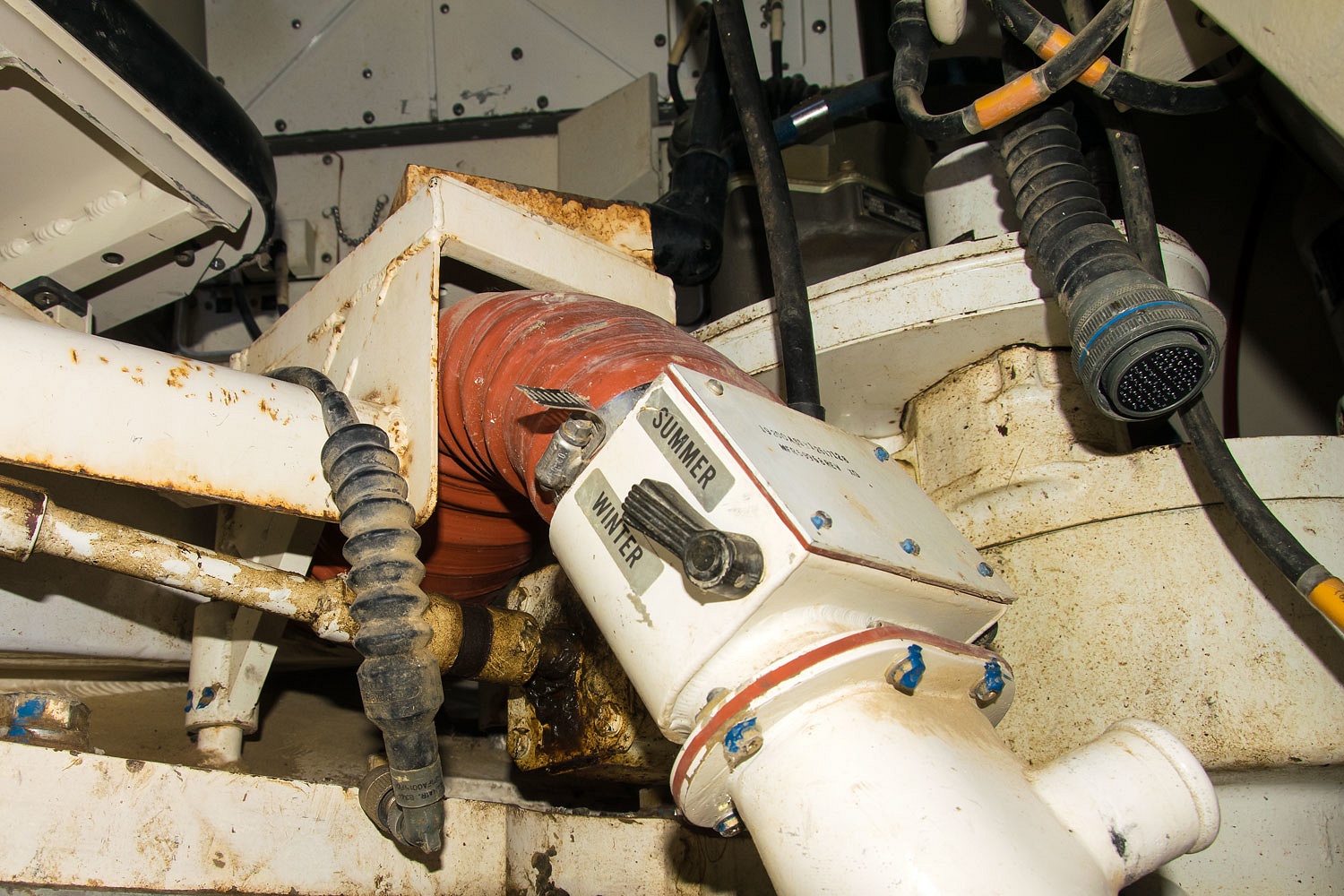
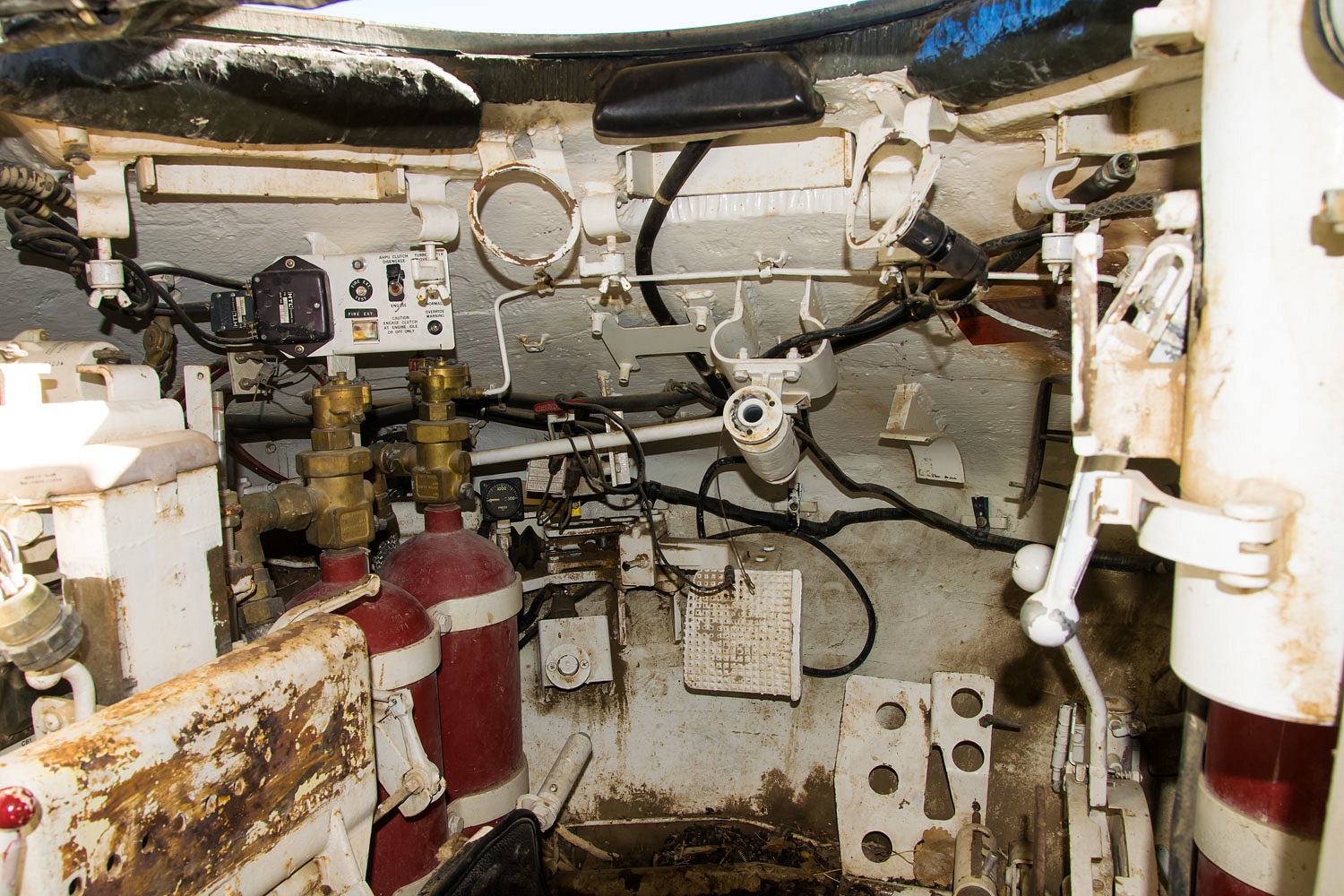

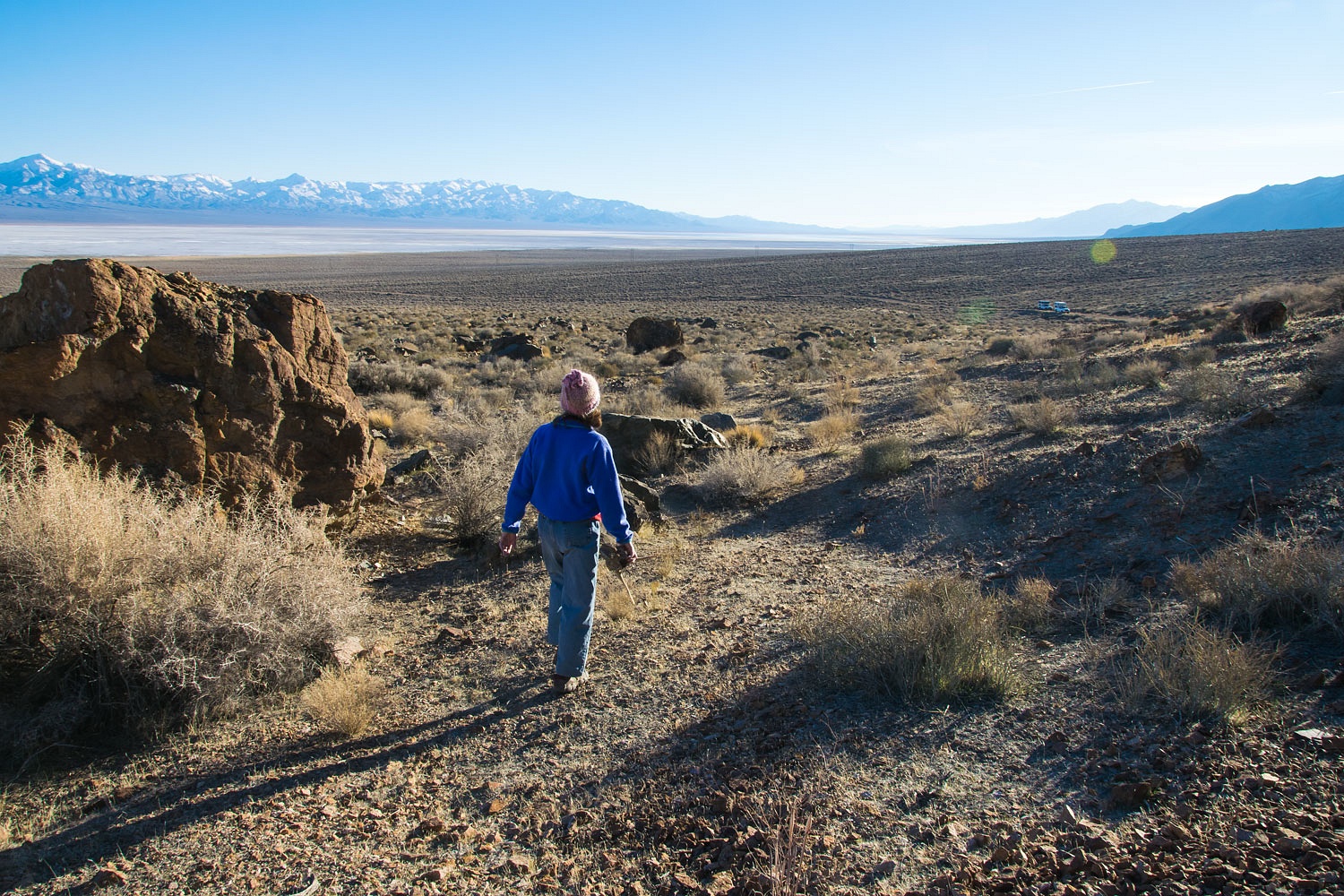
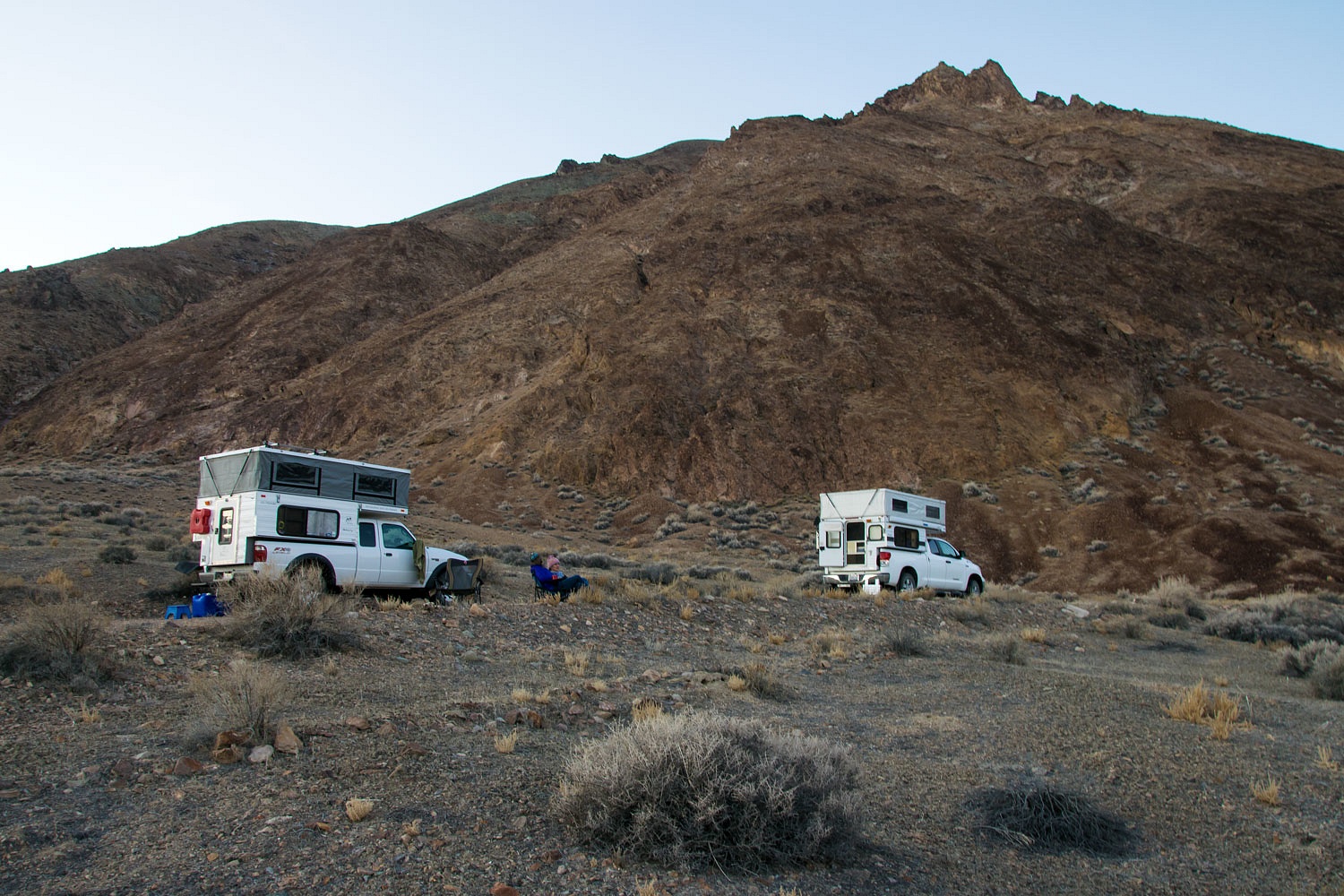
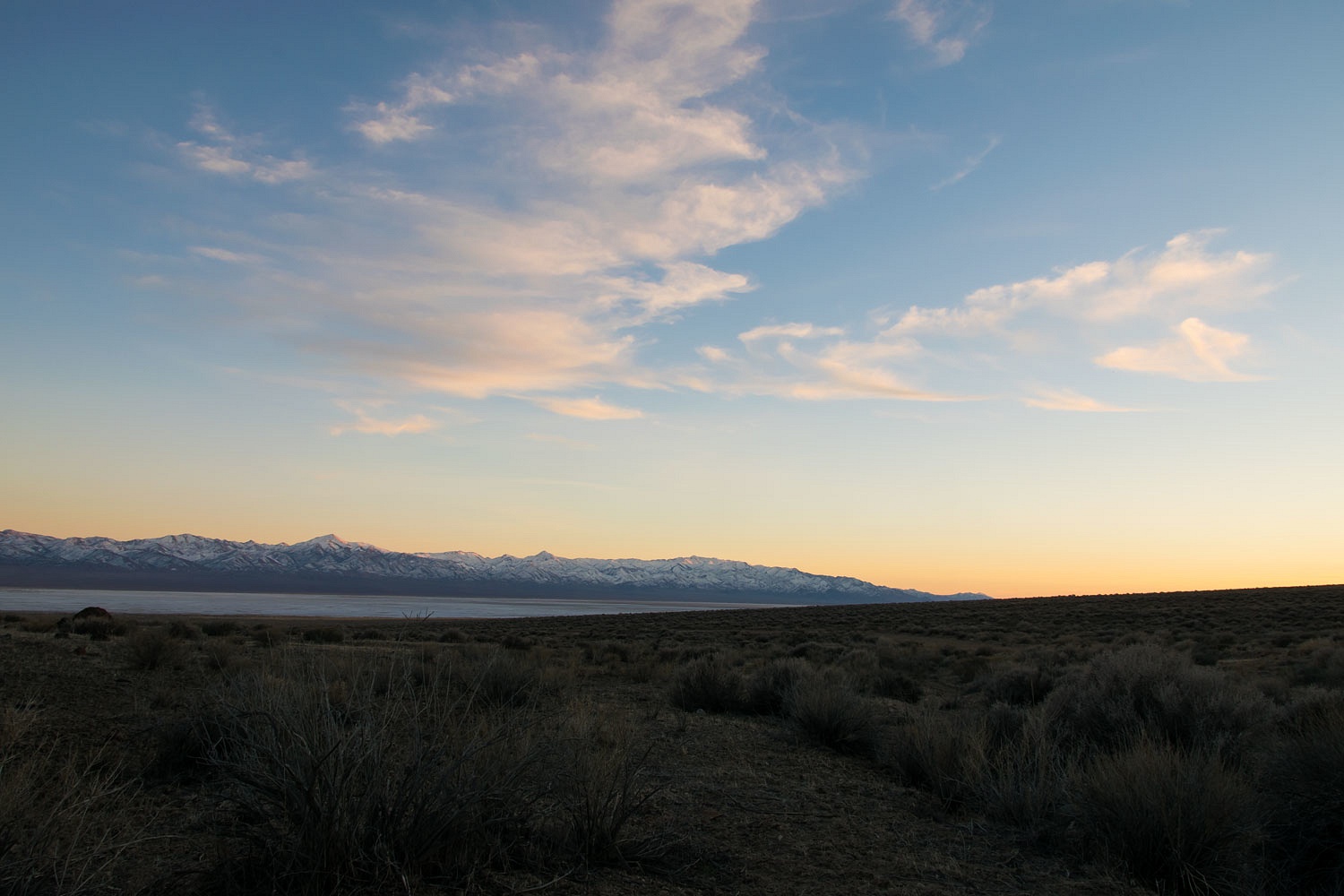
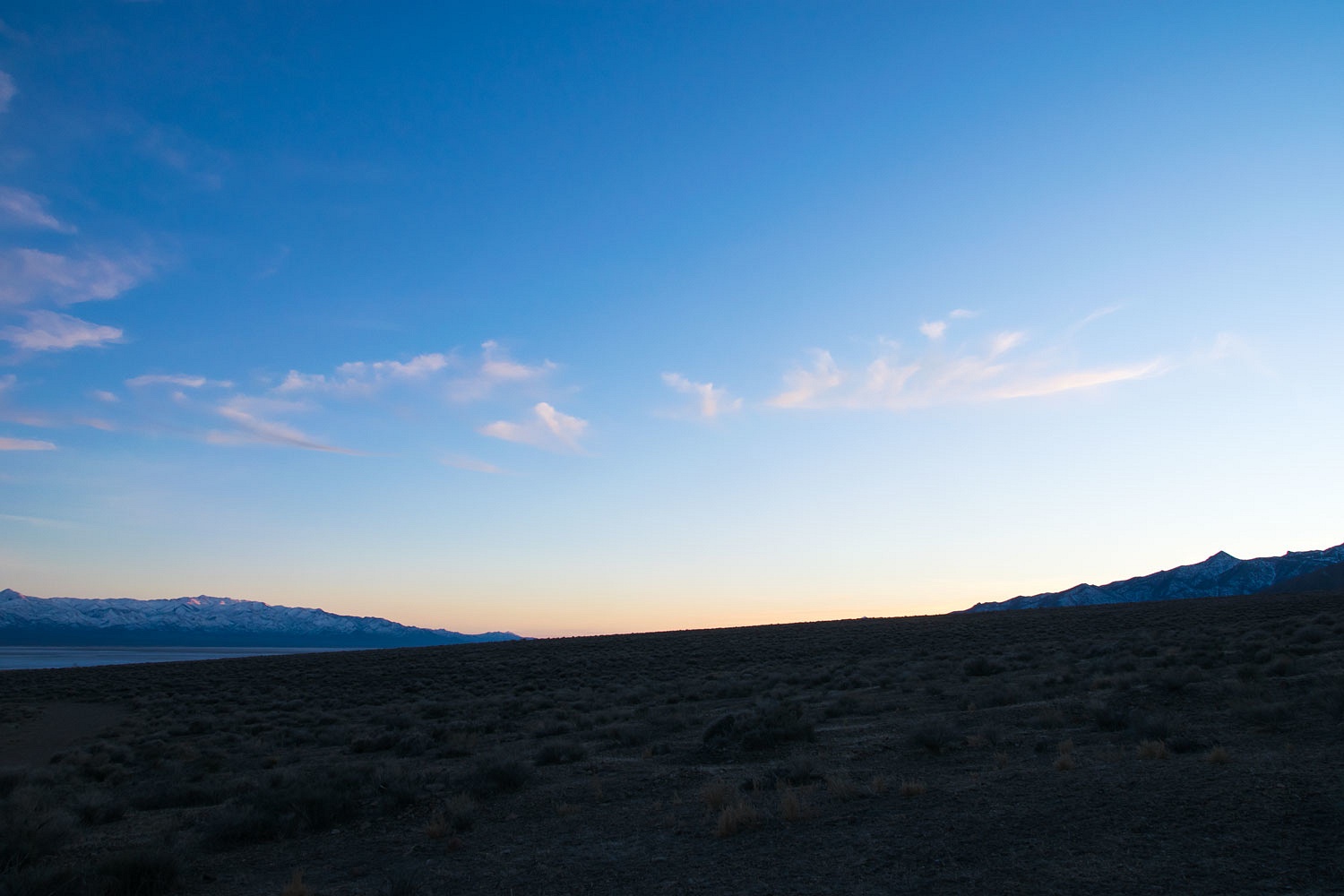
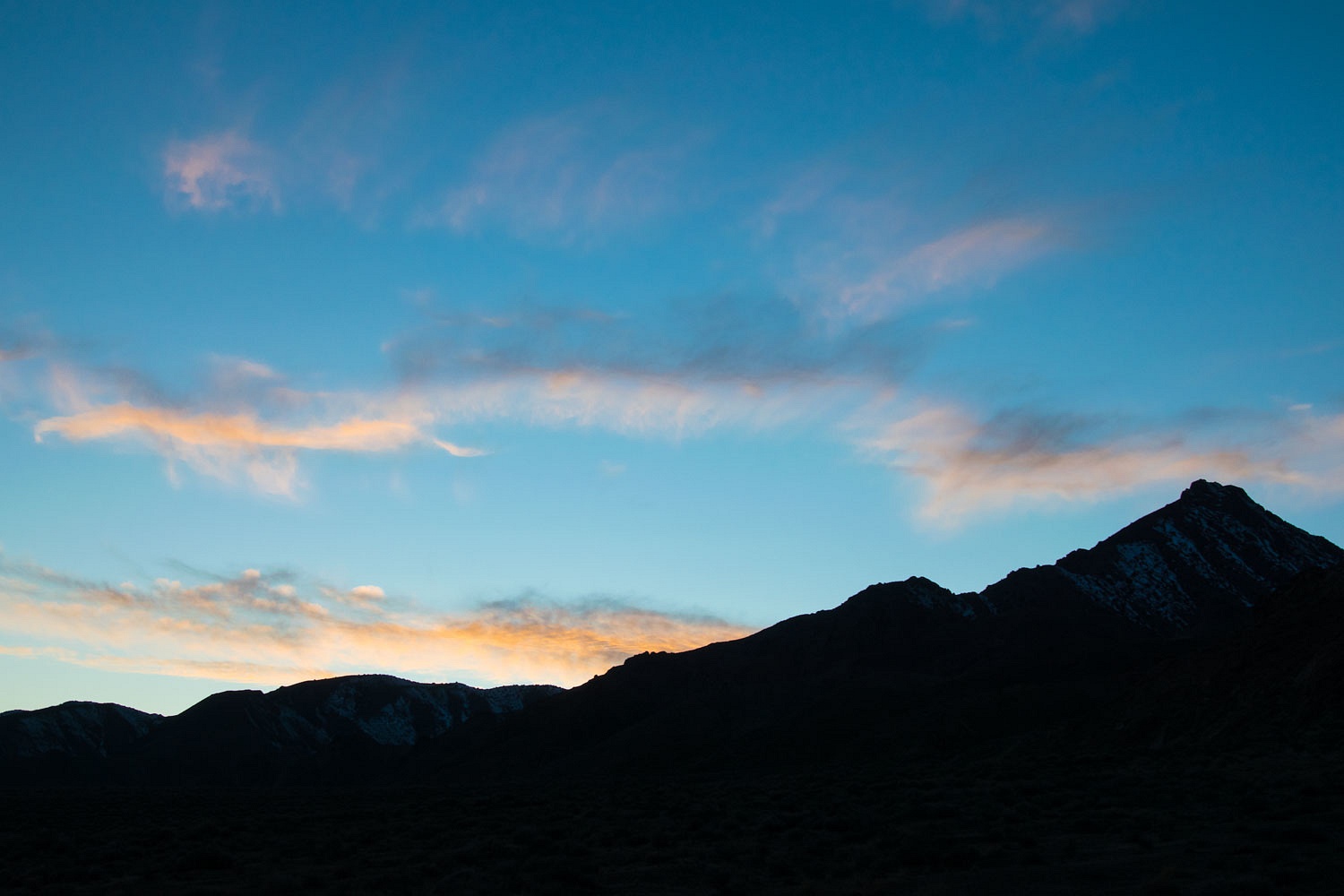
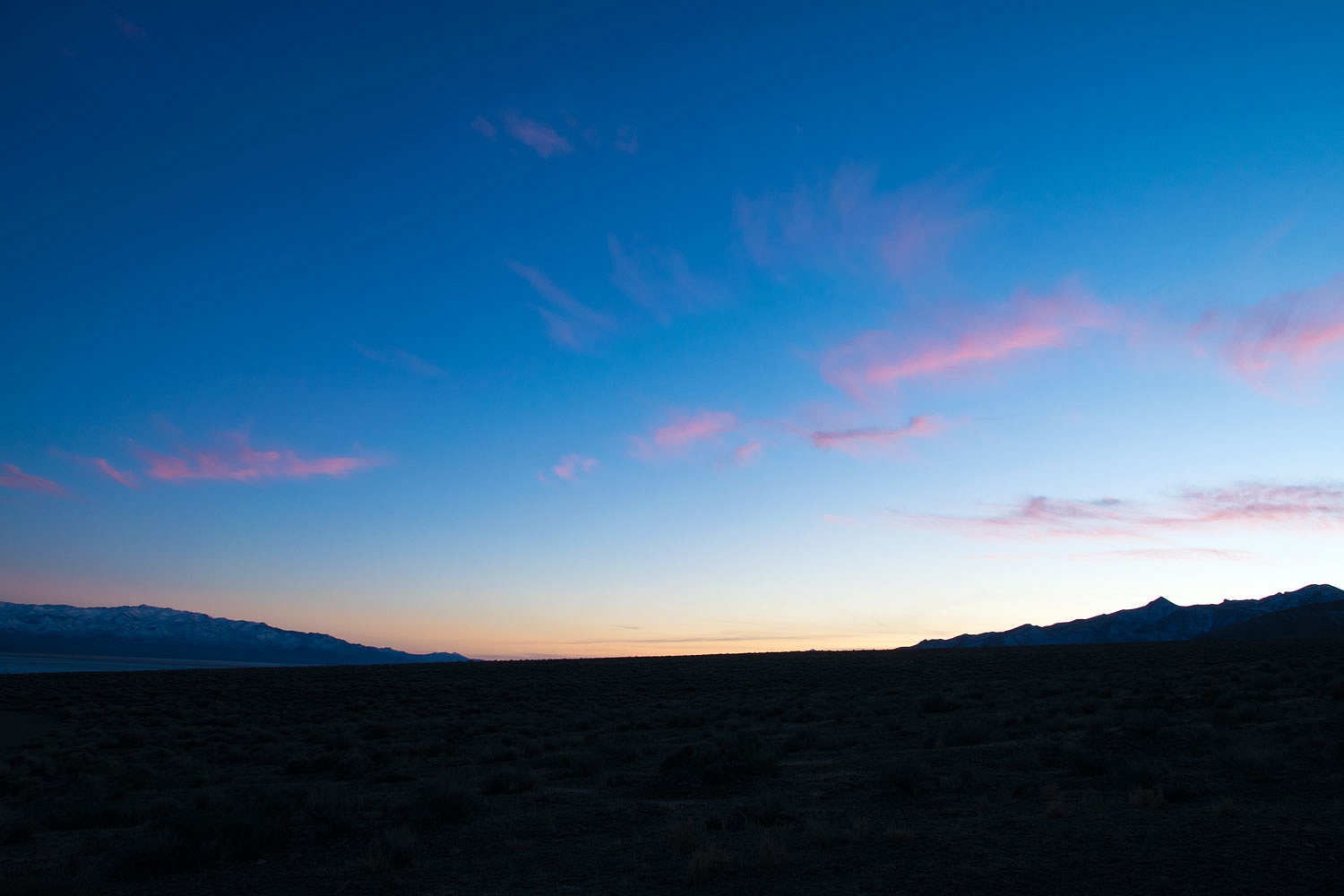
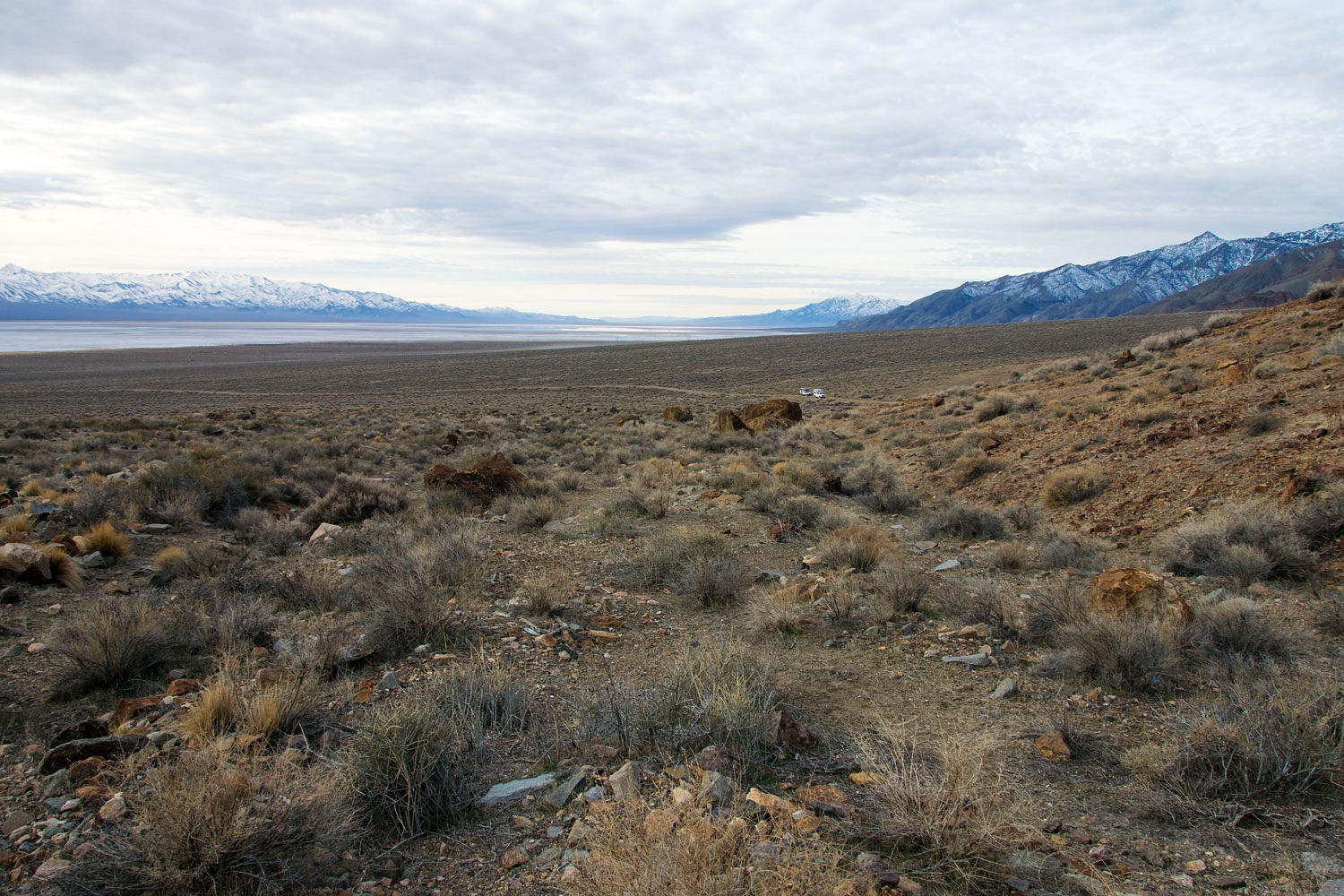
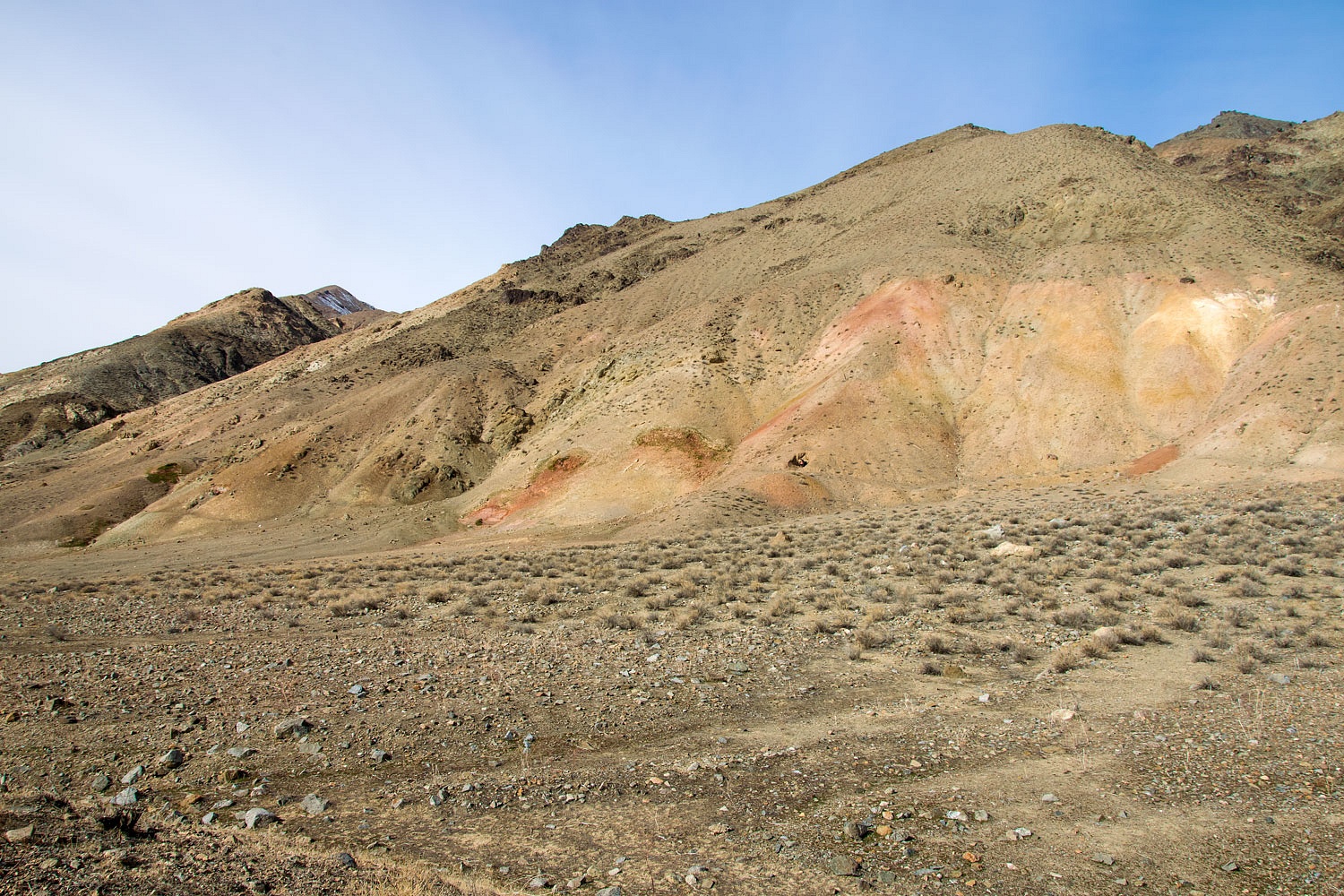
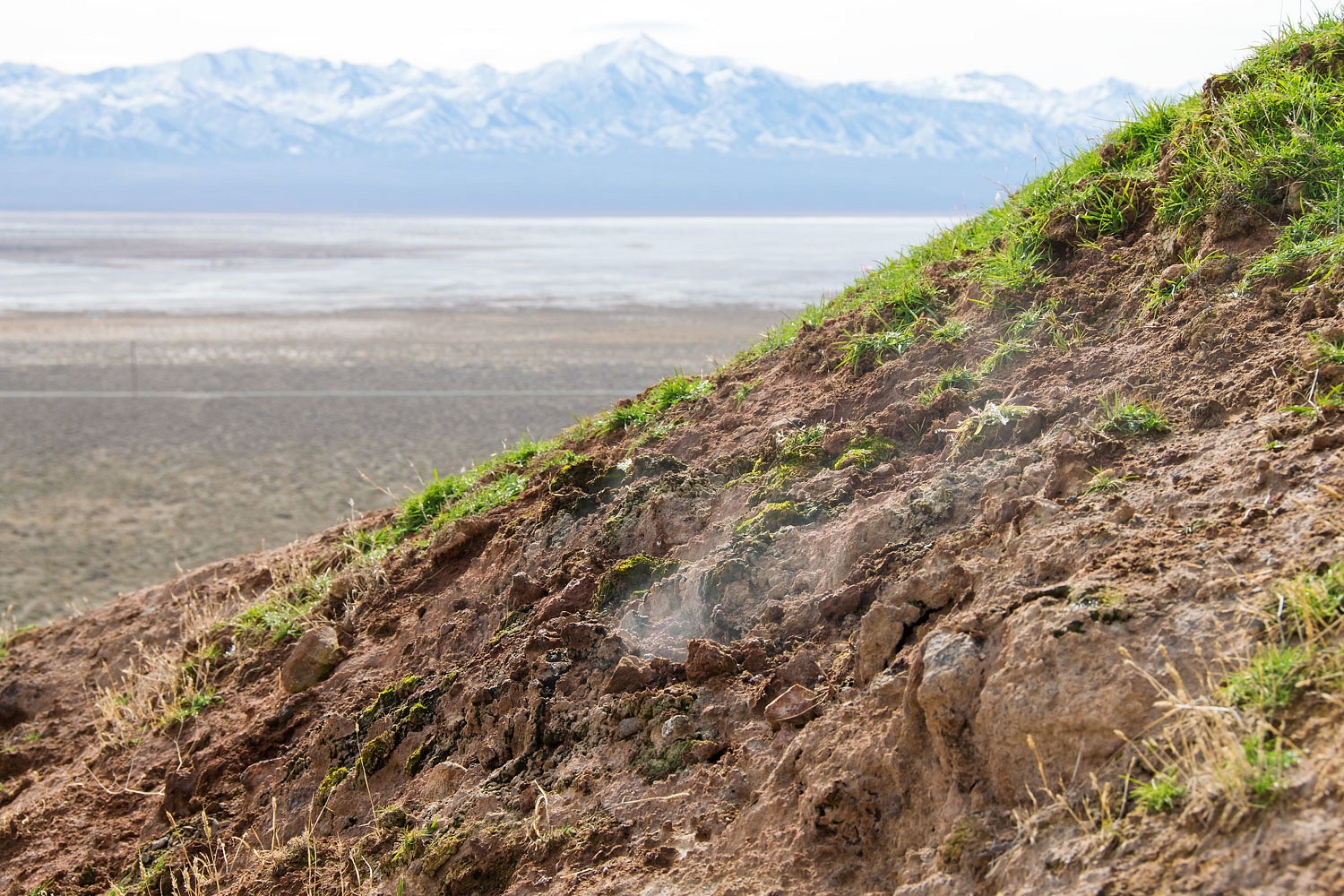
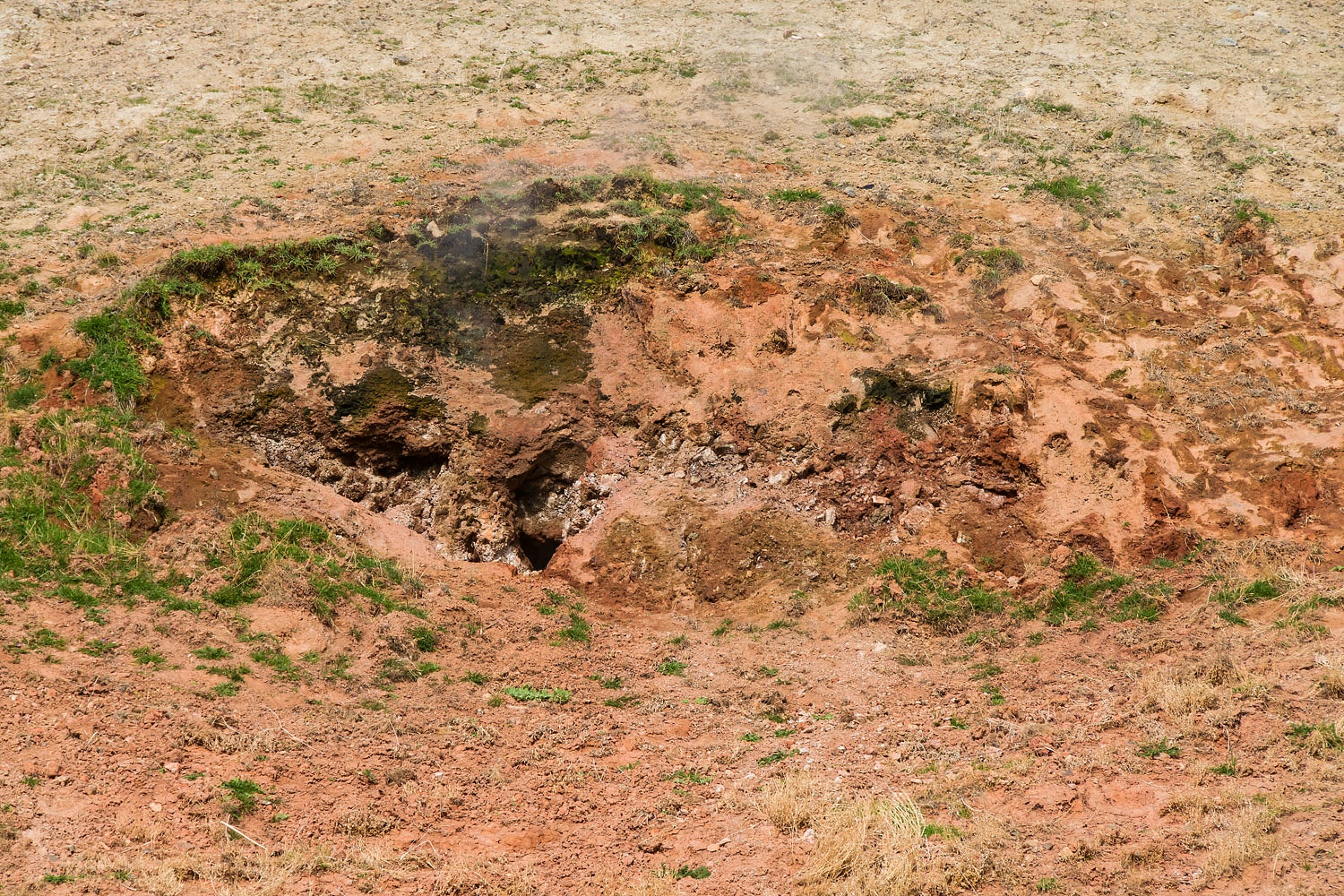
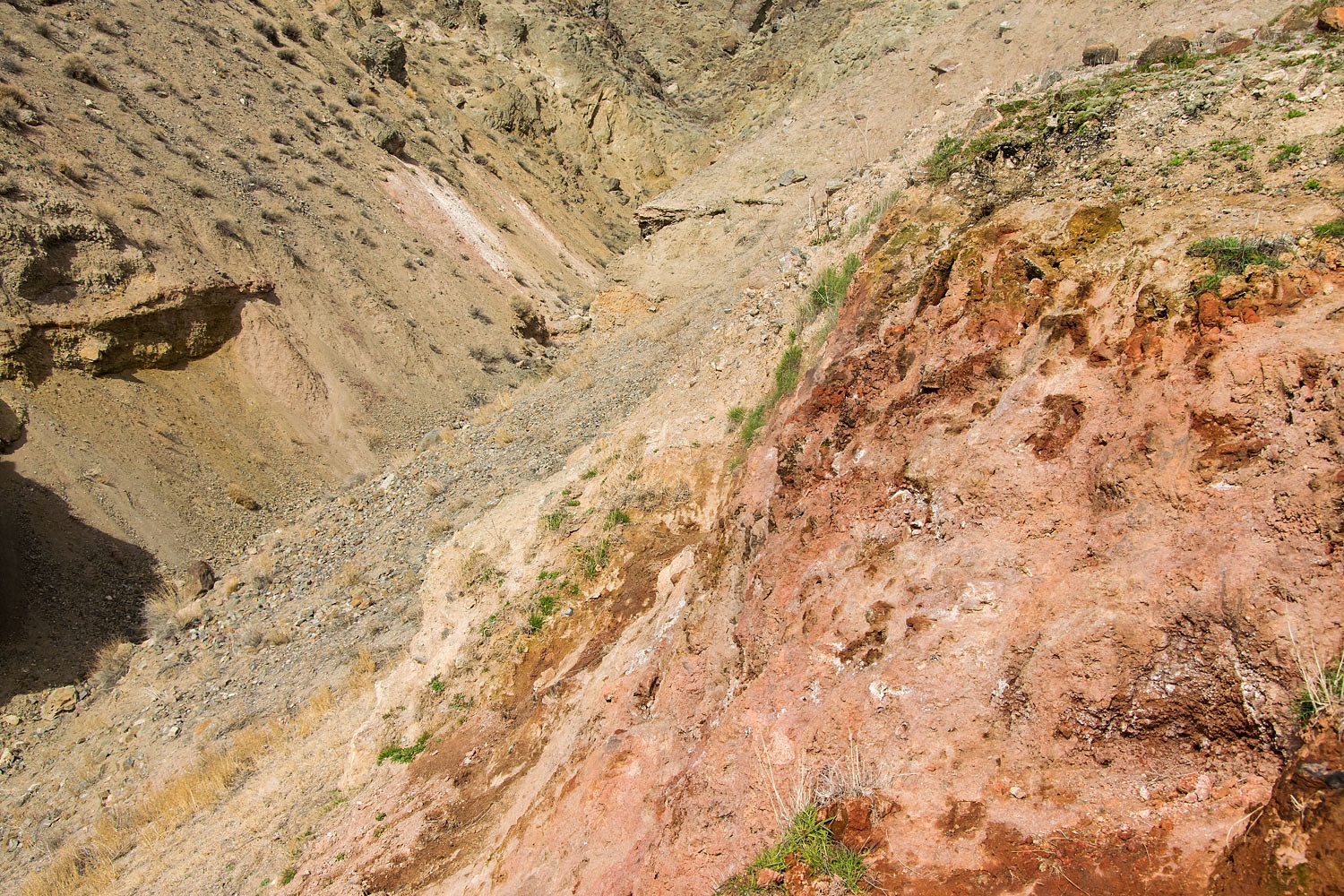
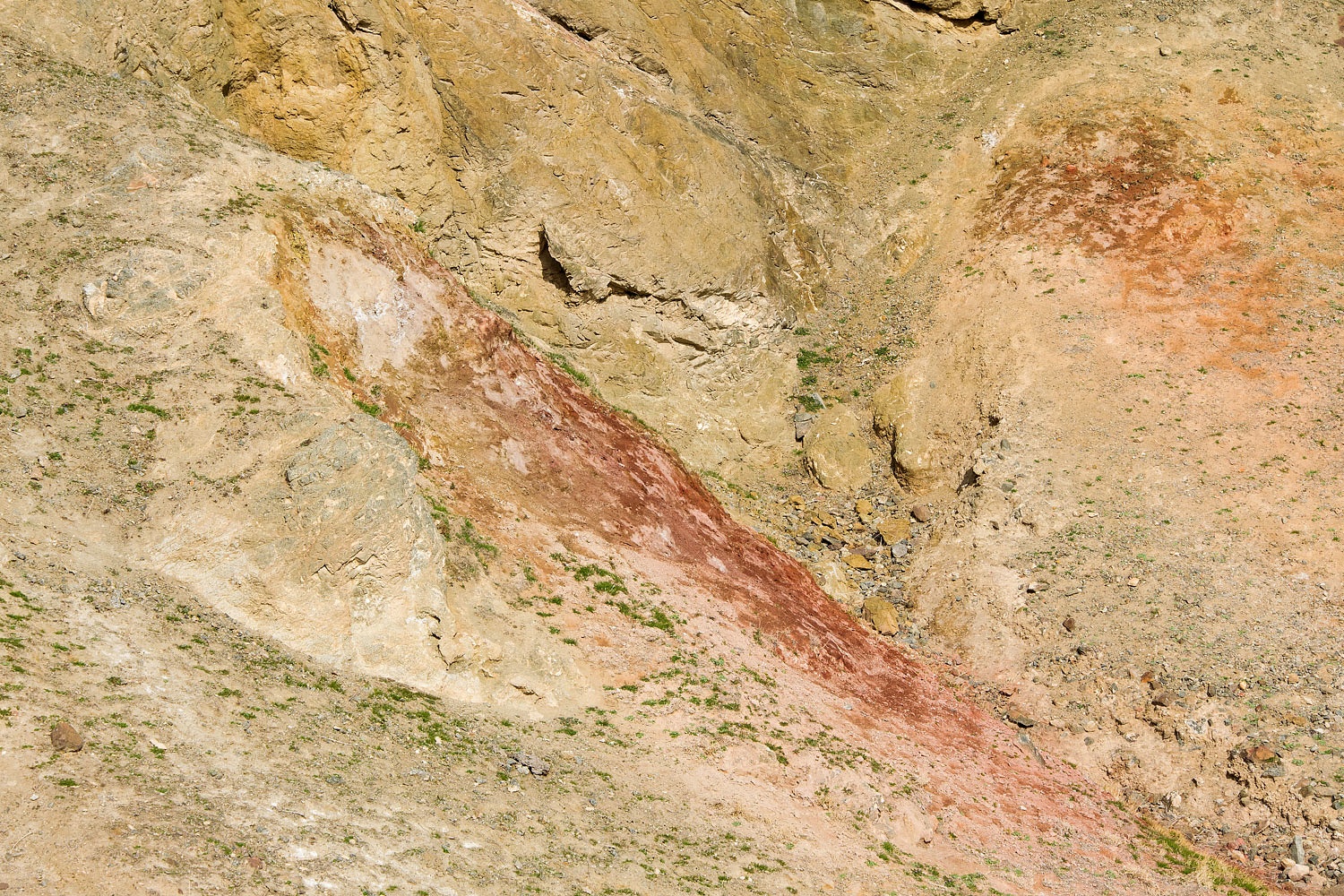
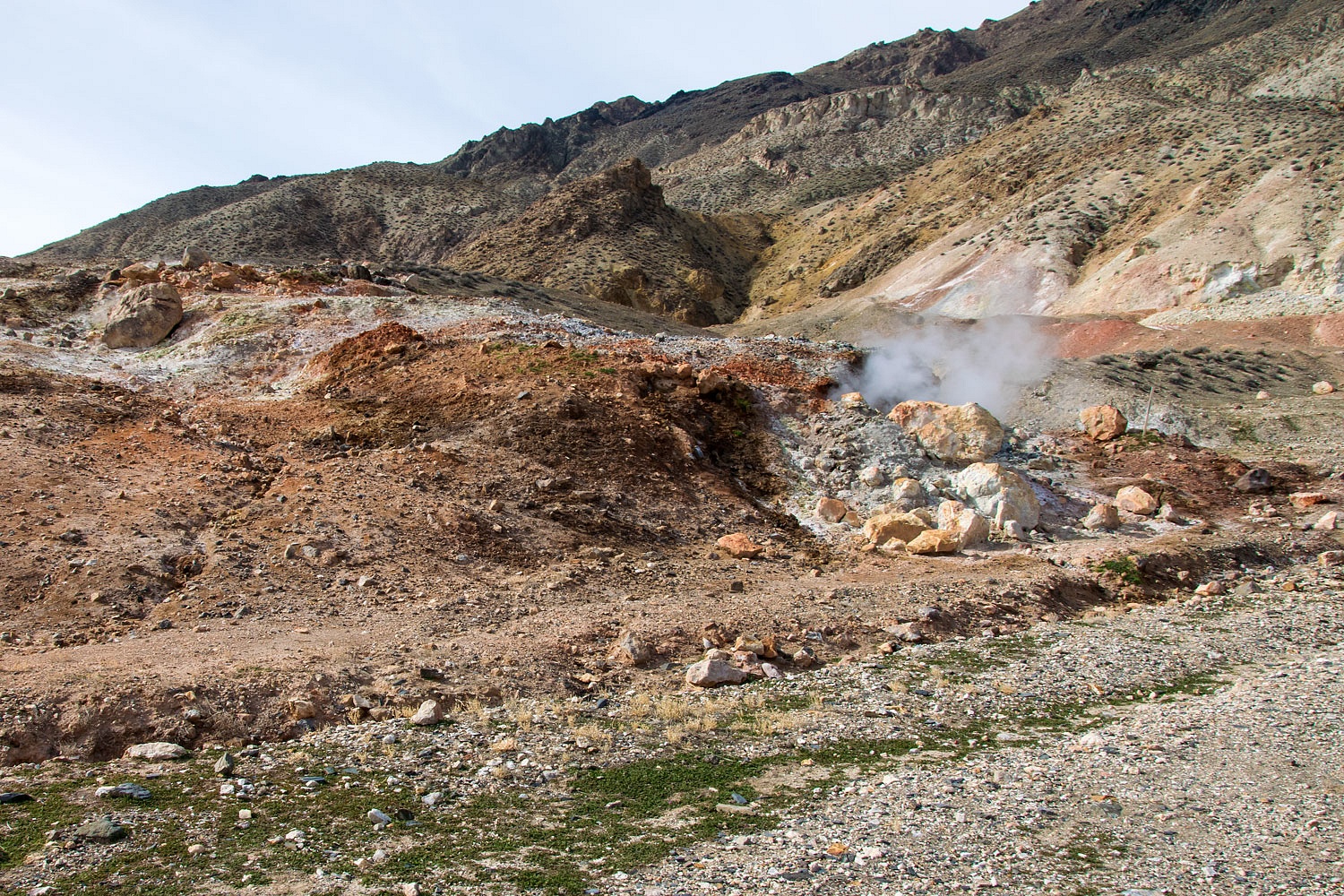
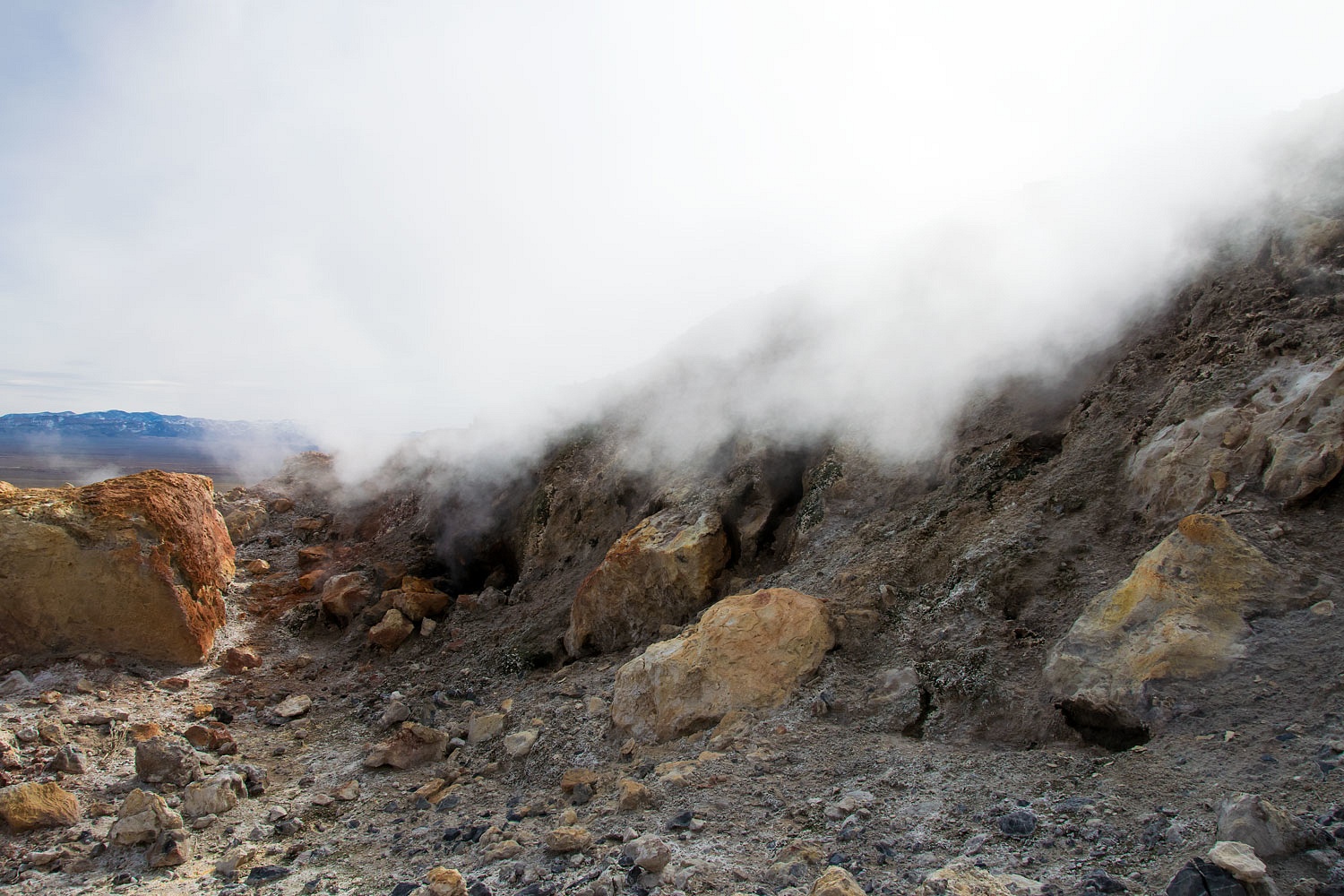
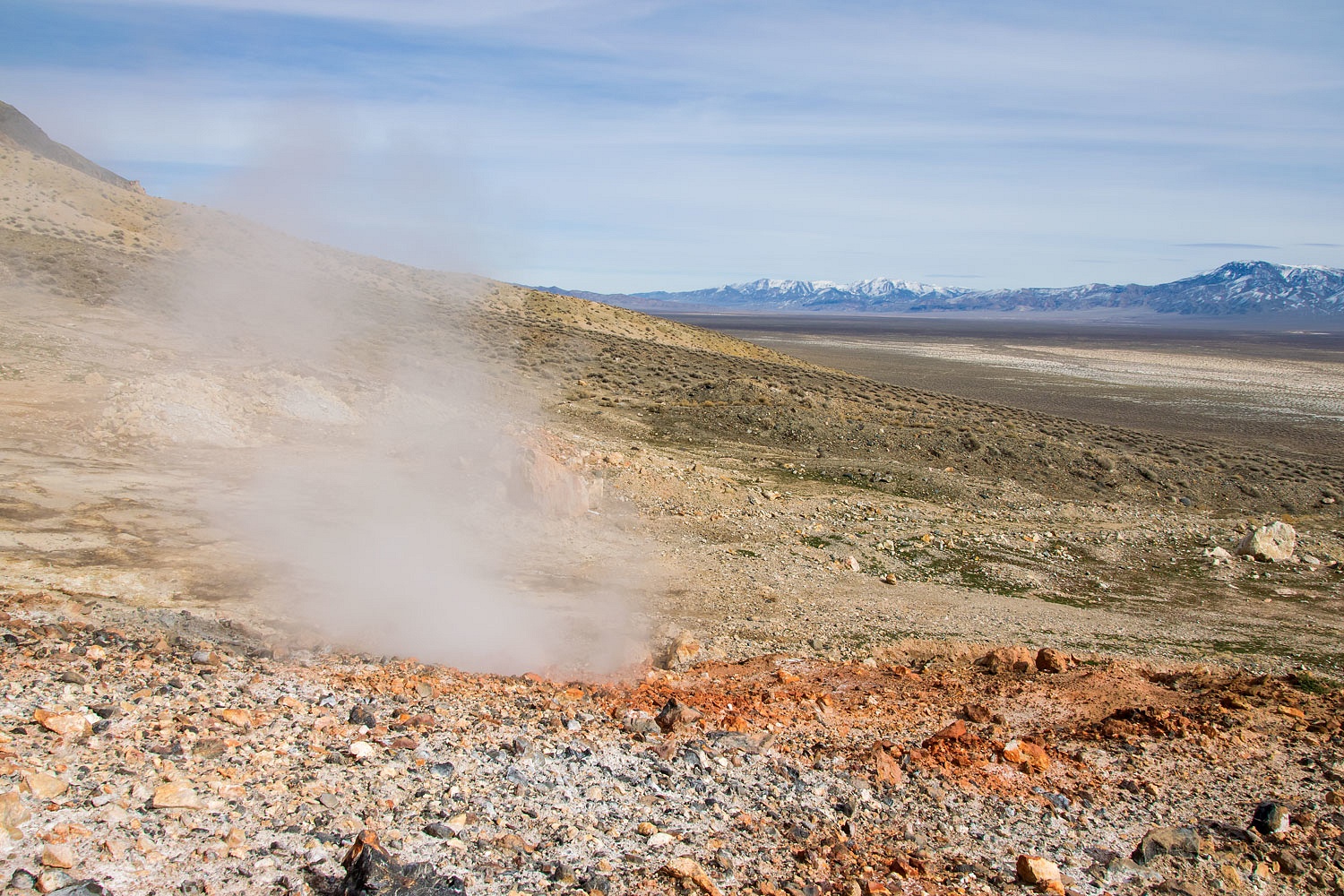
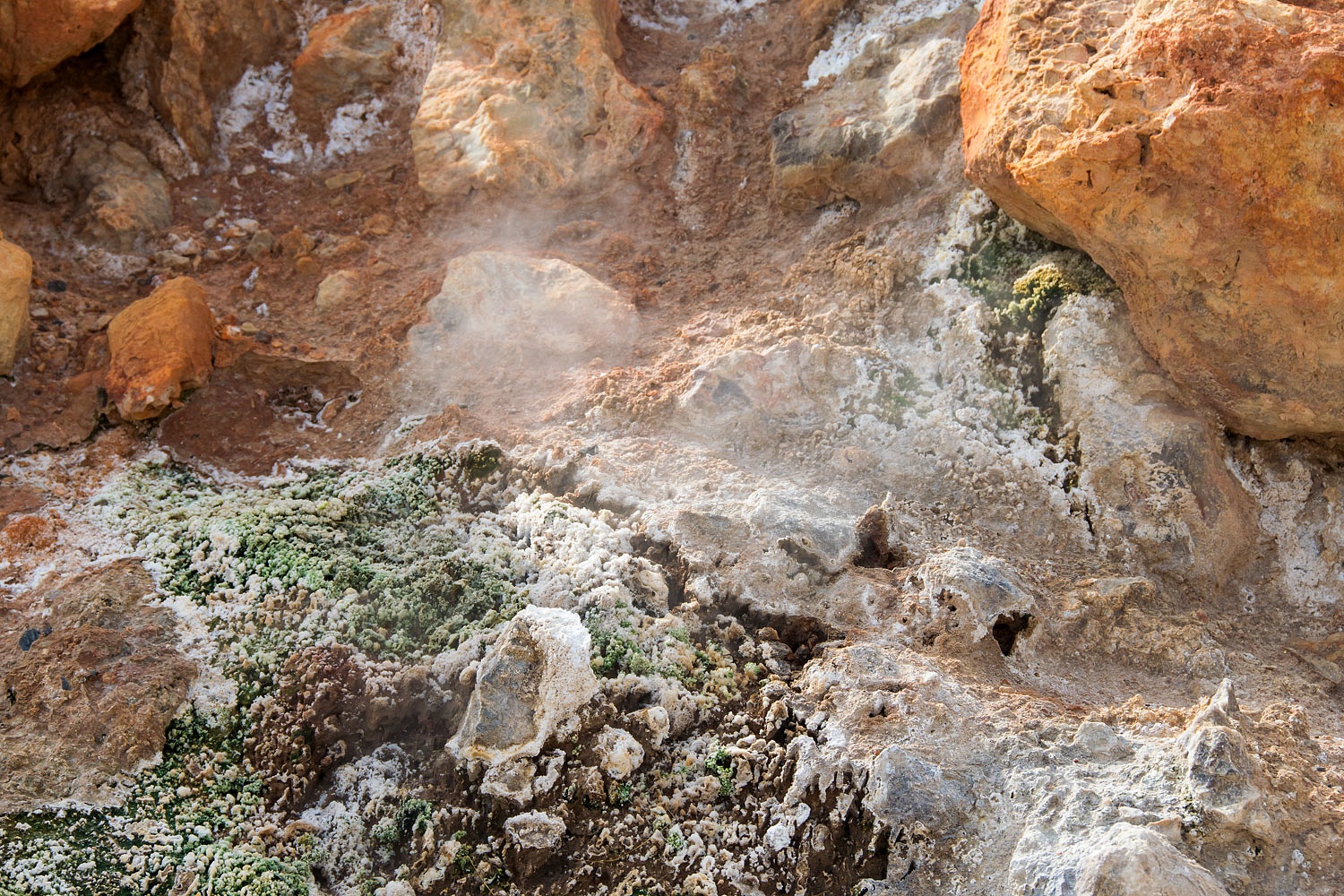
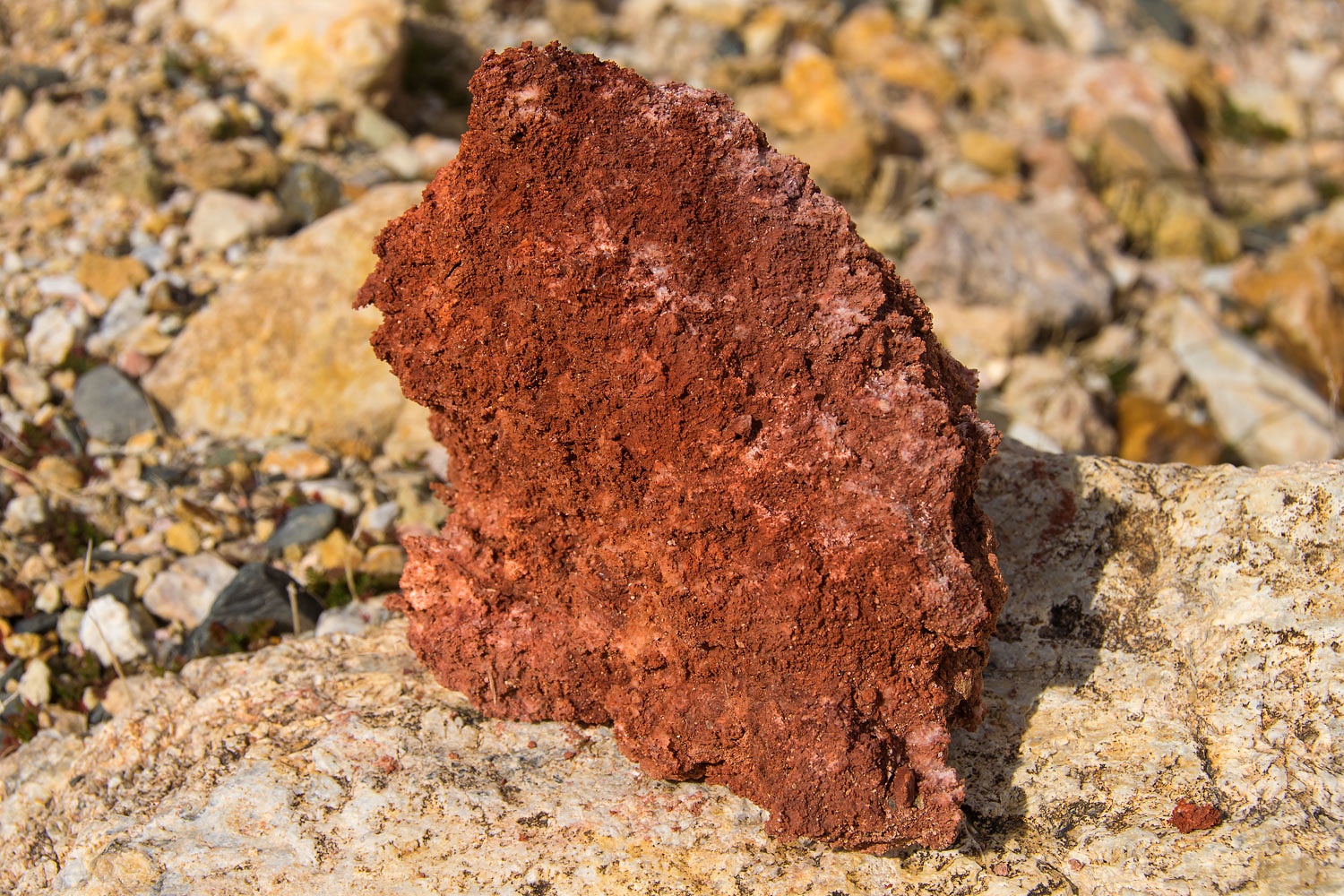
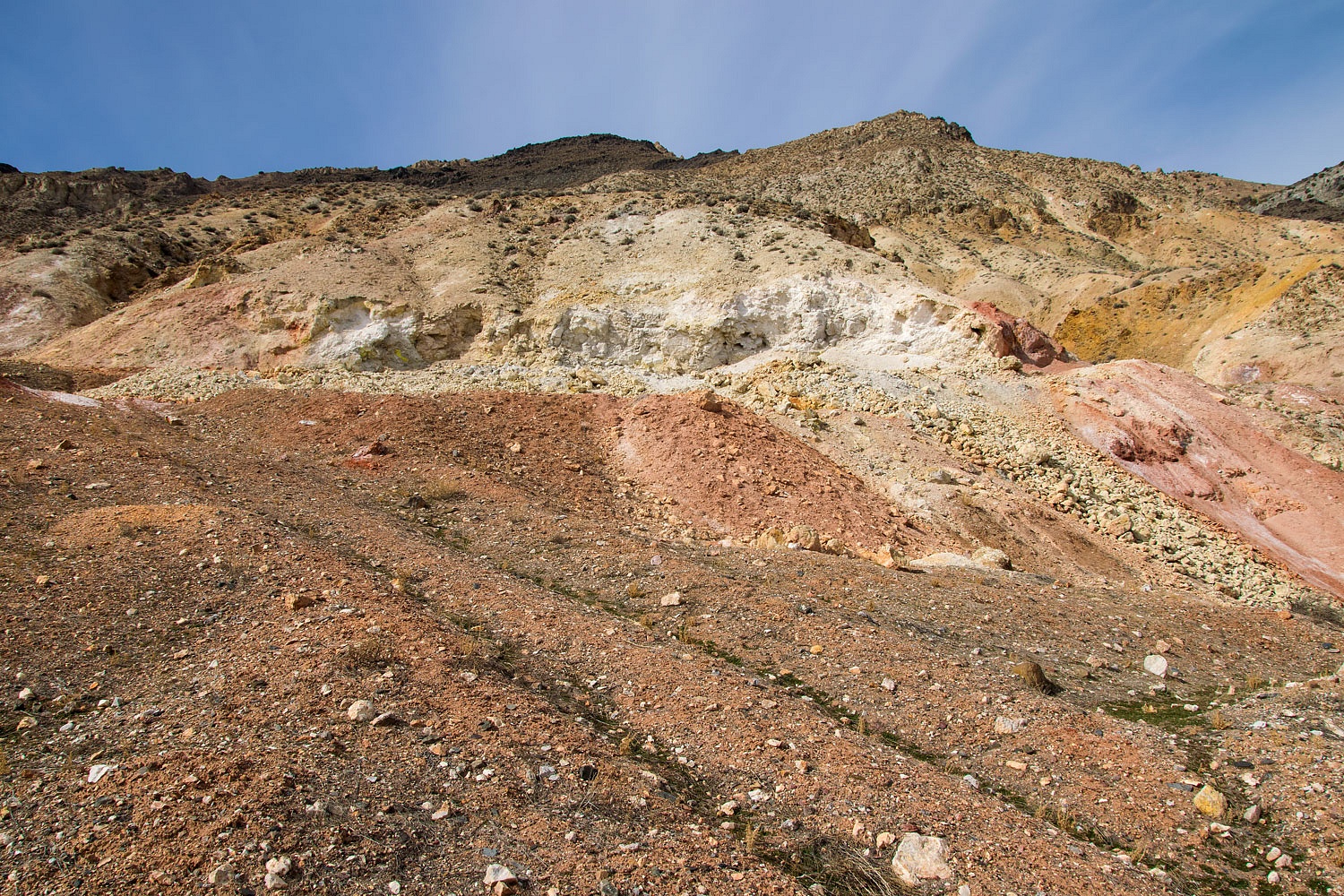
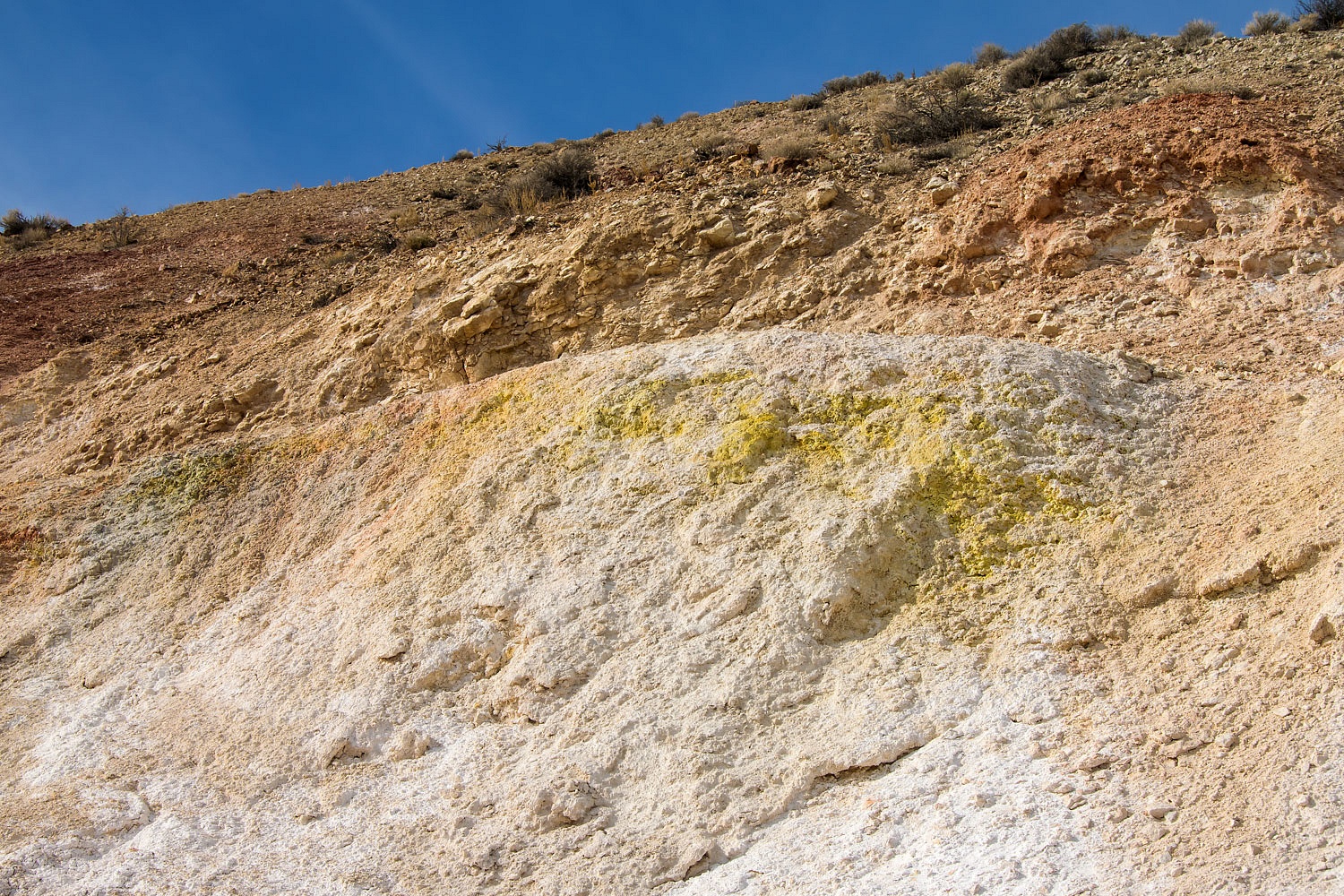
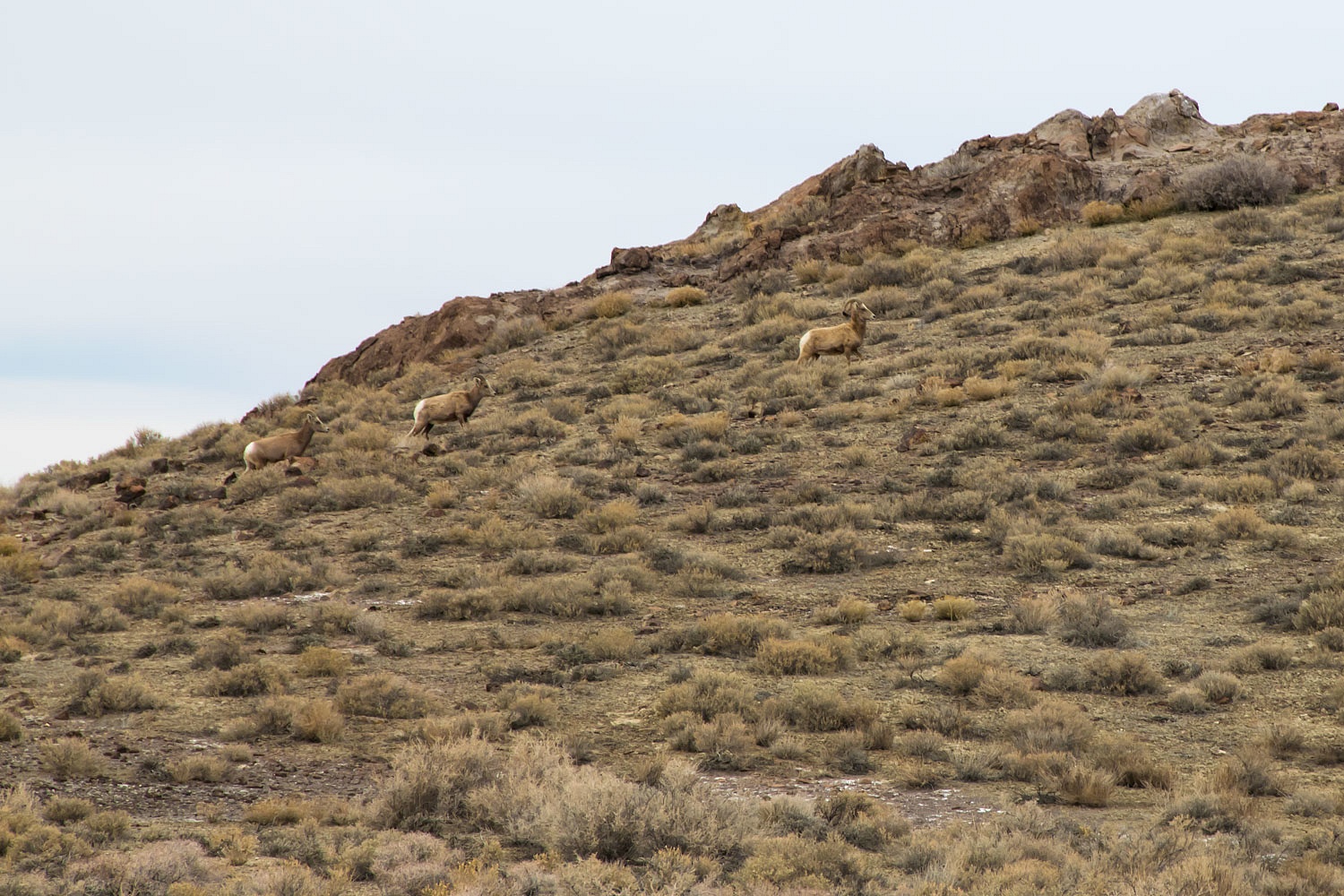
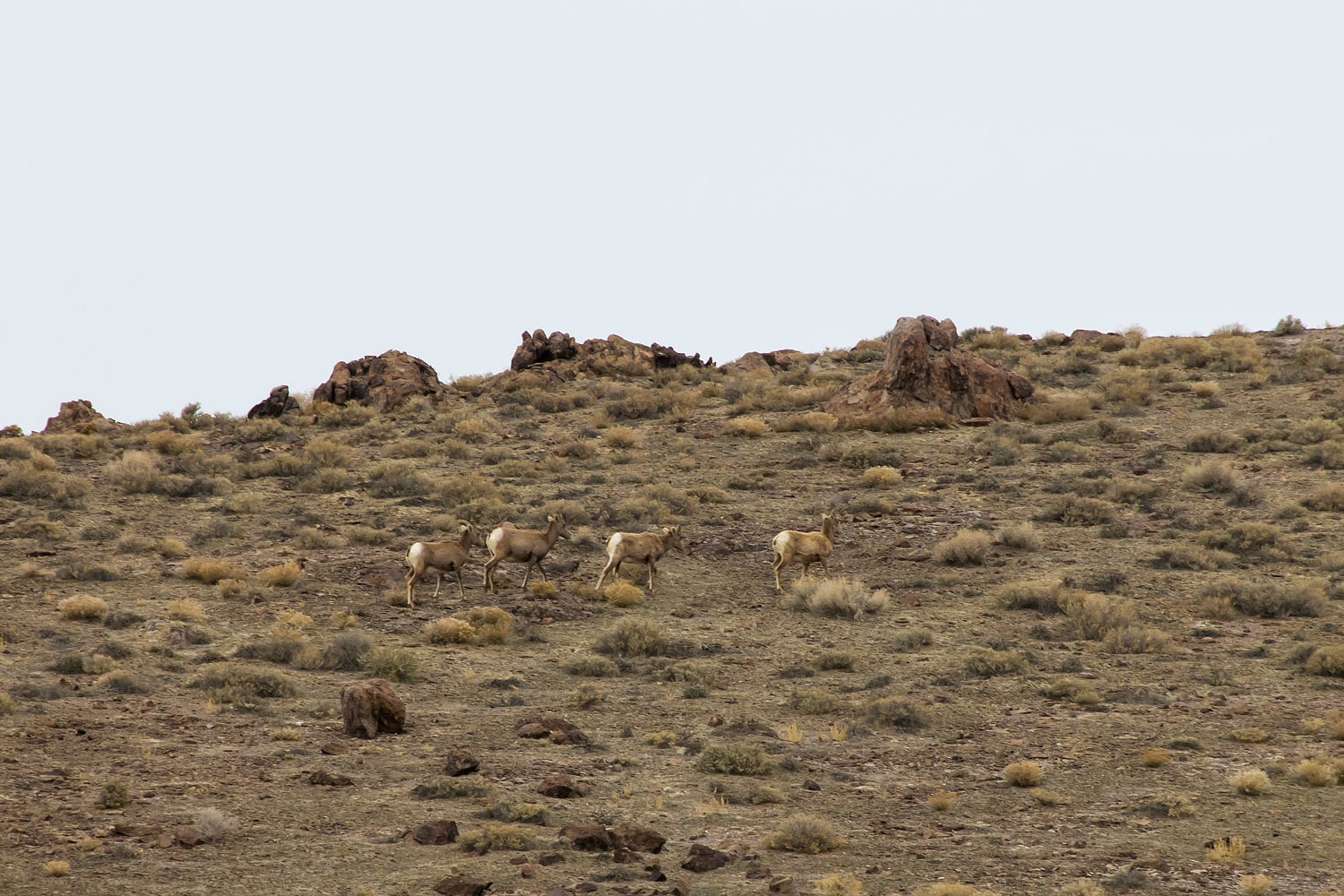
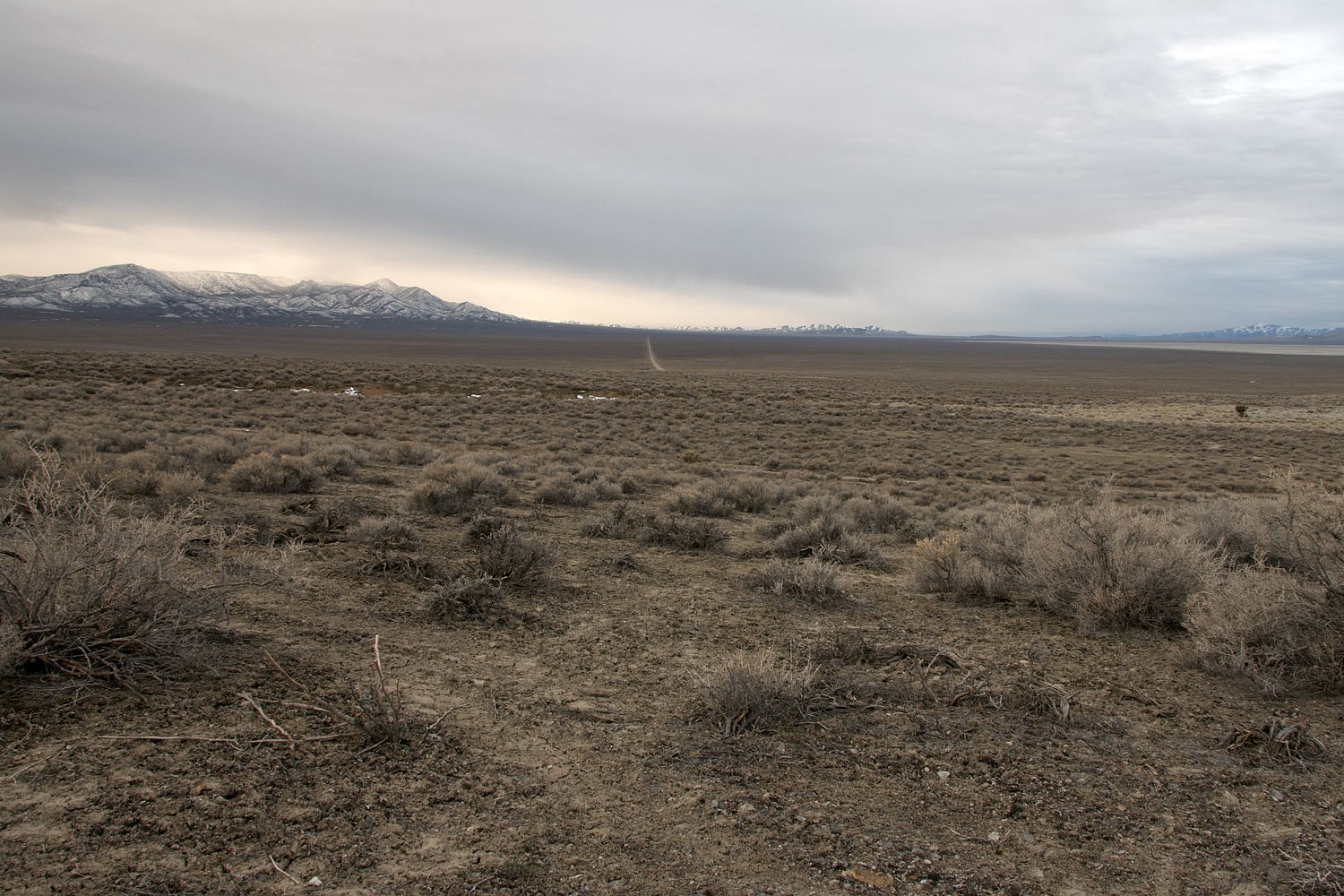
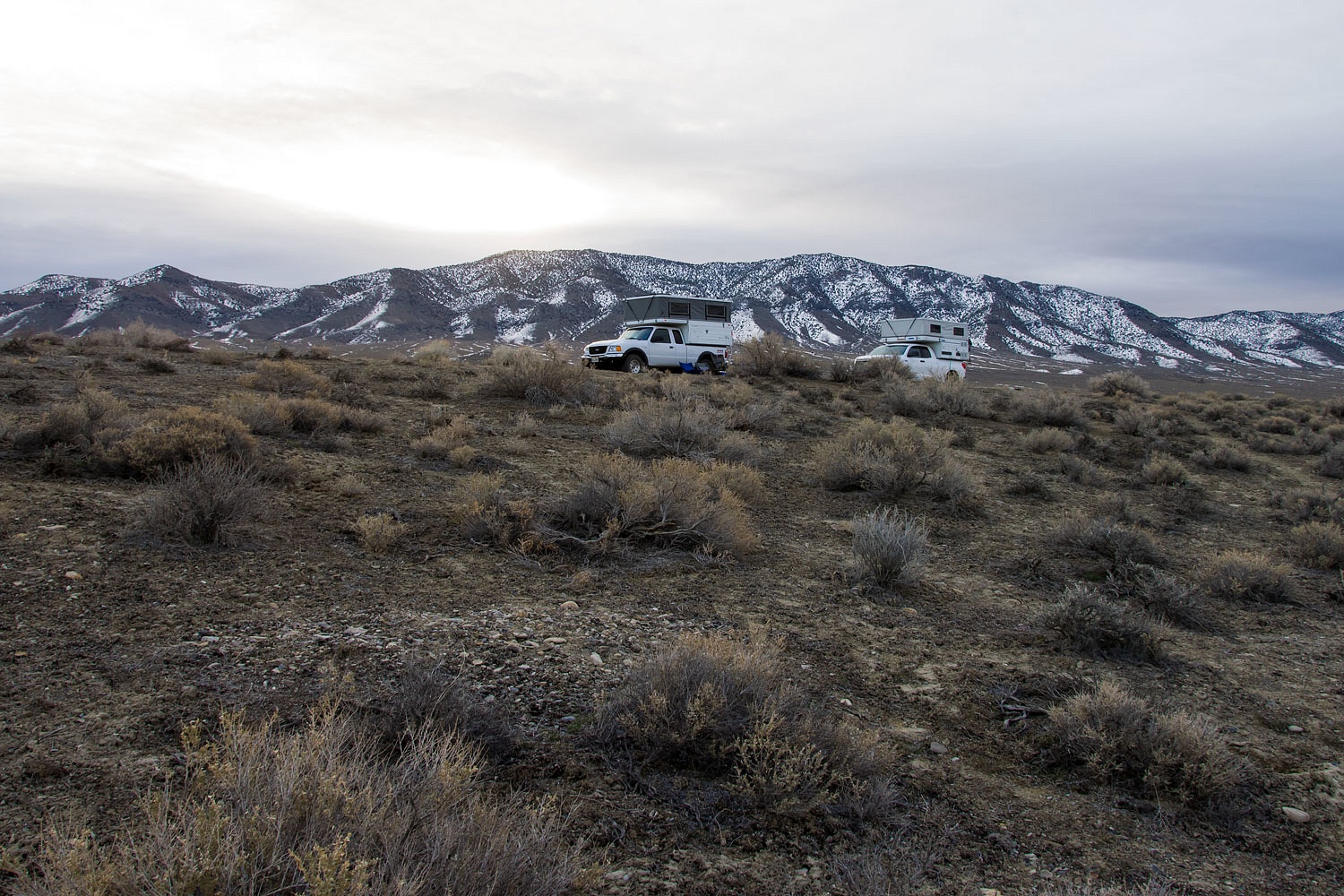
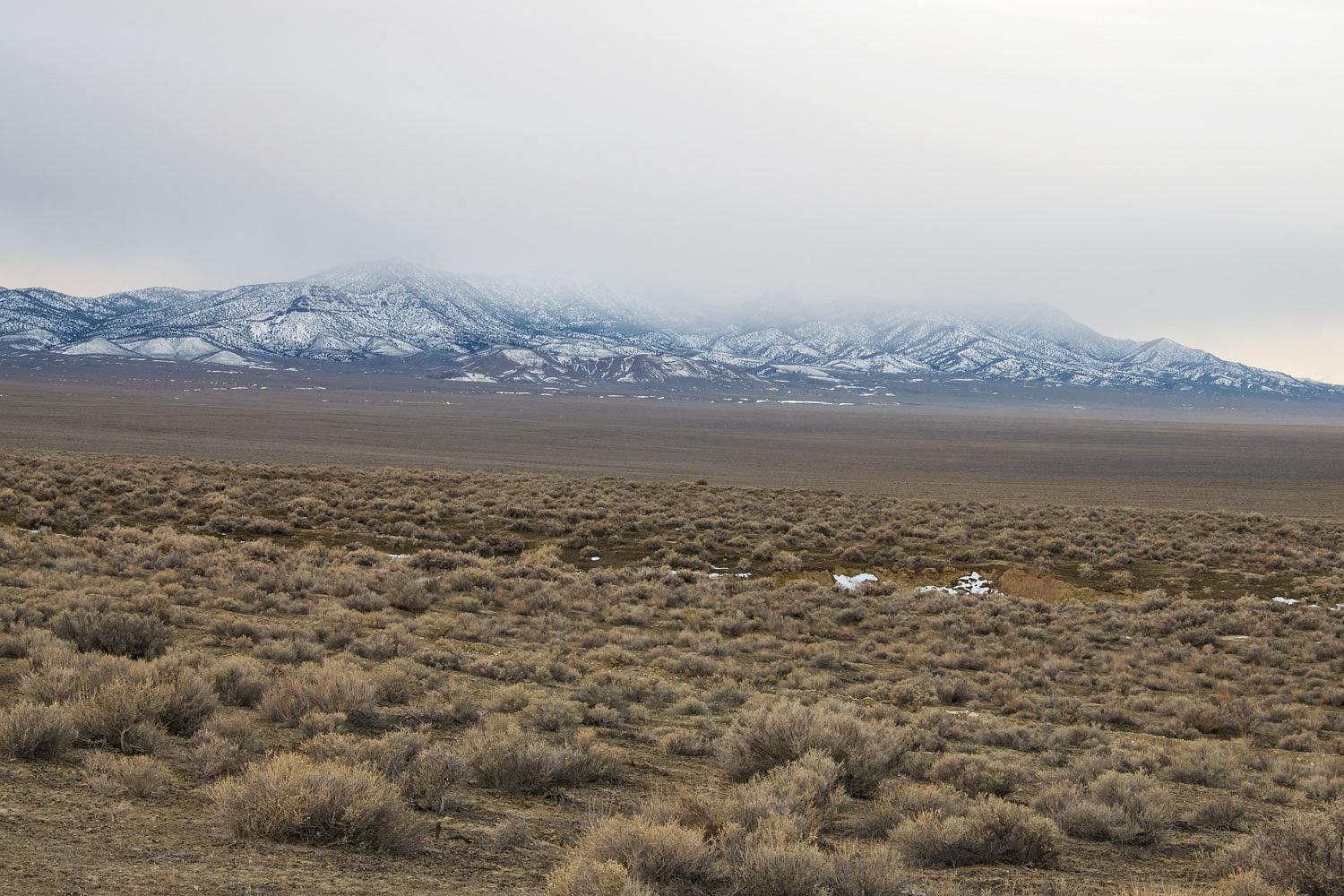
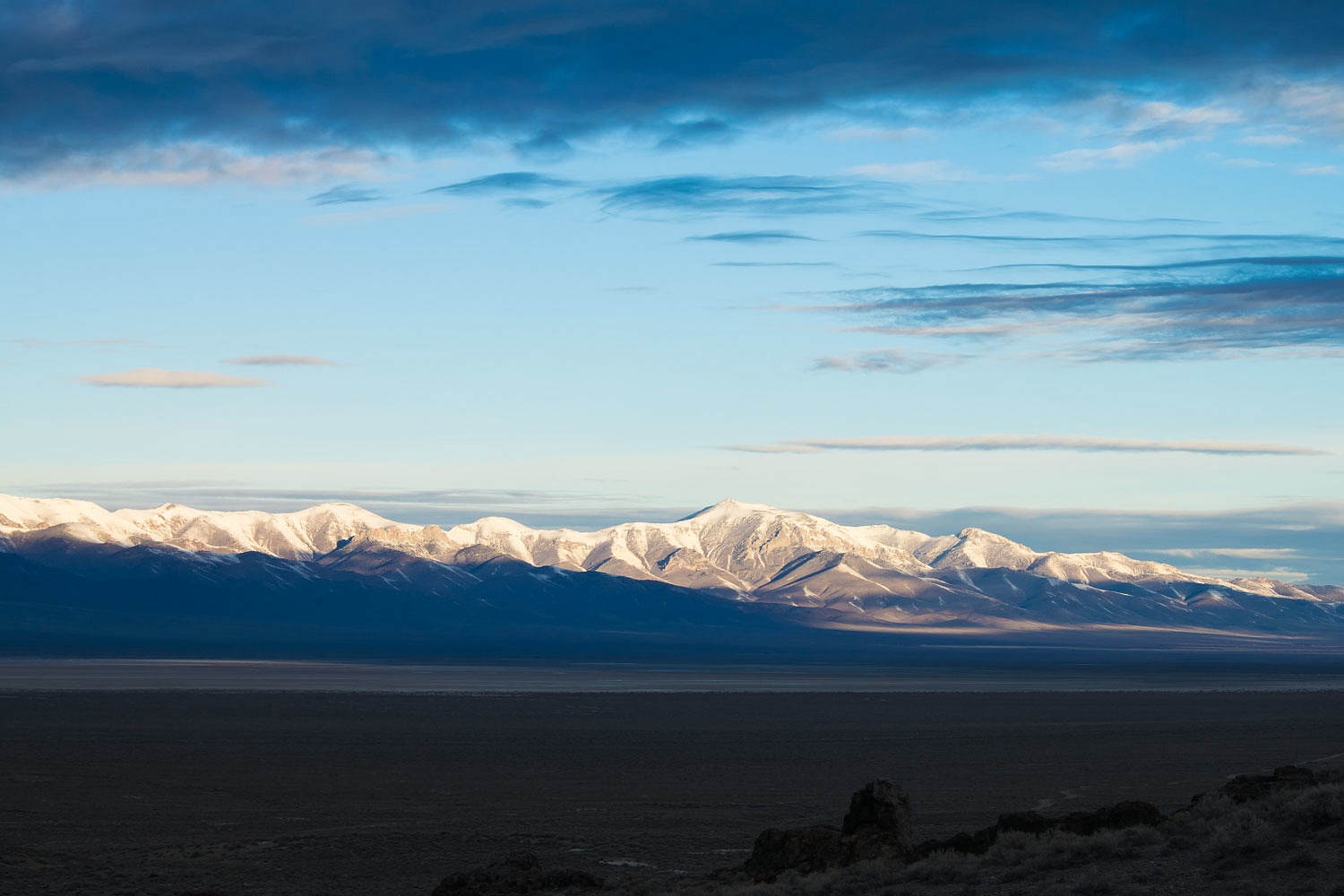
Thanks for giving us a breath of fresh high desert air. Congrats on capturing the satellite track pointing right at Polaris!
ReplyDeleteNice clean and fresh high desert air! Thanks Dan for your comment. The ISS passage that evening was 6 minutes.
DeleteThank you Mr & Mrs 3Pin. It’s always a delight to tag along vicariously!
ReplyDeleteYou are very welcome, Mr. Sage!
DeleteLove the framing of the tree in the canyon mouth. So fun to explore a relatively intact tank. And I could almost smell the fumaroles with you. Thanks for the vicarious travels.
ReplyDeleteYes Brenda, that was our favorite photo from the trip. Thanks for the nice comment!
DeleteSo did you whistle Dixie in that slot canyon and listen for the echos? ;-)
ReplyDeleteNo we did not, but we should have. So much of Nevada's early statehood days are tied to Civil War allegiances evident by names such as Dixie Valley. Fun fact I just learned was Unionville's was first called Dixie.
DeleteAnother fine report. Thanks for posting.
ReplyDeleteThanks Bill!
DeleteIt takes a true Nevadan to appreciate Dixie Valley. Excellent story and great photo's. That Dixie Valley video is a treasure I'll share with some of my other Nevadan's. I grew up in Reese Valley and am quite familiar with the northern end of Dixie.
ReplyDeleteJ.D. Driskell in Reno
Thanks I was wondering what the Senator Fumaroles were.
ReplyDelete